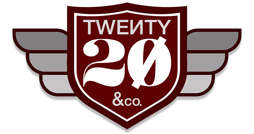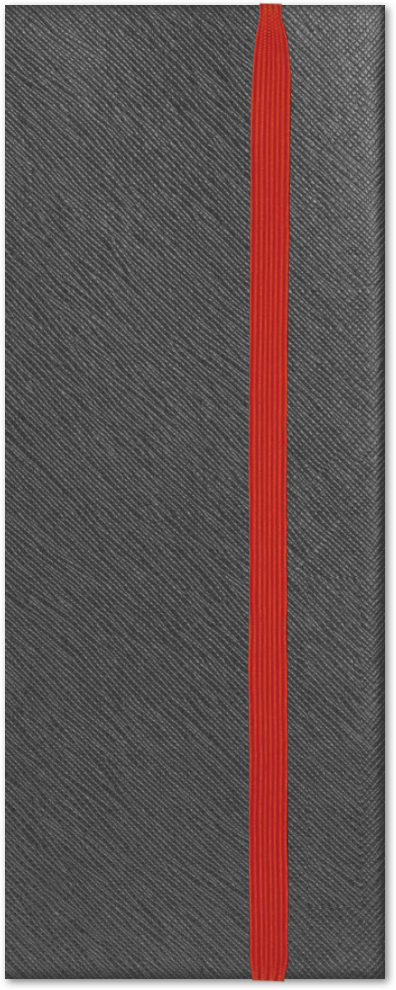7720 Kirschenbaum Way
Twenty20 & Co Inc


Apr 27, 2025
"Every little thing matters. The devil is in the details."
what you need to make an informed decision
stuff you'll need for your insurance policy

elements

|
|
Apr 27, 2025 |
|
|
7720 Kirschenbaum Way Calgary, Alberta |
|
|
Attached |
|
|
Partly Sunny |
|
|
Agent & Client |
|
|
Jaclyn St. Louis
|
|
|
Edward & Jessica Hamilton 270 Chaparral Ridge Dr ehamilton@centura.ca 8888888888 |
|
|
Marty Thompson |
|
12:27PM Start Time |
method

From the disciplined approach of gathering information & curating, to the mixture of photos & clear narratives. The Method was founded on pure construction experience.
Designed to CONNECT you with the information to help make an informed decision & built to do one thing really well:
Drive the point home.
"Tell the story, share the knowledge & inspire action"

contents

thank you
Thanks for choosing us for your home inspection. We appreciate your confidence in us & it was my pleasure to serve you today.
I will be your primary contact & I will do anything I can to make sure you are fully clear on my findings today.
Please feel free to contact us if you have any questions of if you need further information. We will gladly answer any questions.
Kind Regards,

Jaclyn St. loius
stuff.
A home inspection is kind of like an annual check-up at the doctor. It’s used to make sure things are working properly & it can be useful in spotting things that might eventually become a problem Some people actually think we come equipped with a crystal ball, a flux capacitor or even X-Ray vision! Unfortunately, we can’t go into the past, go “Back to the Future” or, like Superman, see through walls.
Disclaimers are boring so I won’t get into that but please understand we can only visually inspect what we see today. Every house is different just like every customer has different expectations of what a home inspection should be. However, we know some people like to read the report in its entirety. HIT the LOGO and you will have a full copy of our Standards of Practice & Disclaimers.
If you are reading this then obviously the details matter to you. You’d make a great home inspector.
legends
 |
It’s a snap! Here are some key terms you’ll see throughout. |
| Iconography | Sometimes we use icons or example images when it provides a more effective representation. |
 |
Immediate Attention There's some real urgency on the fix. |
 |
Attention Heads up! This may need to be fixed very soon. |
| Not Inspected | Limits out of our control & or outside of our SOP's |
| Hand Gestures | Non-verbal communication in a photo that packs a punch. |
| Issue: | Identify the problem if there is one |
| Action: | Recommended path to address the issue |
| L: | Location where it is found |
| T: | Typical Tradesperson |
| R: | Reason why it wasn't inspected |
| $ / $$ / $$$ | Merely a rough guide of overall cost. |
summary

Action: Repair or Replace T: Sider L: Beside door
Notes: Repairing this should aid in preventing any potential issues in the future from water find it's way behind the cladding. X7 locations

Action: Repair or Replace L: SW
Notes: Diligent upkeep & cleaning should prevent potential future issues. This is not the end of the world and a relatively minor easy fix.

Action: Apply / Fire Caulk L: Attic space
Notes: Party wall in attic. This may not have been coded at the time of, but you should consider upgrading in the future.

Action: Further Evaluate T: Plumber L: Basement marked
Notes: Not properly addressing this thermal anomaly could have future consequences.
summary

Action: Install
Notes: It is essential to keep in mind the significance of this matter. This is all about safety and proximity to water.

Action: Improve / Repair L: Throughout
Notes: This is purely cosmetic

Action: Repair L: Nw MAIN
Notes: It’s important not to underestimate good functionality of these windows as egress is Paramount in the event of an emergency.

Action: Further Evaluate Replace T: Plumber L: Throughout
Notes: RCMD updating the supply lines to help prevent against future leaks.

Action: Further Evaluate / Secure
Notes: It's important to pay close attention to this particular issue, as it has the potential to significantly impact this in the future.
| R BACK TO SUMMARY |

|
Roof System
Designed to protect against weather elements like rain, snow, and sun, often made of materials such as shingles, tiles, or metal.
|
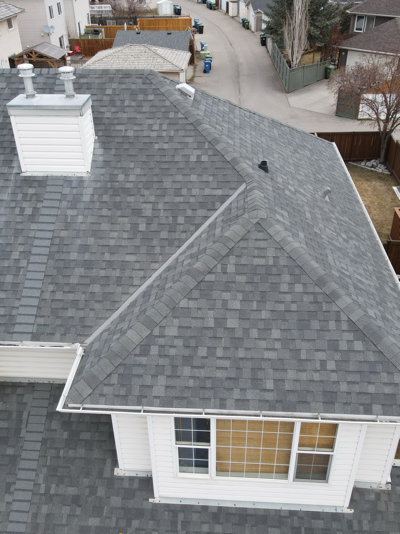
|

|
Roof Front View
Our roof walks are carefully planned with a defined objective that you’ll see throughout this report.
Roof Back View
Findings recovered from our scans are a representation of the entire surface & can provide quantitative data helpful in assessing the o
|

|

|
Roof Side View 2
For your records.
|

|

|
Front Corner
For your records.
Back Corner
For your records.
|

|
Roof Front View Overall
We're examining a bunch of aspects of the Roof Covering Material: Inspecting the condition of the shingles, tiles, or roofing material for signs of damage, wear, or missing pieces. Flashing: Checking the flashing around roof penetrations like chimneys, vents, and skylights to ensure they are properly sealed and free from gaps or deterioration. Gutters and Downspouts: Examine the gutters and downspouts for clogs, damage, or signs of inadequate drainage. Roof Structure: Look for sagging, warping, or other structural issues that could compromise the roof's integrity. Ventilation: Ensure that the attic and roof have proper ventilation to prevent moisture buildup and prolong the life of the roof.
|
|
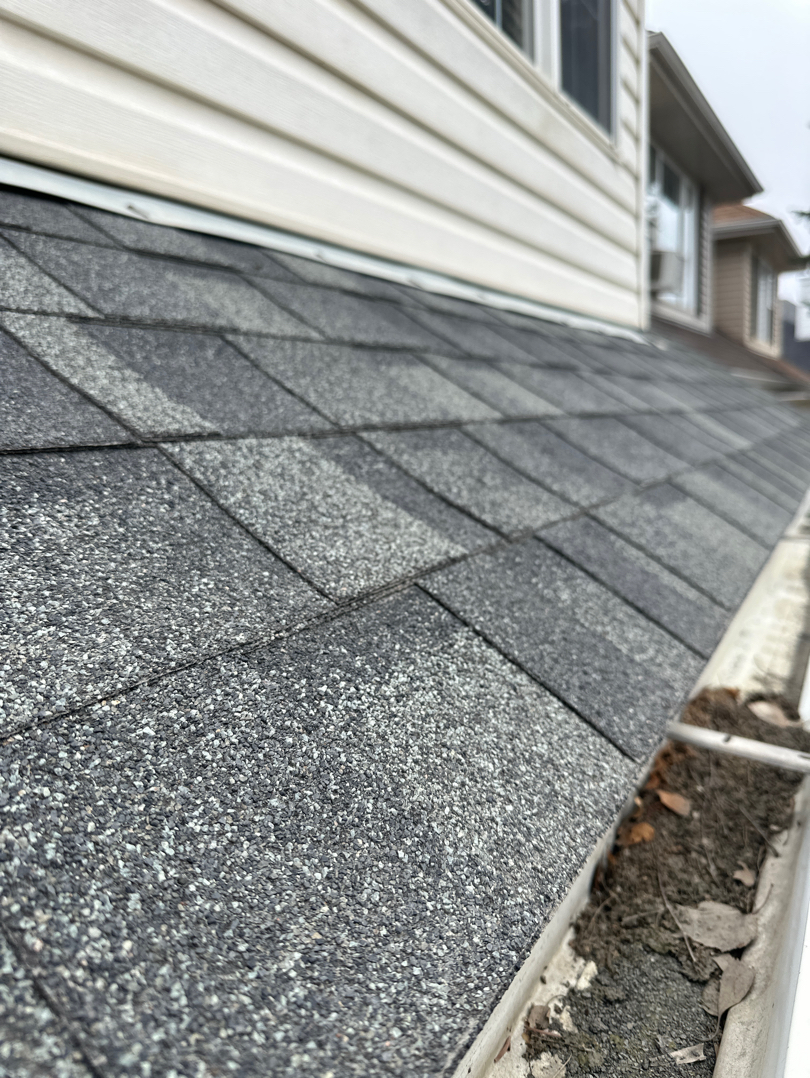
|
Roof Back View Overall
We also look for Skylights that may have cracks or leaks in (if present.) Chimneys for stability and any signs of damage or deterioration. Moss or Algae Growth: Looking for the presence of moss, algae, or other vegetation on the roof, as this can indicate moisture issues. Debris: Assess whether there is any debris, such as leaves or branches, on the roof that could trap moisture or cause damage. Flashings and Sealants: Examine the condition of flashings and sealants around roof penetrations and edges for signs of wear or deterioration. A thorough visual inspection allows the us to assess the overall condition of the roof and identify any potential issues that may require further evaluation or maintenance.
|
|

|
Roof Ridge Cap
This is the last finishing task completed on every roofing job located at the peak of the pitch.
|
|
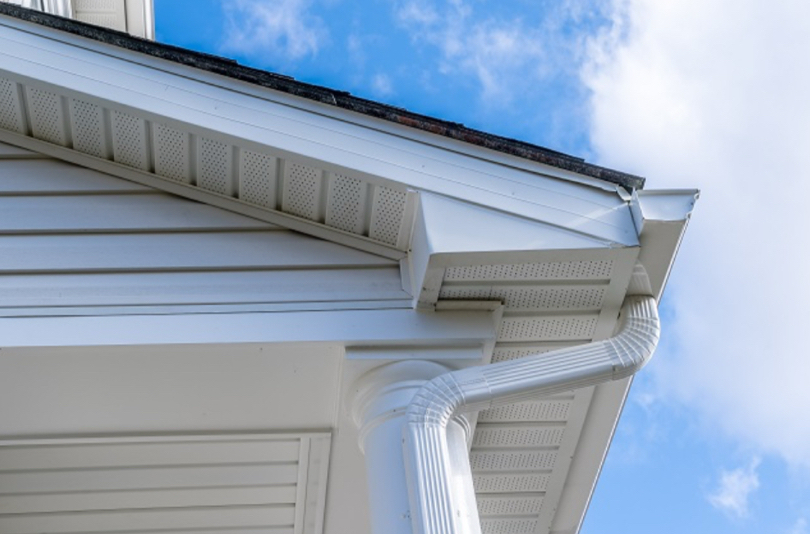
|
Roof Fascia
Forms the outer surface of the roof's edge. Usually what the gutter or trough is attached to.
|
|
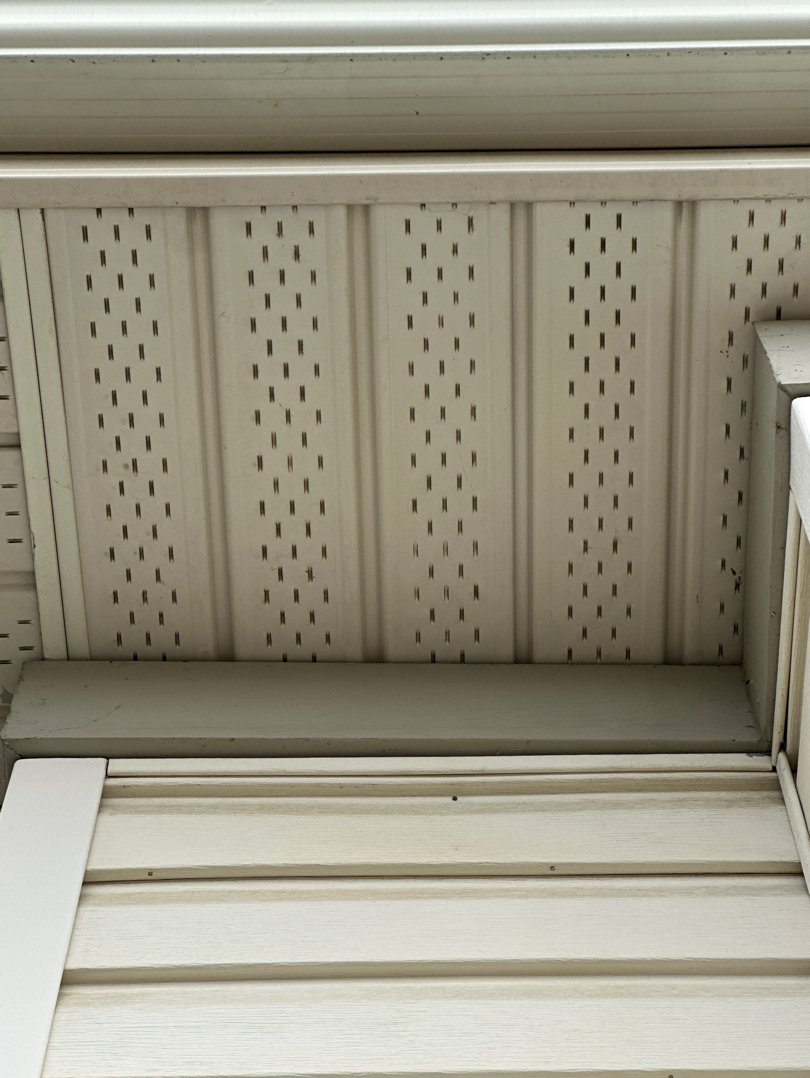
|
Roof Soffit
Atop the exterior house wall, extending to the outer edge under the roof.
|
|

|
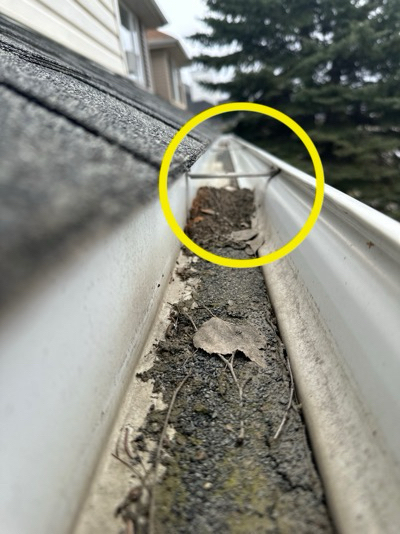
|
Outside Trough View
For your records.
|
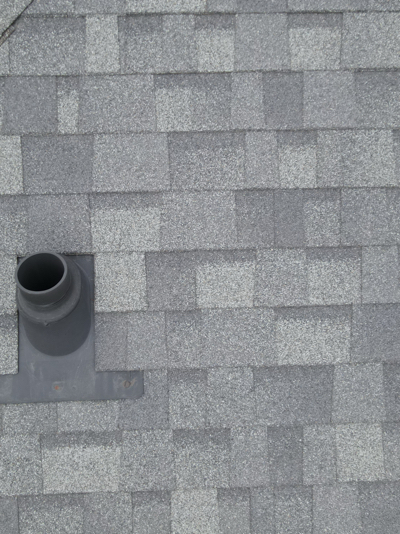
|

|
Roof Utility 1
These openings are specifically designed to accommodate utility services and infrastructure.
Roof Utility 2
We look for signs of deterioration that could lead to water leaks or structural issues.
|

|
Roof Vent System
This is a is a ventilation device installed on the roof of a building to allow air to circulate in and out of the attic or interior space. Roof vents play a crucial role in maintaining proper attic ventilation by expelling hot and moist air, preventing moisture buildup, and regulating temperature. They come in various forms, including ridge vents, box vents, turbine vents, and static vents, each with its own design and method of facilitating airflow. Roof vents are essential for improving energy efficiency, extending the lifespan of the roof, and preventing issues like mold and ice dams.
|
|
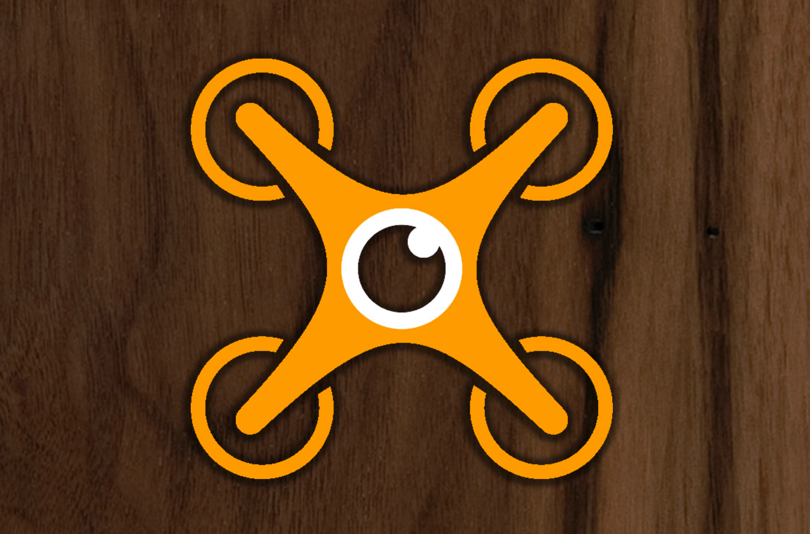
|
Drone SHOTS
Our roof walks are carefully planned with a defined objective that you’ll see throughout this report.
|
|
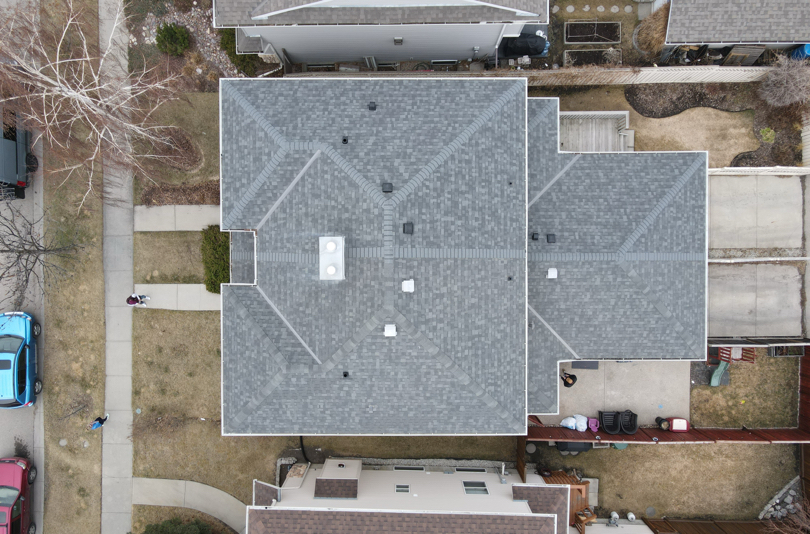
|
The View From Above
The roof of a home can account for up to 40% of the home's exterior. From curb appeal to home safety, it's important to keep the home looking sharp & (more importantly) dry. Make sure you look up every once in a while for anything out of the norm.
|
|
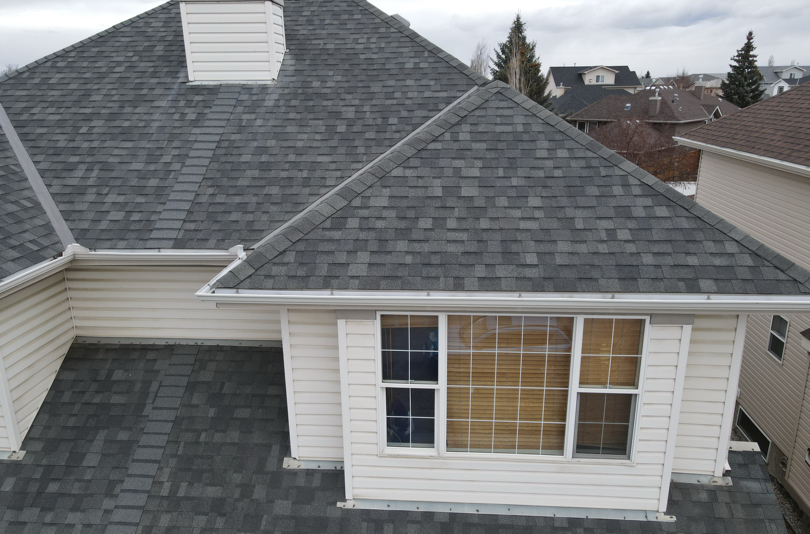
|
Roof Front View
Our roof walks are carefully planned with a defined objective that you’ll see throughout this report.
|
|
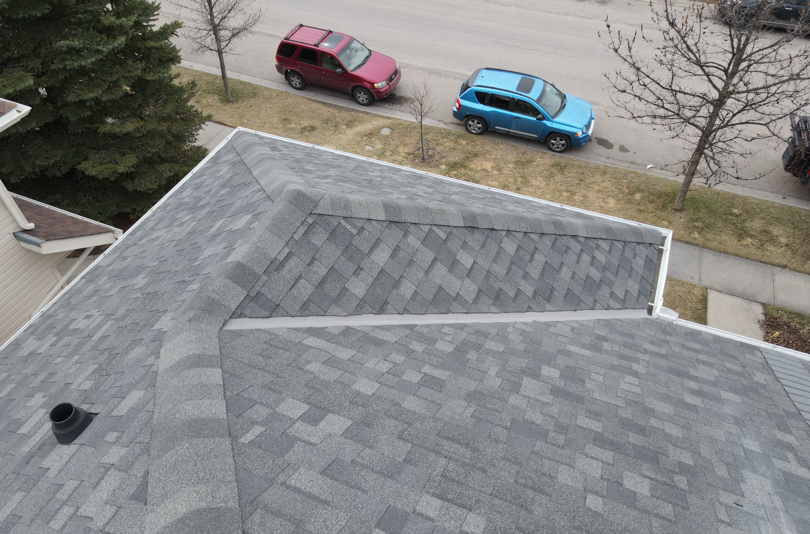
|
Roof Side View
For your records.
|
|

|
Roof Side View 2
For your records. See above statement in roofing section about saddle flashing/cricket flashing to divert water around the chimney flu.
|
|
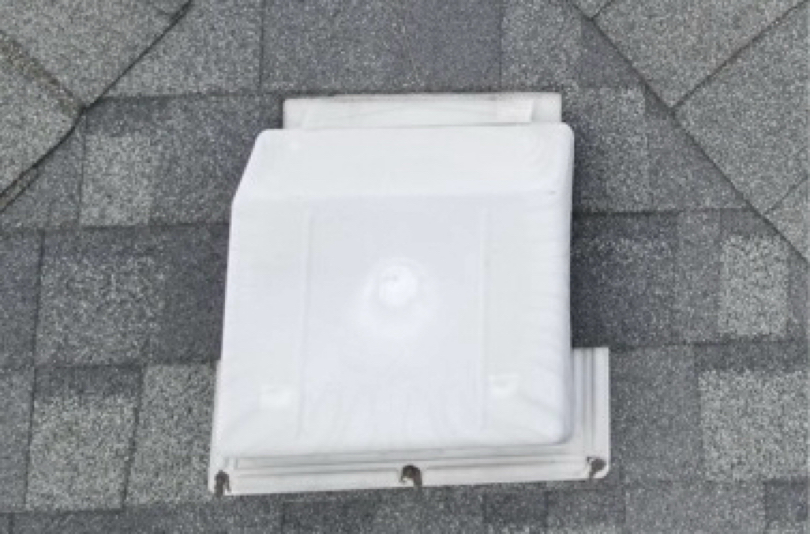
|
Roof Back View
Findings recovered from our scans are a representation of the entire surface & can provide quantitative data helpful in assessing the overall condition.
|
|
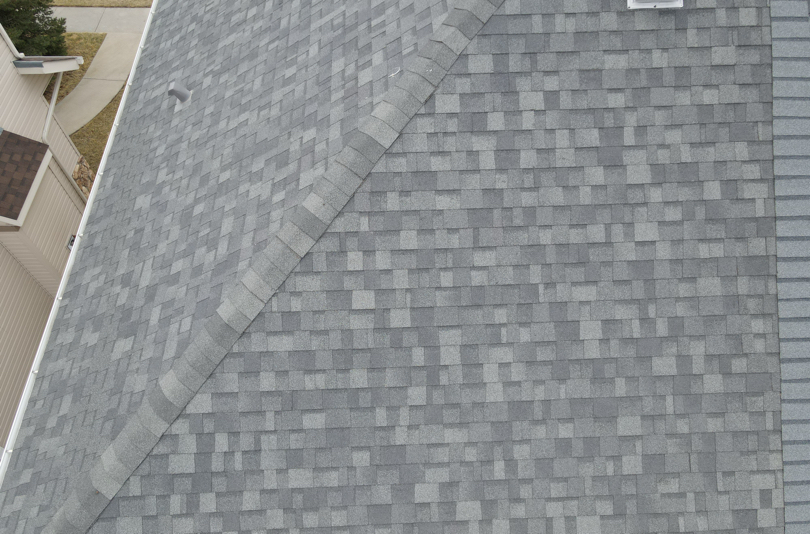
|
Front Corner
For your records.
|
|
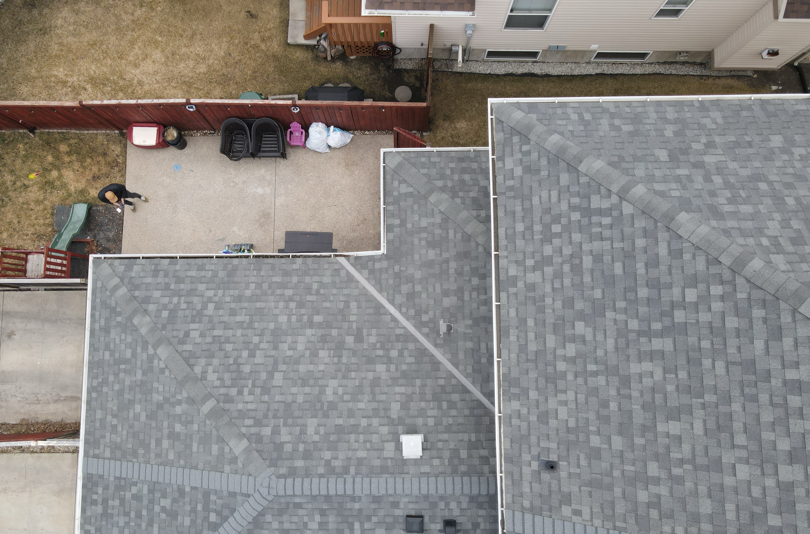
|
Back Corner
For your records.
|
|

|
Roof Maintenance
Proper homeowner roof maintenance is crucial for preserving the integrity of your home and preventing costly repairs down the road.
Ensure that your attic and roof have proper ventilation to regulate temperature and moisture levels, which can extend the life of your roof.
In regions with heavy snowfall, consider removing excess snow to prevent the weight from damaging the roof structure.
|
|
| E BACK TO SUMMARY |

|
Exterior System
Home cladding constitutes the outermost envelope of a dwelling, encompassing an array of materials, including wood, brick, or vinyl, serving both as a protective barrier against environmental elements and as an aesthetic embellishment to the architectural facade.
|
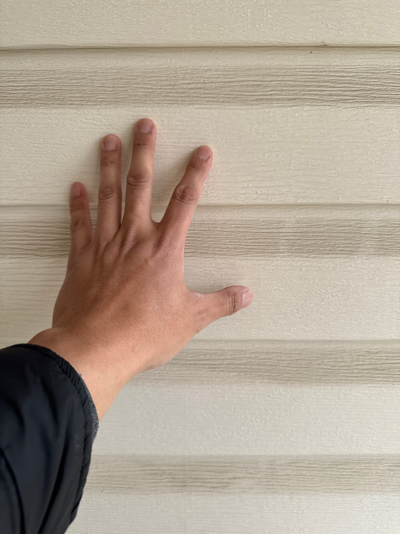
|
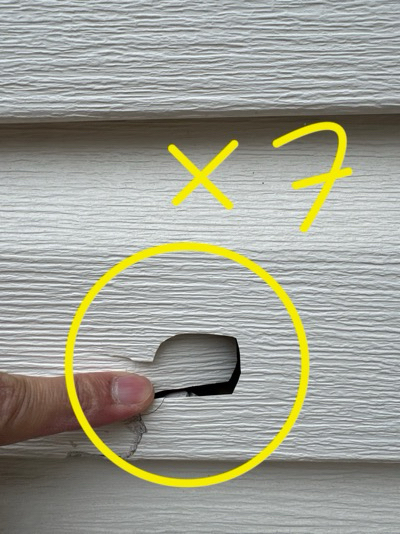
|
Front Cladding
Comprehensive visual scan & inspection conducted to identify prevalent defects.
|

|
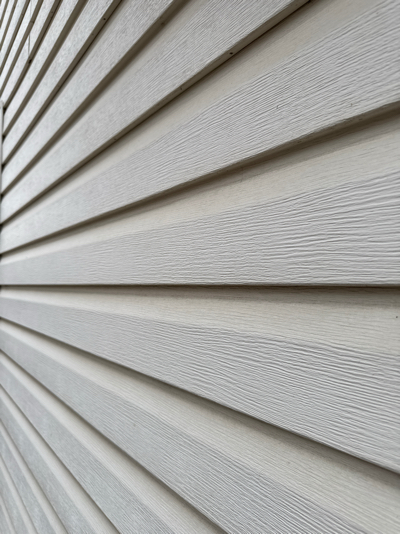
|
Sideyard Cladding 1
For your reference
Sideyard Cladding 2
For your reference
|
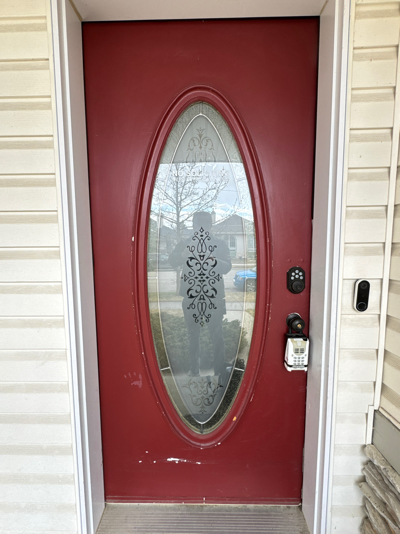
|

|
Front Door Cladding
External protective layer covering to a door.
Back Door Cladding
For your reference
|
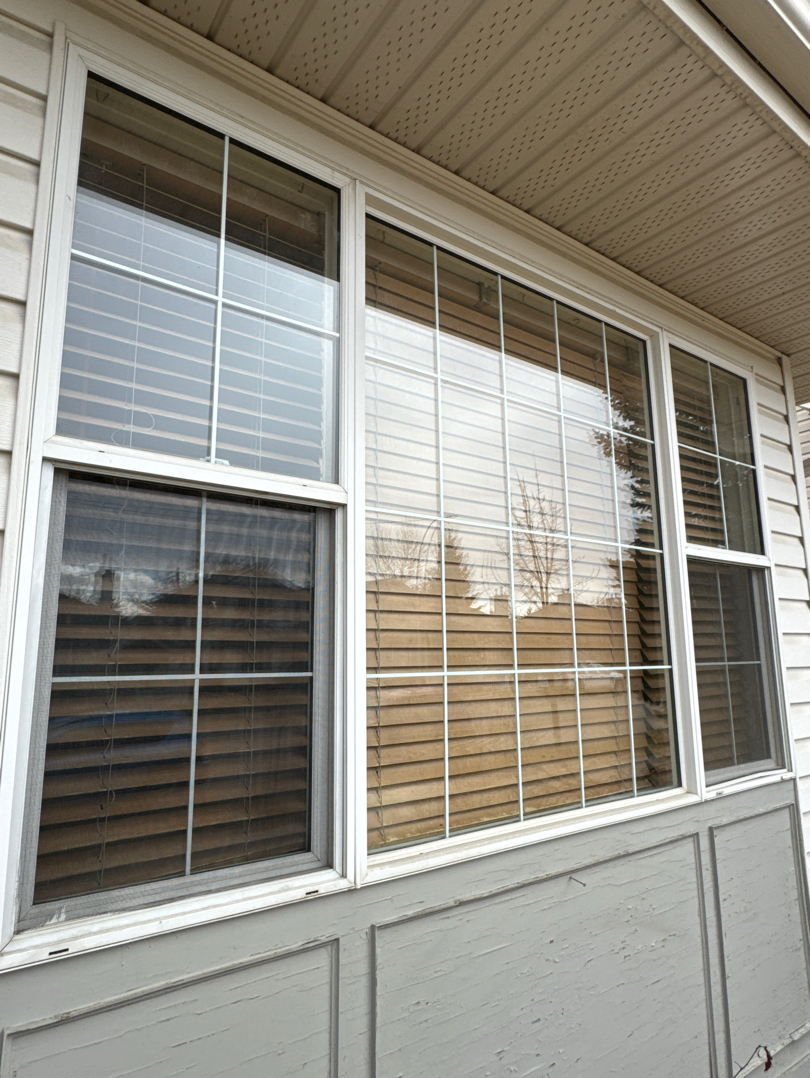
|
Window Cladding
Serves multiple purposes, including enhancing the visual appeal of windows, providing additional insulation and weather protection, and extending the lifespan of the window frame by shielding it from environmental elements like rain, wind, and UV radiation.
|
|
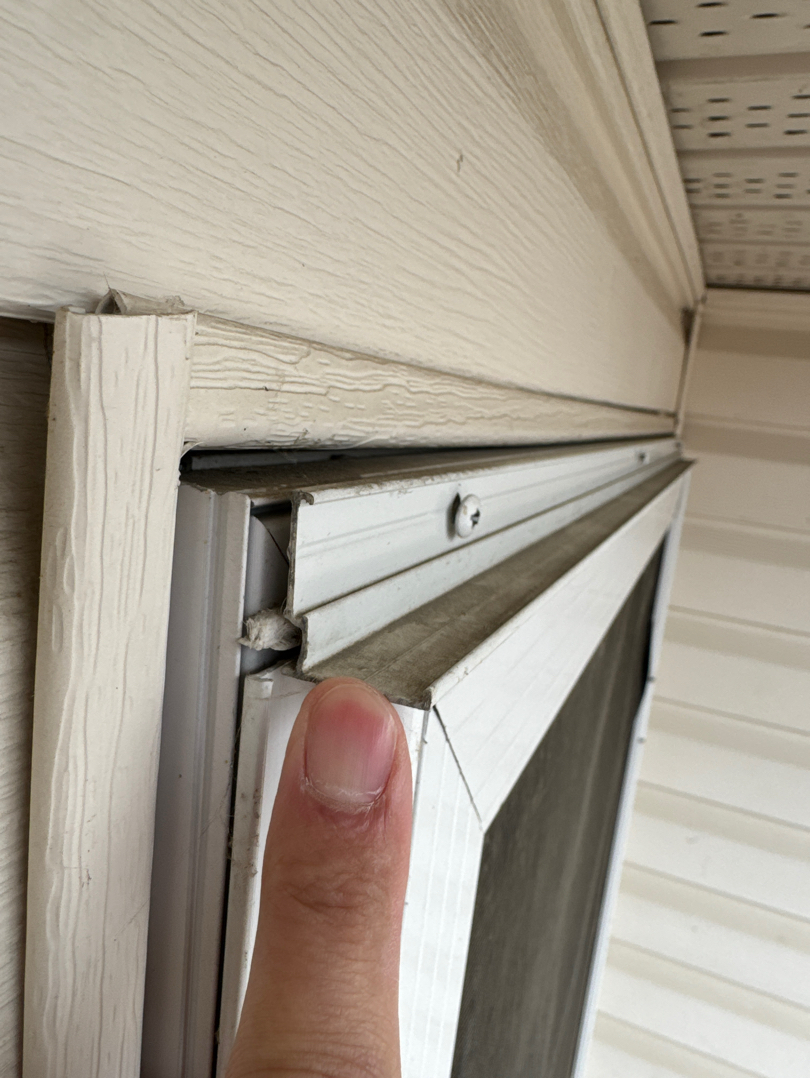
|
Flashing System
These prevent water from entering penetrations in the cladding, like a window or door.
|
|
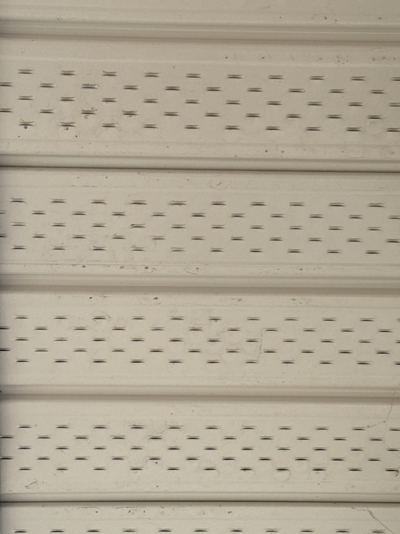
|
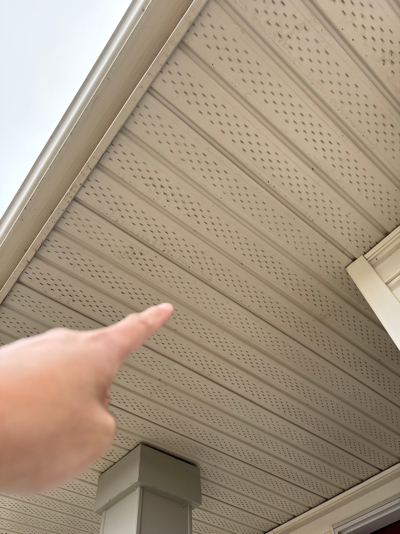
|
Soffit
Primary purpose is to provide ventilation for the attic while enhancing the building's aesthetic appearance.
Soffit 2
For your records
|
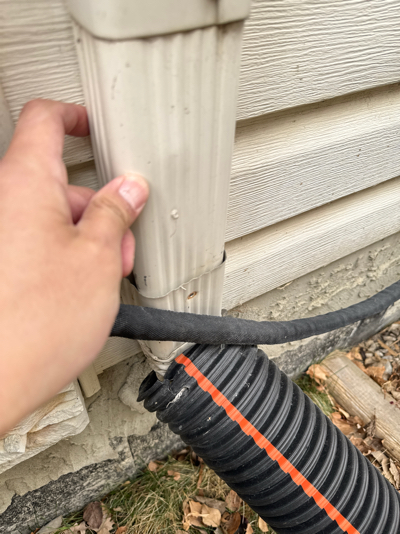
|

|
Downspout 1
Directs rainwater from the roof to the ground, protecting the foundation and landscape.
Downspout 2
For your records
|
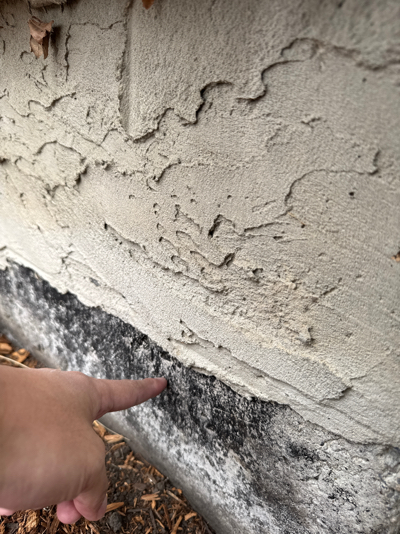
|

|
Front Foundation
The structural base upon which a building rests, providing stability & support for the entire structure.
|
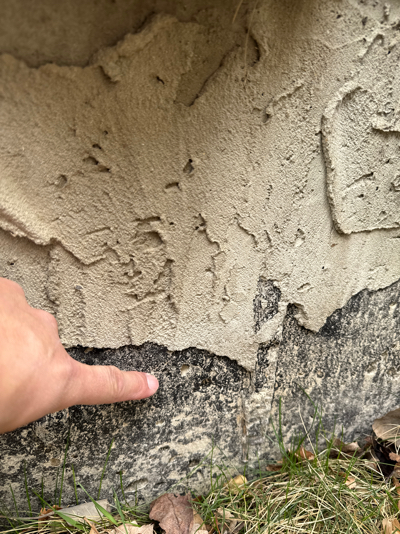
|

|
Side Yard Foundation
For your records
Side Yard Foundation
For your records
|

|
Utility Penetrations
Designed openings for essential services.
|
|

|
|
|
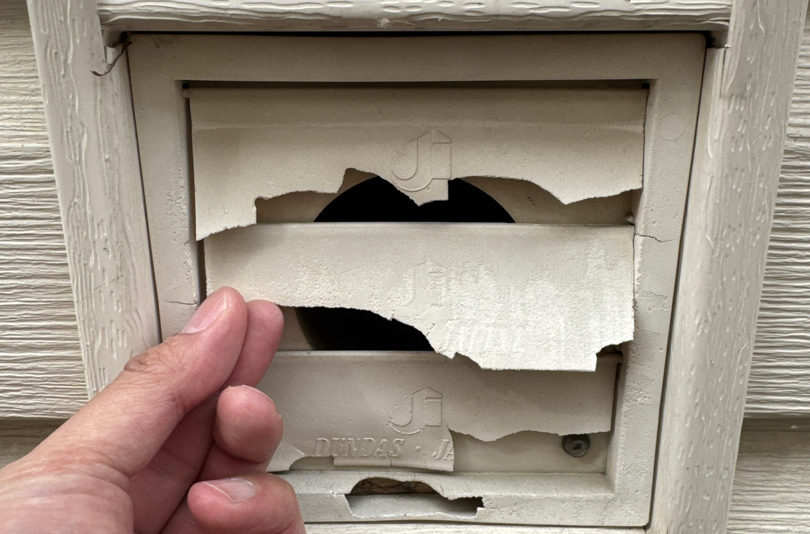
|
|
|
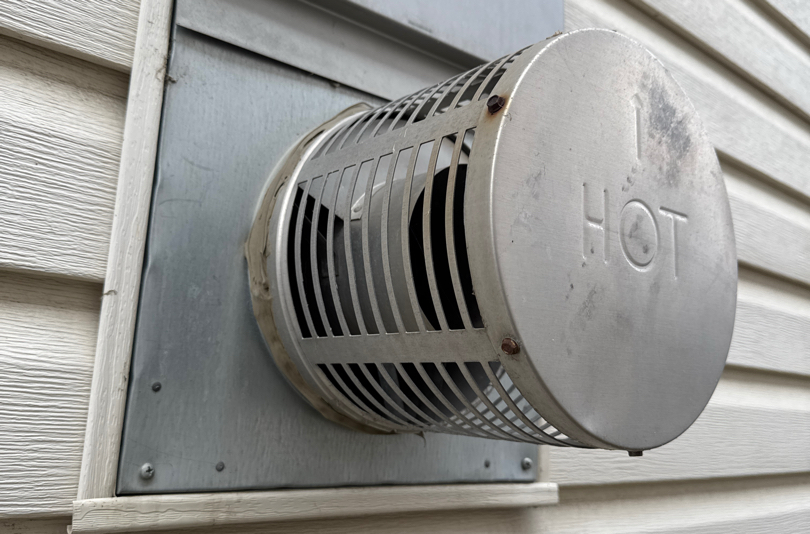
|
Utility Penetrations
Generally used to exhaust, intake & alleviate pressure build up.
|
|
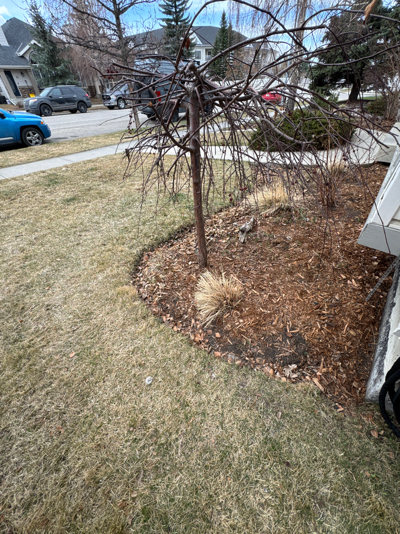
|
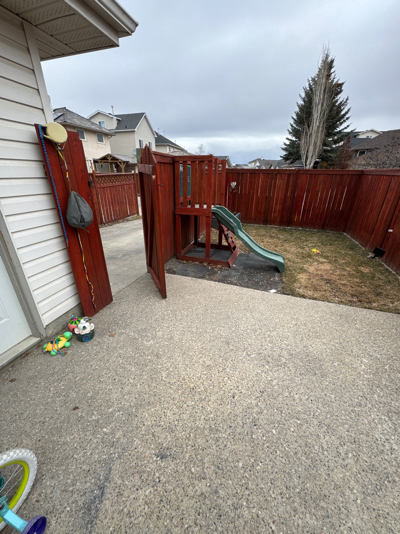
|
Front Yard Grading
Slope of the ground that helps drain water away from the foundation.
Back Yard Grading
For your records
|
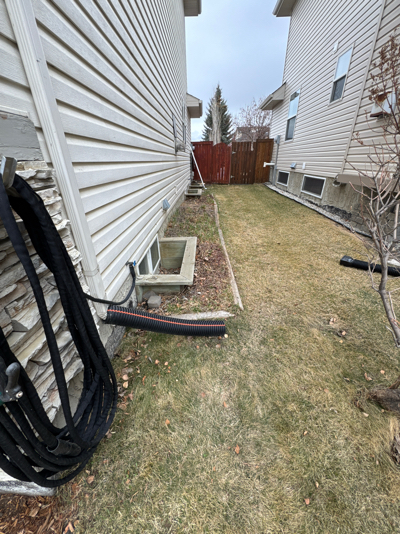
|
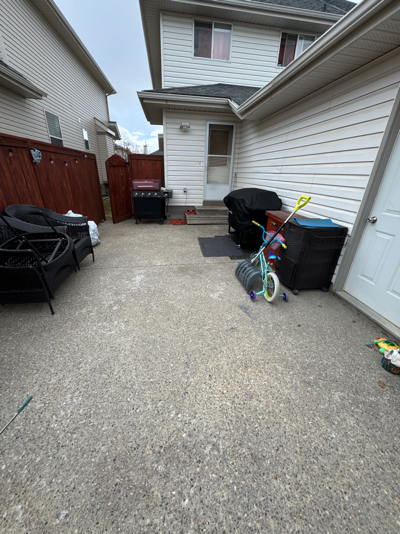
|
Grading side yard
For your records
Grading side yard
For your records
|

|
|
|

|
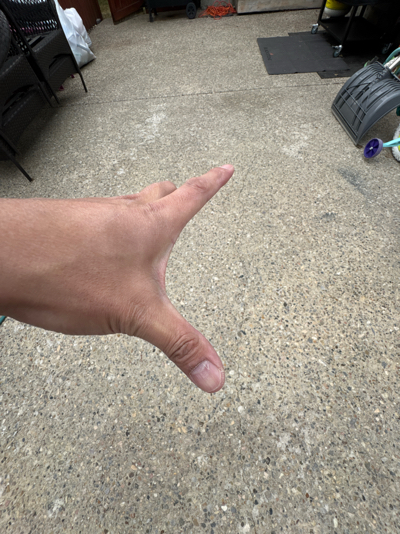
|
Support Photo
|
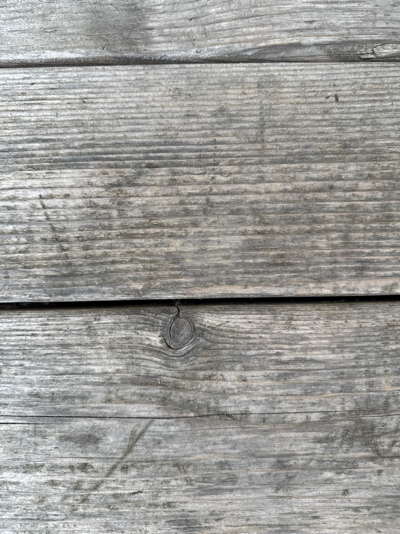
|
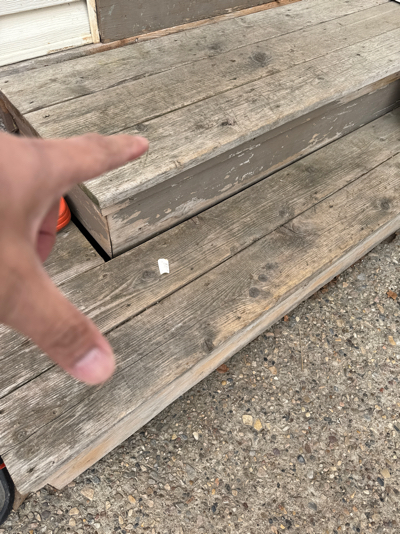
|
Support Photo
|
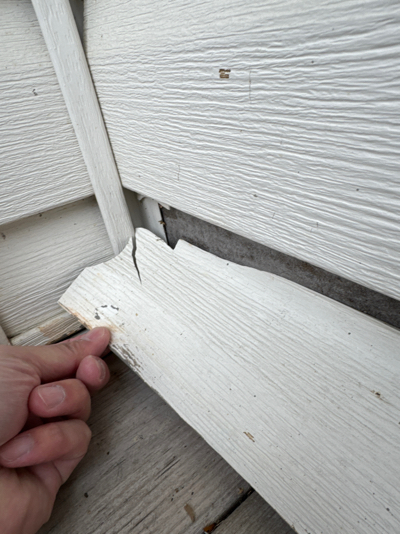
|
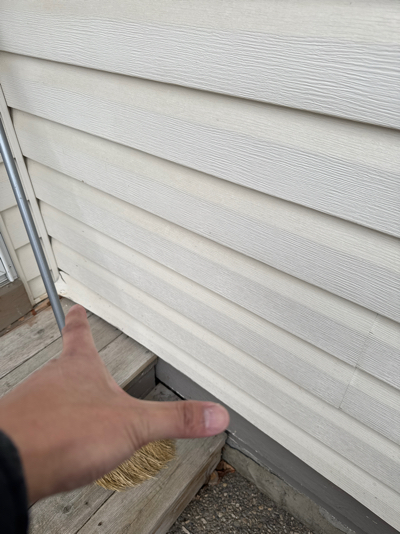
|
REMINDER EXTERIOR CLADDING
Look smart! Educate your clients. Now…overwrite me.
|

|
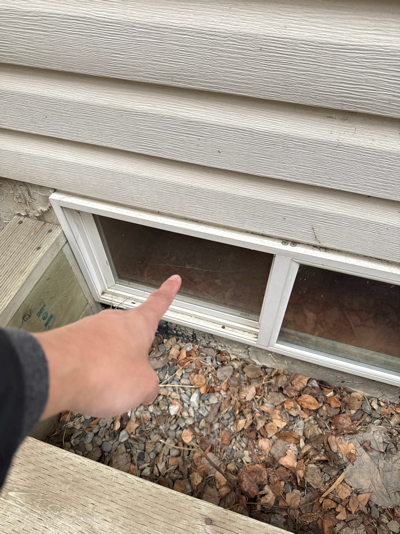
|
Support Photo
|
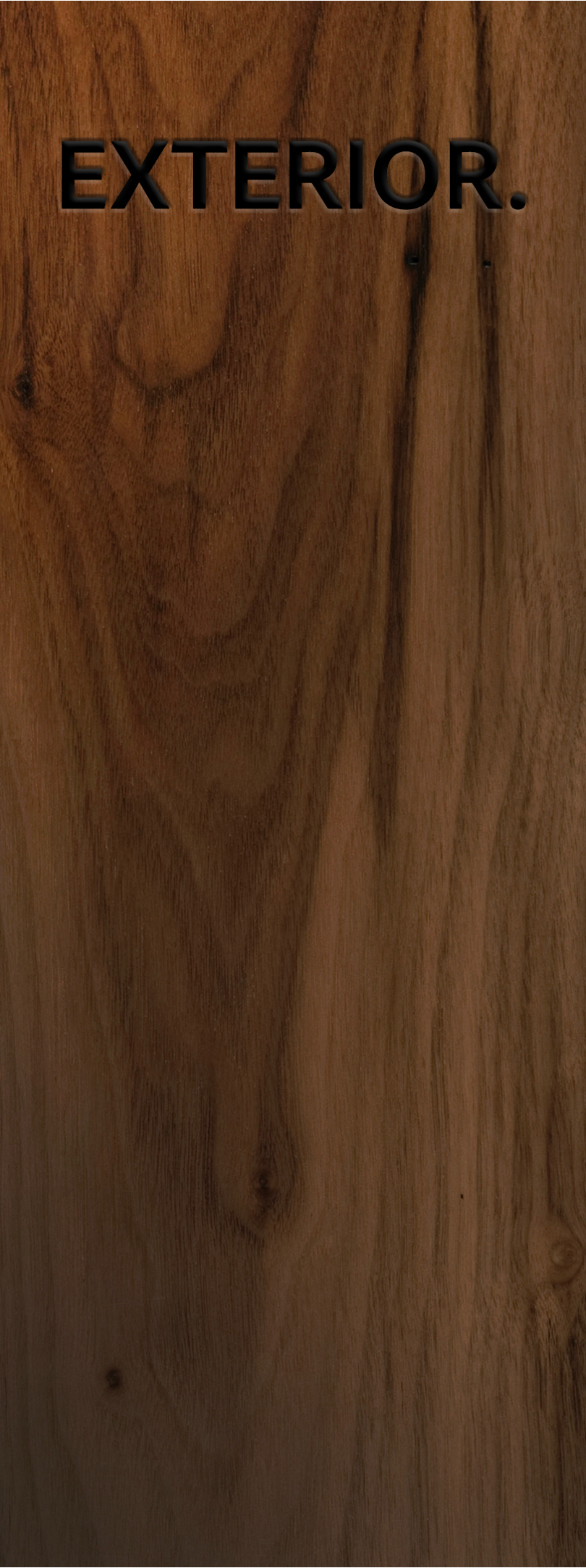
|
Exterior Monthly List
While we're able to control the environment (temperature, humidity, lighting) inside our homes, we have very little control over the weather buffeting our homes outside.
- Roof & flashings
- Valleys- Where different sections meet - Facia boards & soffits located right below the roof line - Gutters & downspouts may need cleaning or repairs - Exterior cladding; if it looks wrong, it probably is - Windows & doors: may just need a simple tuneup for functionality - Foundation: were looking for cracks or improper grading - Decks & porches - Sidewalks & driveways - Yard clean-up; has a lot to do with proper grading |
|
| G BACK TO SUMMARY |
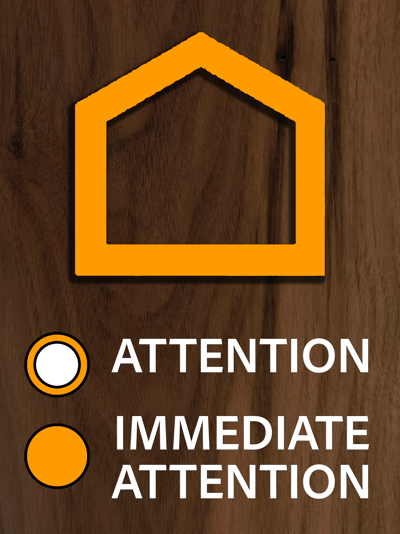
|
Garage Chapter
Designated for parking vehicles and storing tools, equipment, and other household items.
|
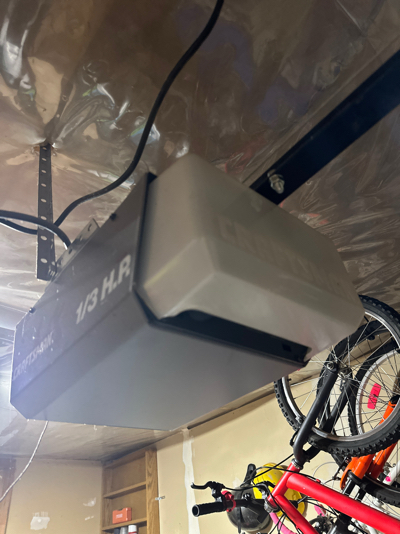
|
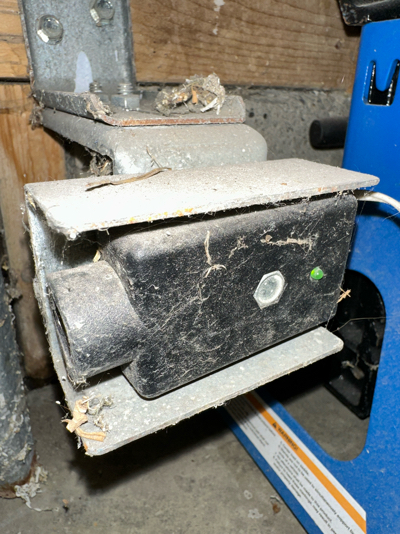
|
Garage Motor • Control
Don't forget to ask the seller to leave behind the remote(s). The average lifespan of a motor is 10-12 years.
Garage Safety Sensors
These little guys project an invisible light beam to ensure safety. Keep them aligned.
|
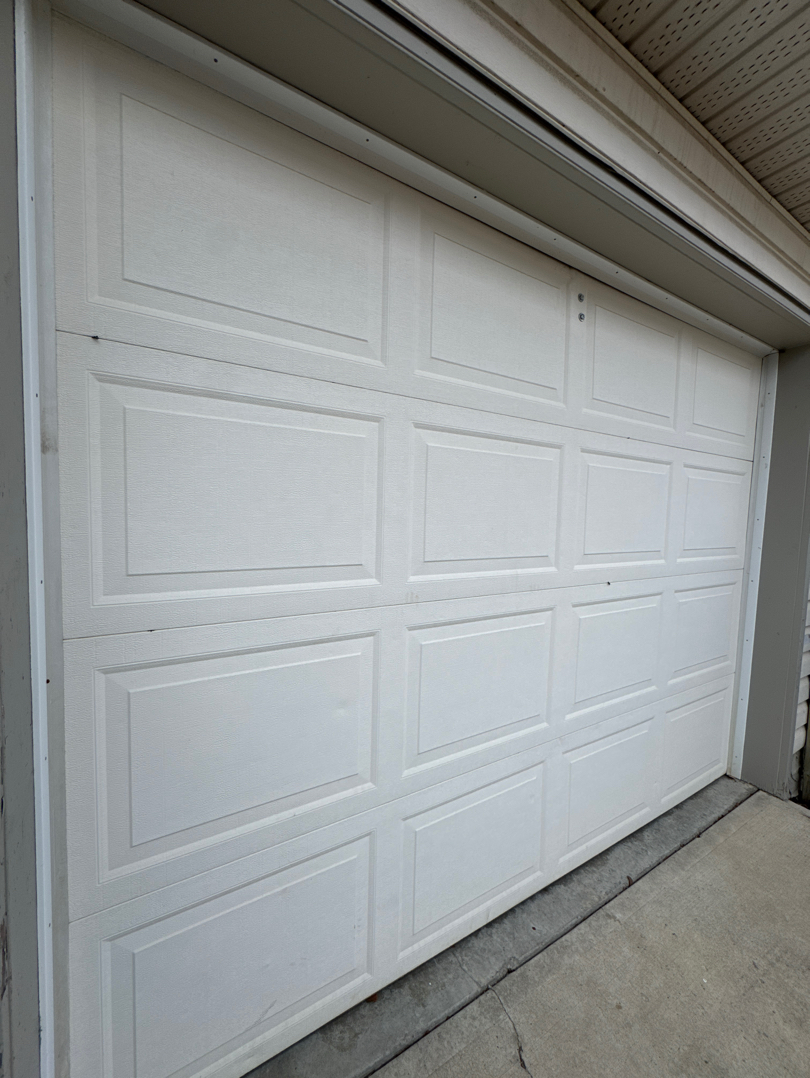
|
Garage Door
Otherwise known as the “The Heavy Lifter”. Your garage door is the largest moving part in your home & is used multiple times daily. It’s very important that you take the time to perform regular maintenance. Check cables, spring coils, lubricate moving parts, replace the weather gasket, replace the rollers, tighten up the hardware & ensure the pressure sensor has been adjusted for safety. No time for a check-up? Call a garage door professional to schedule a tune-up.
|
|
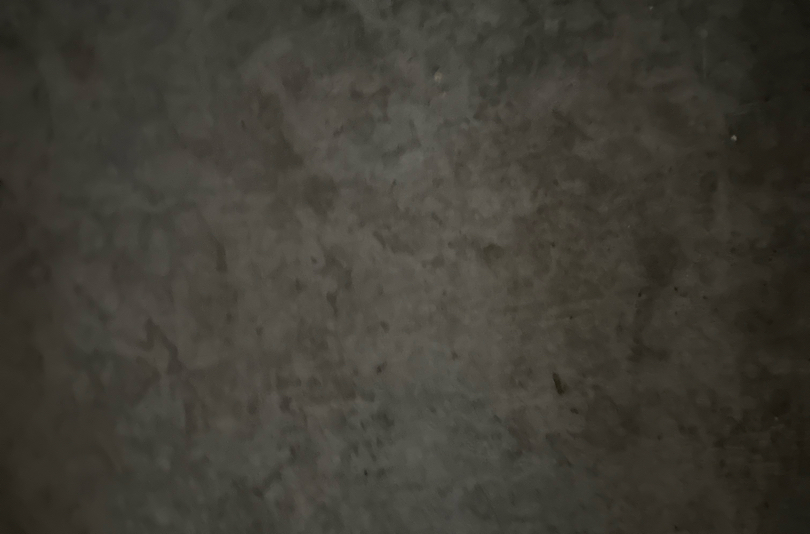
|
Garage Floor
Visually inspected for cracking, de-lamination, honeycombing & other common issues. Keep'er clean & free of debris.
|
|
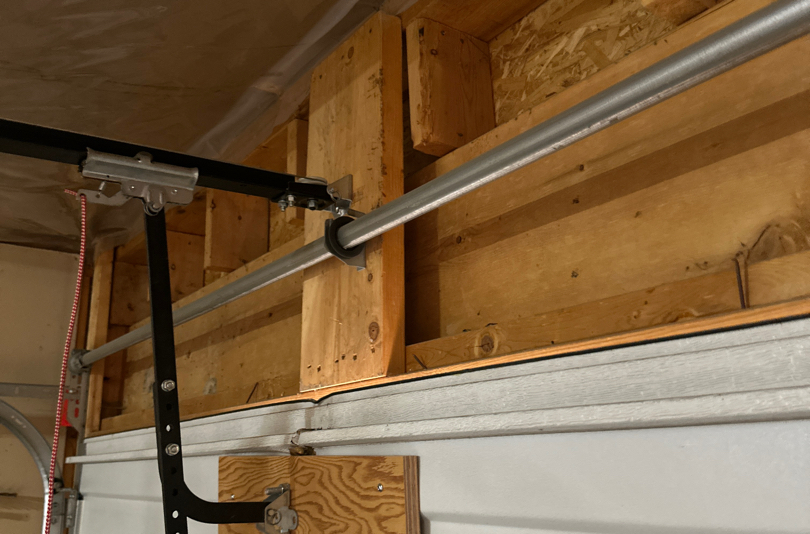
|
|
|
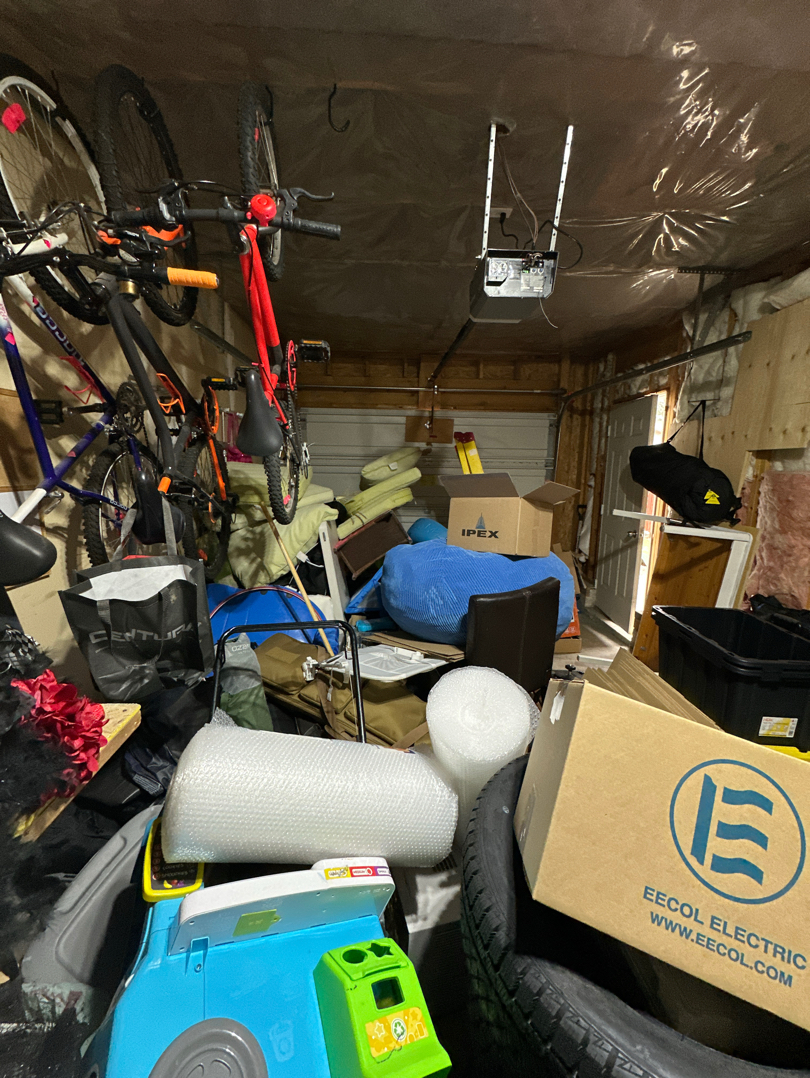
|
Garage Maintenance
Learning how to maintain a residential garage door is key to operating it efficiently. A malfunction can prevent you from taking your car out of the garage when you want to. Regular maintenance twice a year can make such mishaps less likely. INFO: Visually inspect the door, perform safety tests, examine hardware for defects, service the chain or belt, service seals & springs, clean the garage door surface, replace batteries & bulbs, & Reduce friction between the door & the stop. Adjust the opening & closing speed. 9 99% of the garage was obstructed and we were unable to perform any inspection. Please have sellers advise or reinspect after they removed their items or possession.
|
|
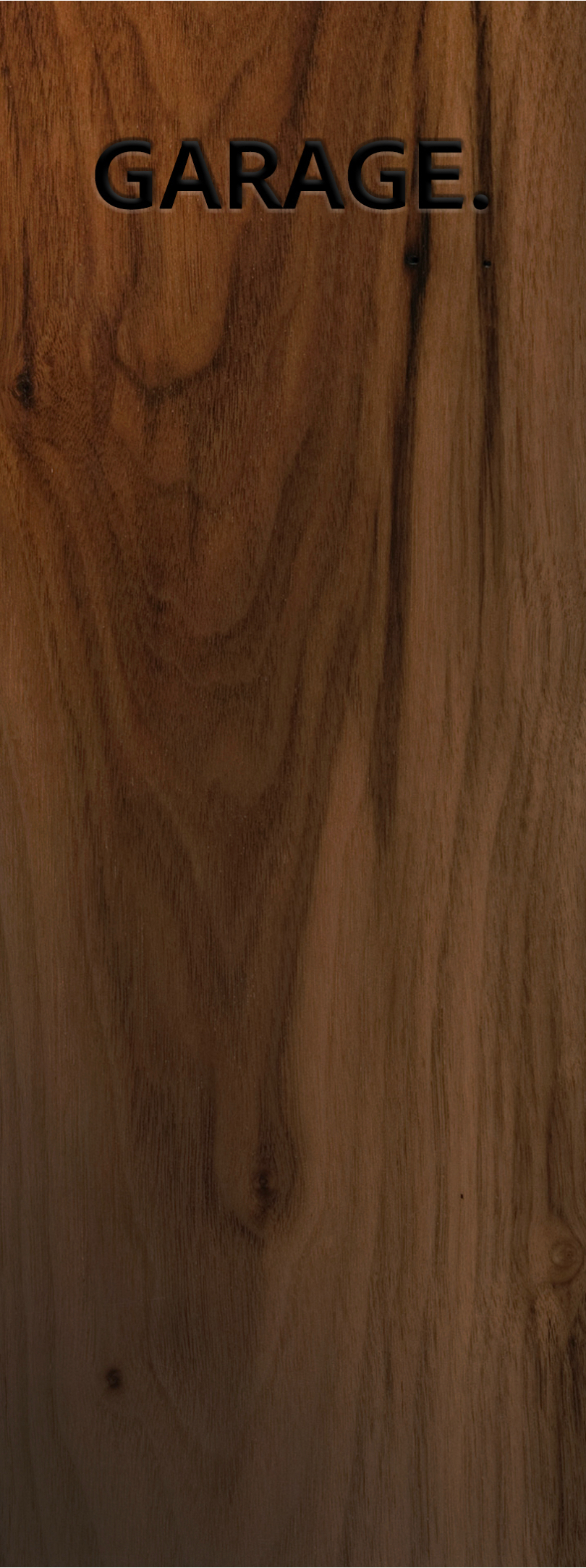
|
The Garage
Perhaps no other part of your home experiences as much wear & tear as your overhead garage door.
But...a neglected door can not only become as noisy as a locomotive but also poses a significant safety risk to your family, especially your kids.
Tighten the nuts & bolts.
|
|
| A BACK TO SUMMARY |

|
Attic structure
Constructed to distribute the weight of the roof onto the exterior walls of the house.
|
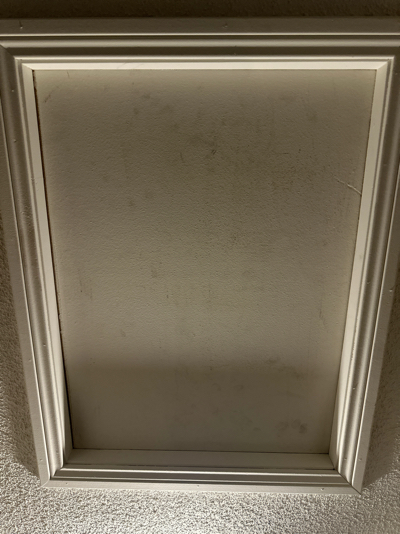
|
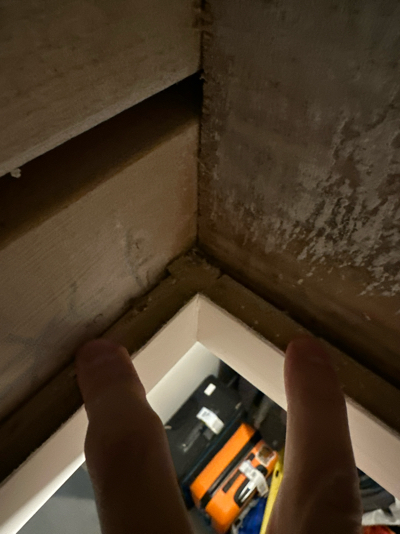
|
The Hatch Entry
Consider using ridged foam board insulation & match the door insulation to that of the attic space.
Hatch Weatherstripping
Upgraded weatherstripping will help to mitigate any excess heat & moisture finding its way into the attic space.
|

|
Hatch Diagram
Also known as the scuttle hole, the better the hatch door, the better you can control your home's climate. A proper cover consists of the following: (1) Attic Insulation, (2) Insulation Dam, (3) Air Seal Gasket, (4) Hatch insulation, (5) The Hatch Door.
|
|
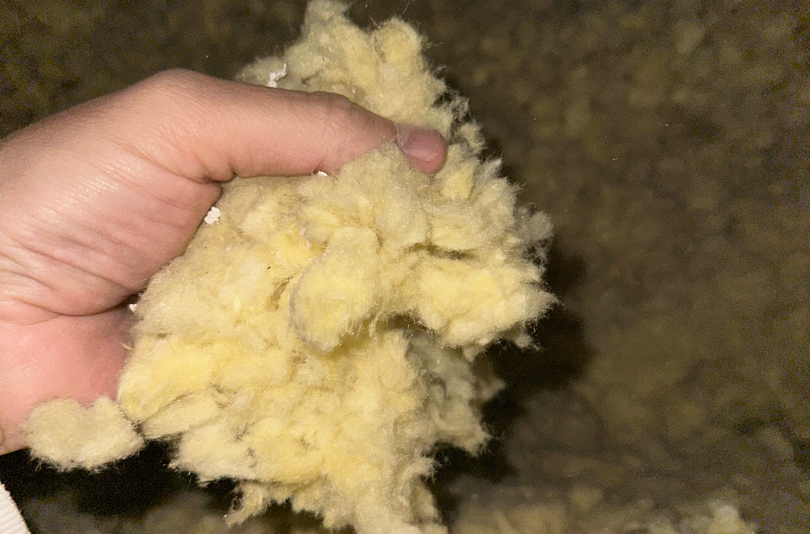
|
Attic Insulation
For maximum energy efficiency, attics should be sealed, insulated, & well ventilated.
|
|
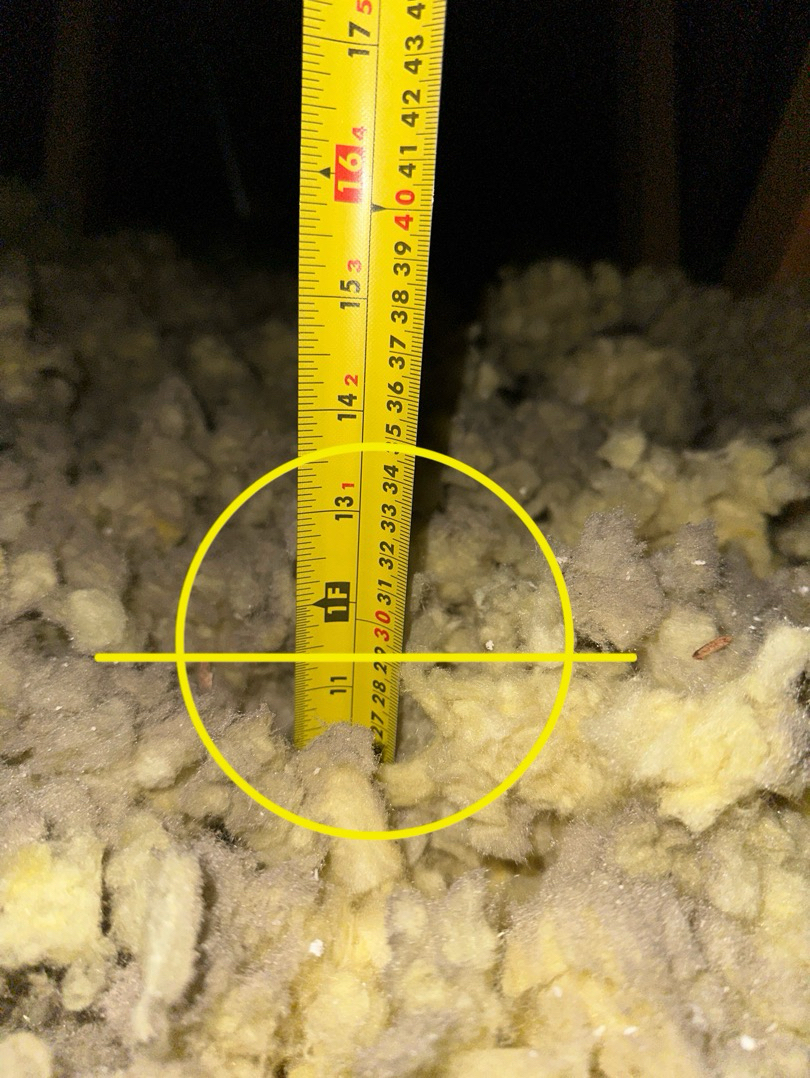
|
Insulation Depth
There's no getting around it: If your house is in cold weather, keeping it warm in winter is expensive. Having the correct amount of attic insulation can help you maintain a comfortable temperature throughout your home & help save $$$ on your energy bills. *Plus, it could help prevent major issues like ice dams or even attic rain. QUICK FACTS: Attic insulation is the easiest & most cost-effective upgrade to a home. A properly insulated attic can save you an estimated 10-50% on your heating bill.
|
|
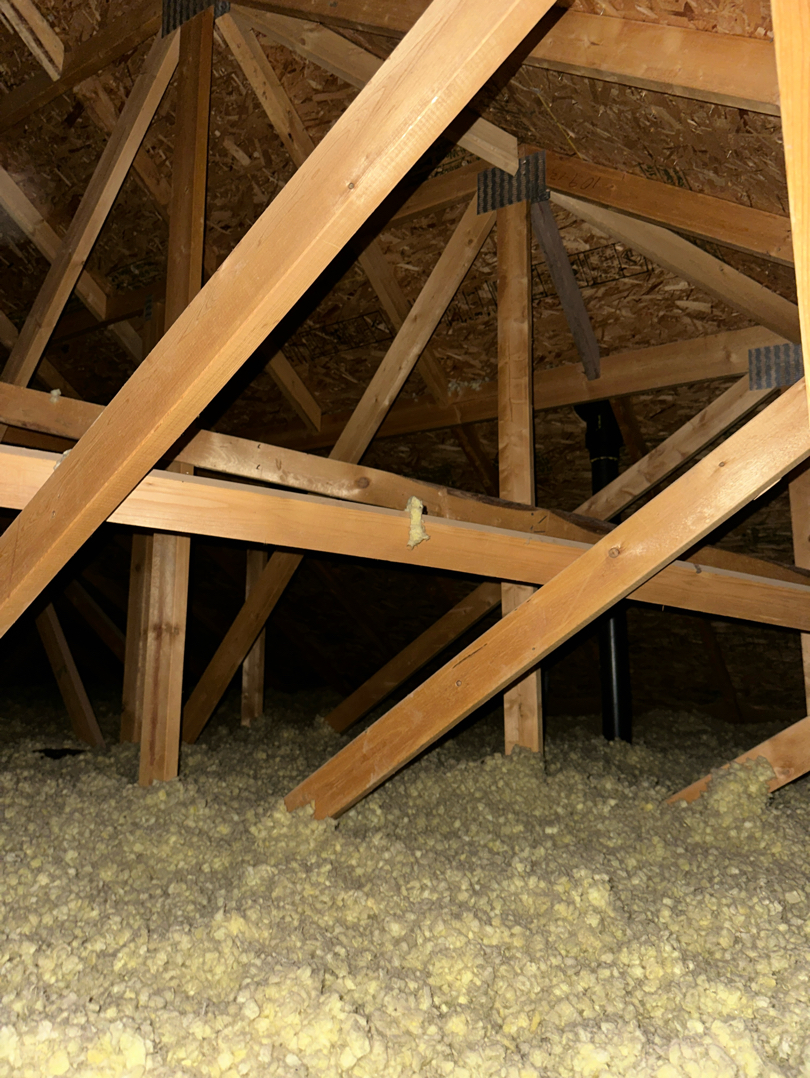
|
Attic Structural Health
High attic humidity usually shows up as dampness, rusty fasteners, or frost on the underside of the roof sheathing. Don’t rely on ventilation alone to take care of moisture in the attic. The best protection against condensation, mildew & rot is an air-tight ceiling. Make sure you keep that attic hatch latched for good compression between the hatch & the weatherstripping.
|
|
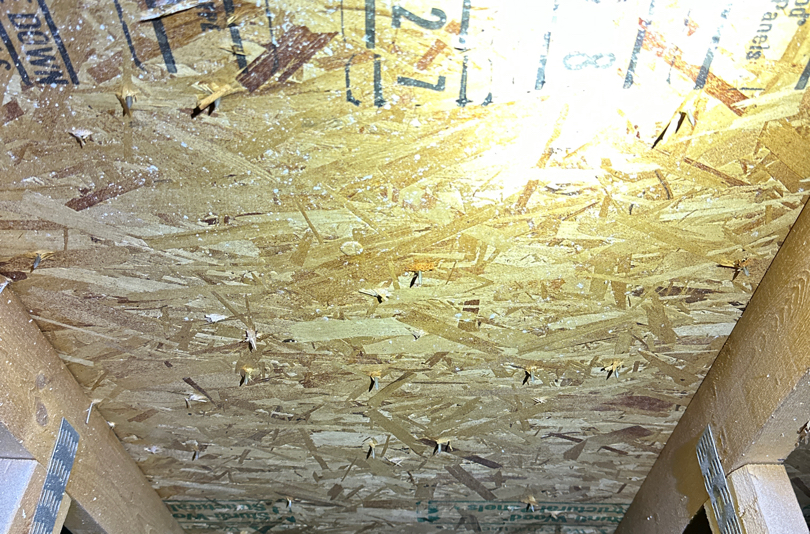
|
Roof Sheathing
The thin boards of wood that span the trusses and support the rest of the roof
|
|
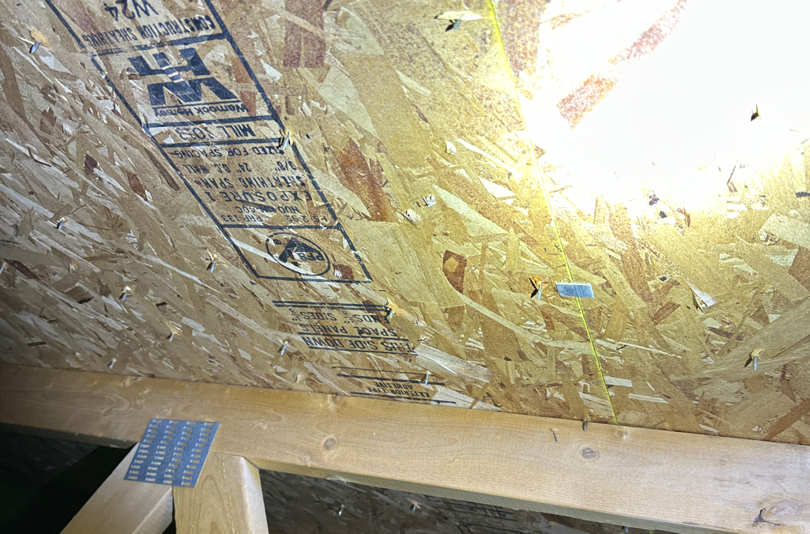
|
Attic Sheathing
“Roof Sheathing” Here are the boards or sheets that bridge the trusses or rafters. Each clips noted throughout.
|
|
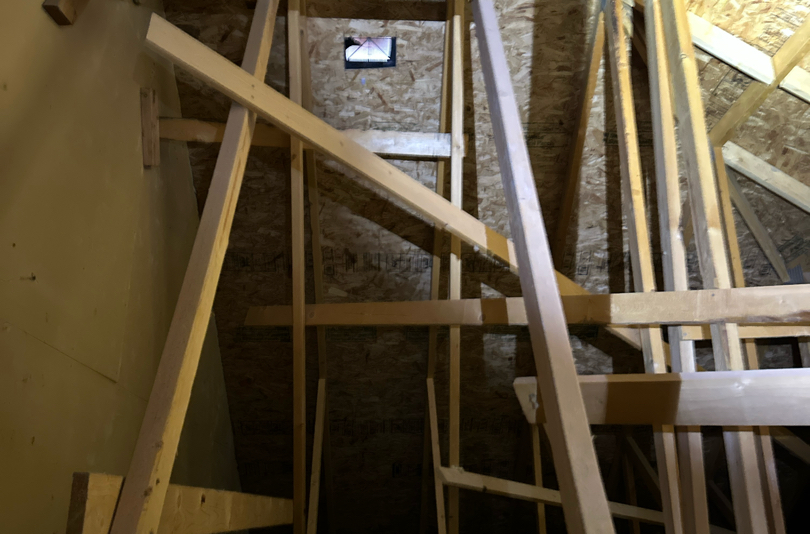
|
Attic Construction Overall
Designed to support the roof with rafters or trusses.
|
|
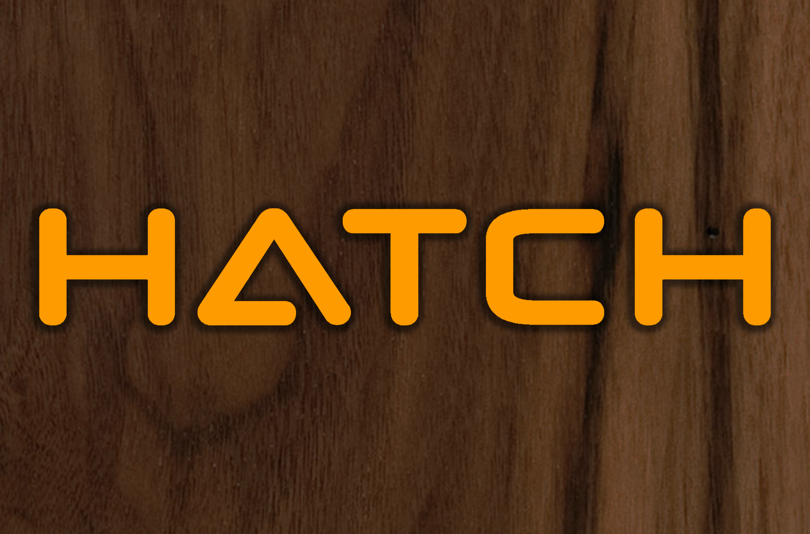
|
Attic Hatch Latch
Attic Hatch Latch The goal is to match the R-value of the hatch to the overall attic R-value. Upgrading the weather stripping & installing a latch to the hatch will help compress the gasket & improve the attic hatch seal.
|
|

|
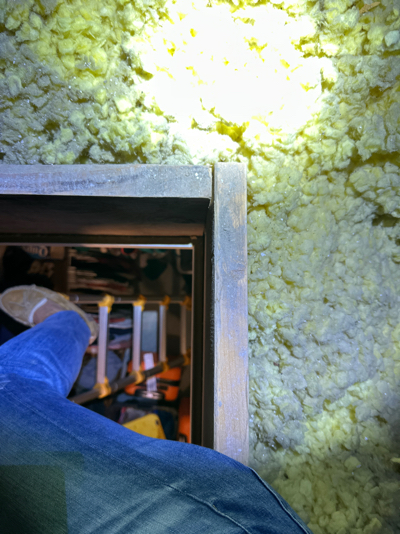
|
Attic Skirt
Designed to hold back the insulation from falling in your face.
Support Photo
|
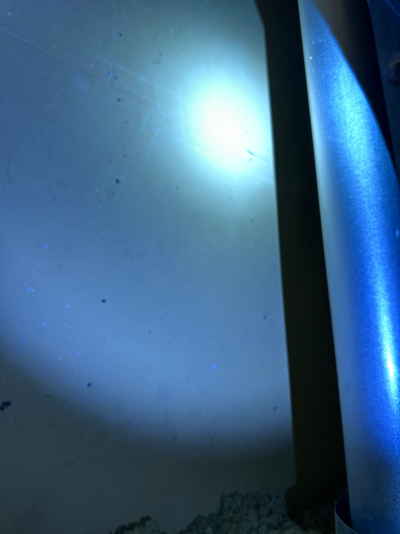
|
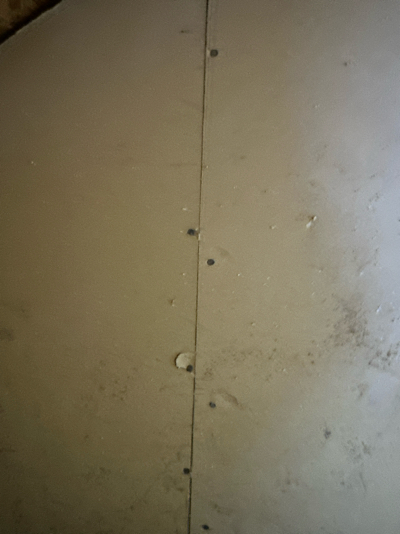
|
Party Wall
The dividing partition between two adjoining buildings that is shared by different occupants.
|

|

|
Attic Baffles
Otherwise known as soffit stops, these provide a channel for air to flow for proper ventilation.
Support Photo
|

|
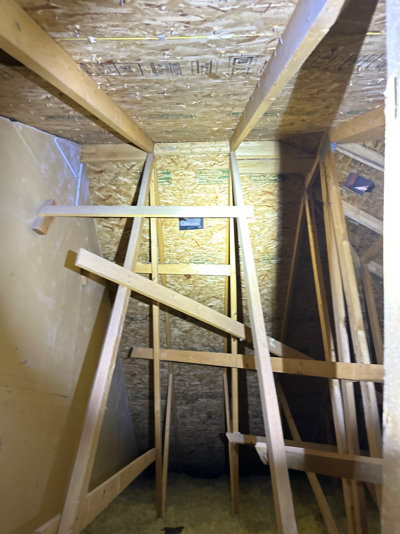
|
Roof Vent
Visually examined for quality of install & common defects.
Support Photo
|

|
Support Photo
Measure data approximately 12 inches deep, but inconsistent through the entire attic.
|
|
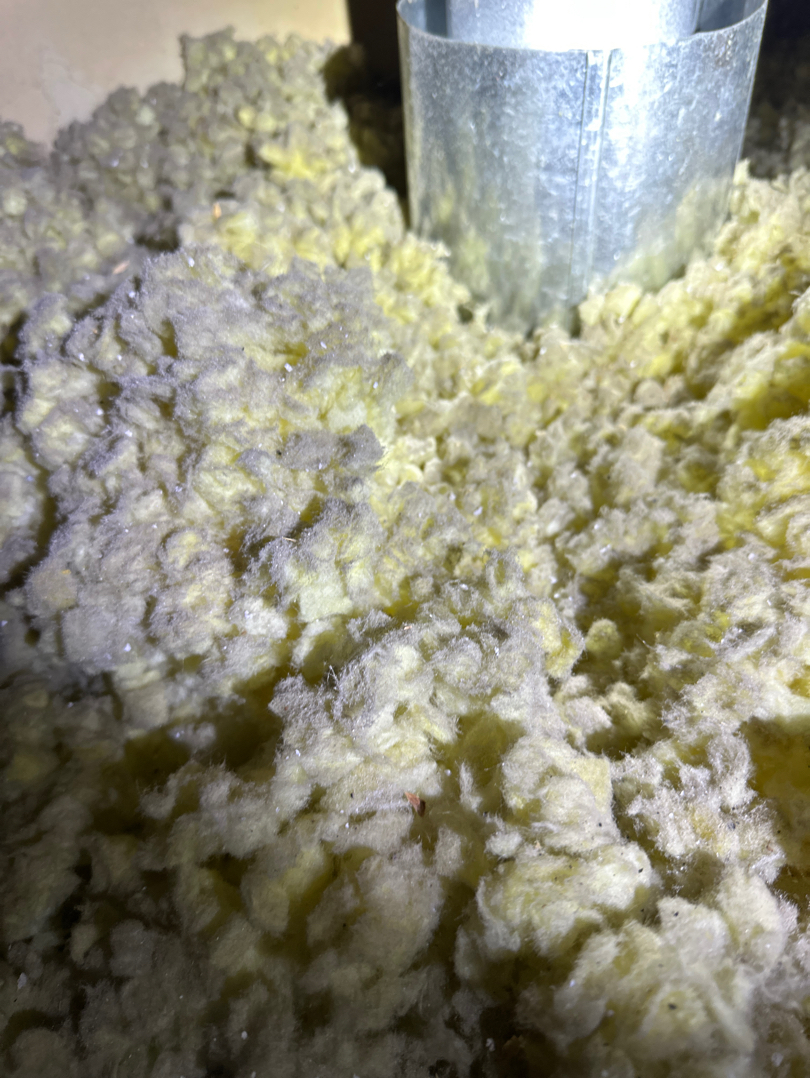
|
Support Photo
You may want to consider using a added length of heat shield at the event where insulation meets up. This met the code requirement of the day it was built.
|
|

|
The Attic
You may never have taken the time to look inside the attic of your home, but knowing its condition can save you $$$.
|
|
| T BACK TO SUMMARY |
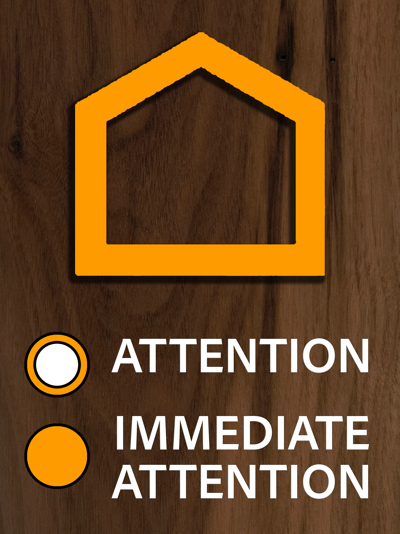
|
Please remember
Minor cold spots are present in every home. Every effort was made to scan the entire structure unless obstructed.
|

|
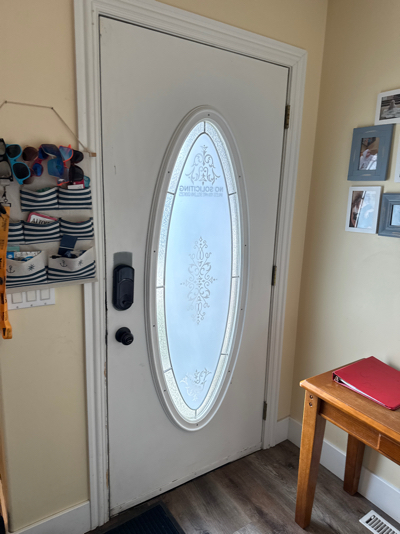
|
Thermal Front Door
Scanned for irregularities, air leaks & consistency.
Front Door
Keeping a good seal is essential to maintaining the energy efficiency of your home.
|
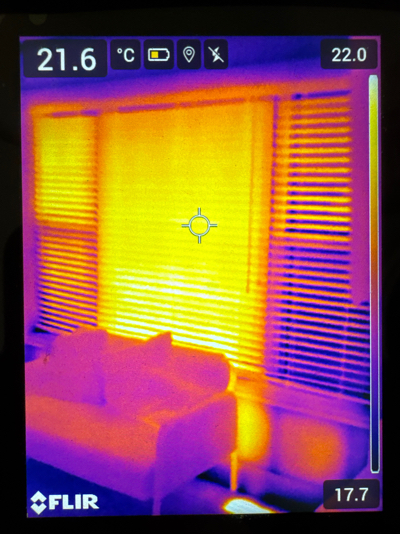
|
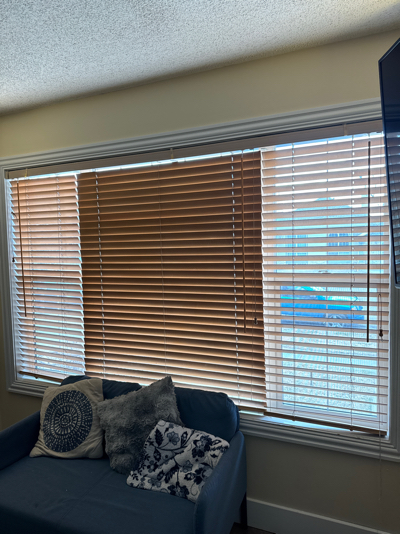
|
Thermal Windows
Scanned for irregularities, air leaks & other moisture-prone areas.
Interior Window
Opening your blinds can expose the surface of windows to circulating air which will help keep the condensation away!!
|

|
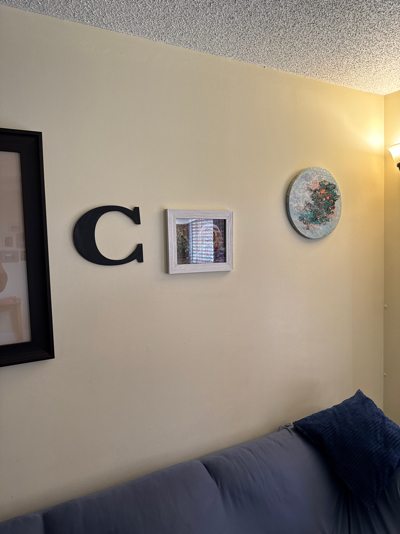
|
Thermal Walls
As seen from the inside. All walls & ceilings were scanned for irregularities.
Interior Wall
If these walls could talk. One of the best ways to see how a home has been built & maintained.
|
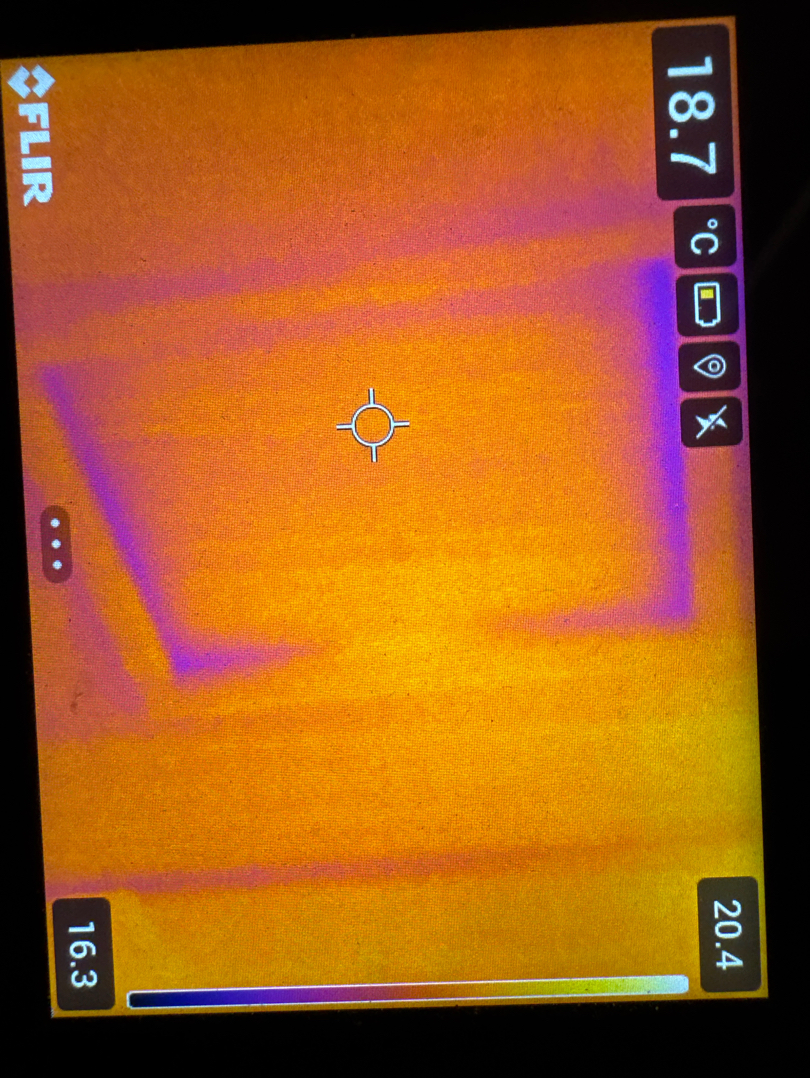
|
Thermal Attic Hatch
What we’re looking for throughout the entire thermal portion of this inspection: missing, damaged, or inadequate insulation, building envelope air leaks, moisture intrusion, & sometimes we can even see substandard workmanship behind the walls. This tech works really well when something is WET, or there is a strong variance in temperature, but when it’s dry ( like an old water stain ) it will simply blend in with everything else.
|
|
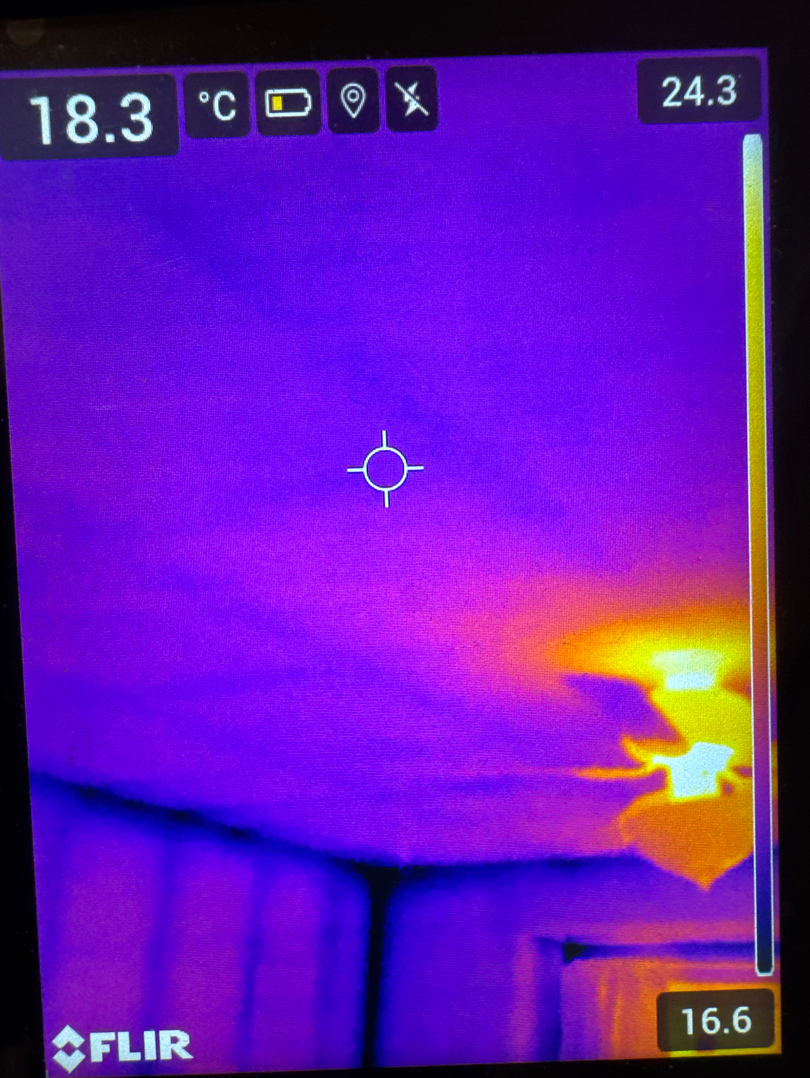
|
Thermal Ceiling
We look up, down & all around. Doors, windows, or any penetration in the skeleton of your home is where we usually find the largest temperature variance. This is why it’s best to be a stickler about cleaning & replacing your weather stripping every couple of years. In the ceiling, we typically find colder areas around the utility penetrations. For example, at speakers, electrical boxes, pot lights, & more…
|
|
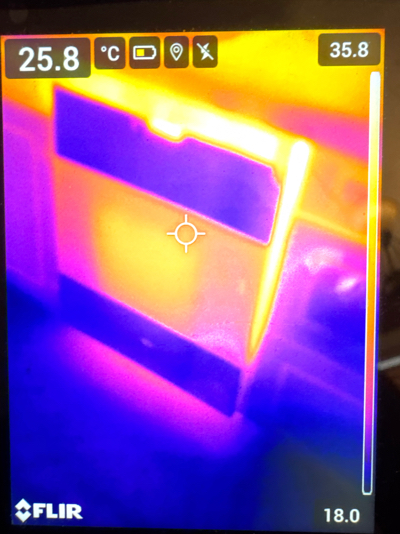
|

|
Thermal Dishwasher
Scanned for proof of operation & temperature. We're also looking for leaks.
Dishwasher
See the Kitchen section for a description of this component.
|

|
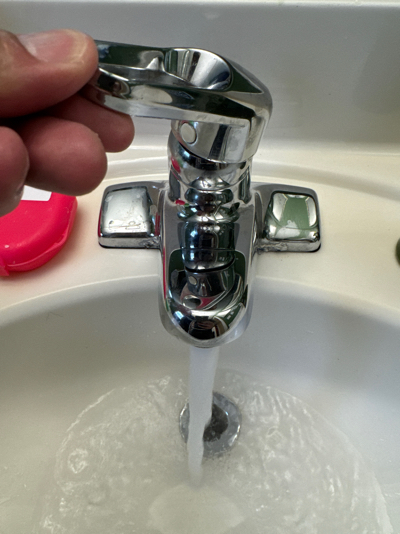
|
Hot Water Tap
Pretty simple fixture, designed to make the hot water flow on & off.
|
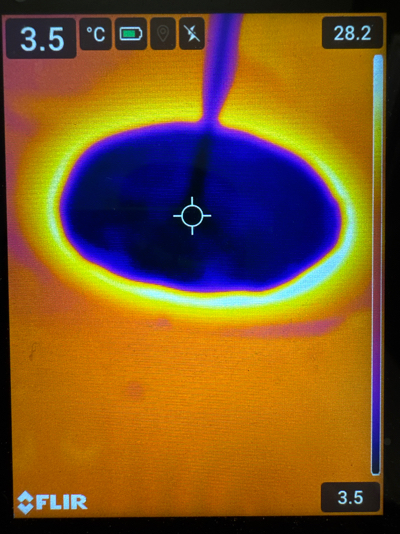
|

|
Cold Water Thermal
See photo
Cold Water Tap
Inspected for deficiencies using normal operating procedures.
|
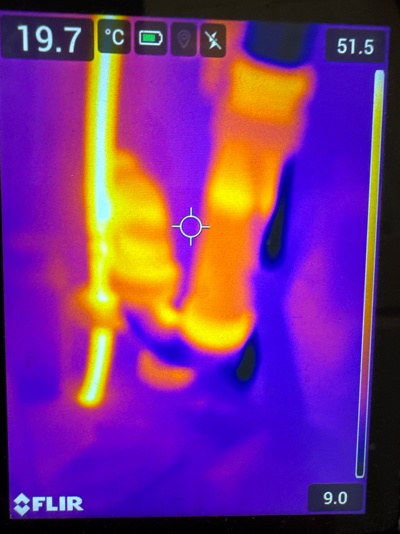
|
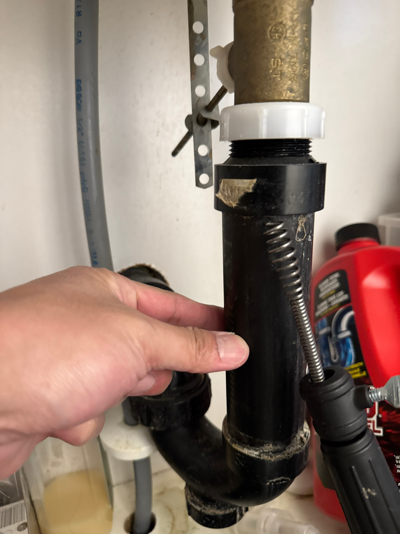
|
Thermal P-Trap
Scanned for leaks or the presence of moisture.
P-Trap
Preventing smelly gases since the year 1775! These TRAP water at the "P" creating a seal.
|

|
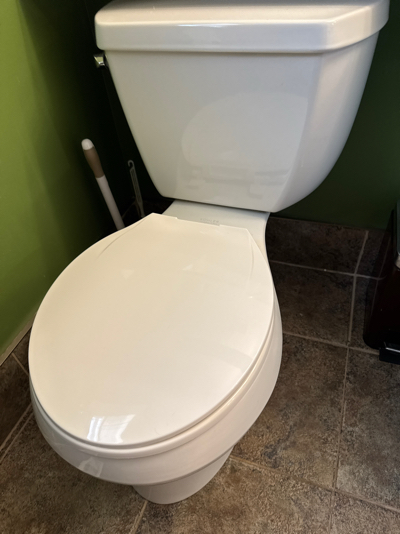
|
Thermal Toilet
Scanned for leaks at the base, tank & shut-off valve.
Toilet
Tested flushability, inspected for leaks & stability but not used...
|

|

|
Thermal Laundry Washer
Scanned for proof of operation & the presence of moisture.
Laundry Washer
The most memorable days end with the dirtiest clothes!
|
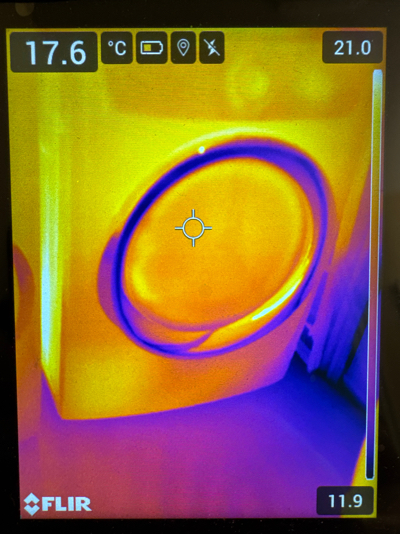
|
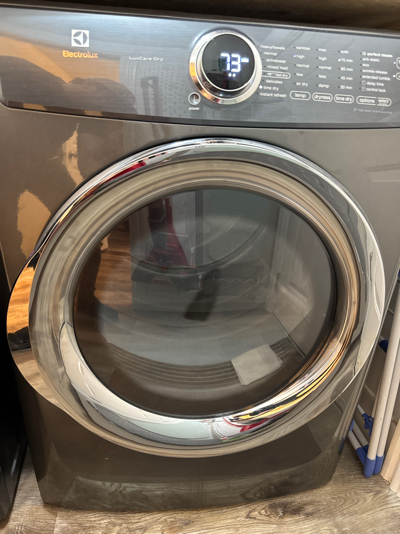
|
Thermal Laundry Dryer
Scanned to make sure it’s heating up!
Laundry Dryer
Removes moisture from a load of clothing, bedding & other textiles.
|

|
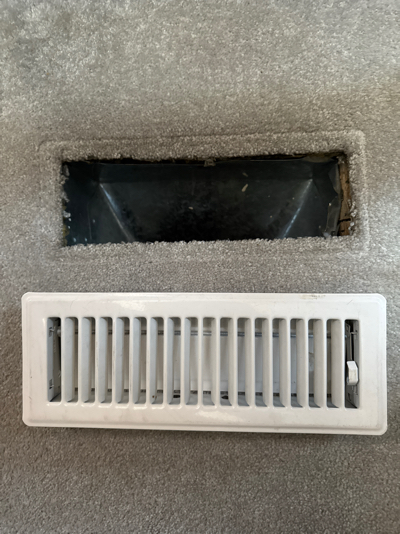
|
Thermal Heat Supply
Thermal was used to inspect for temperature & to demonstrate air flow.
Heat Supply
Visually examined for common defects.
|
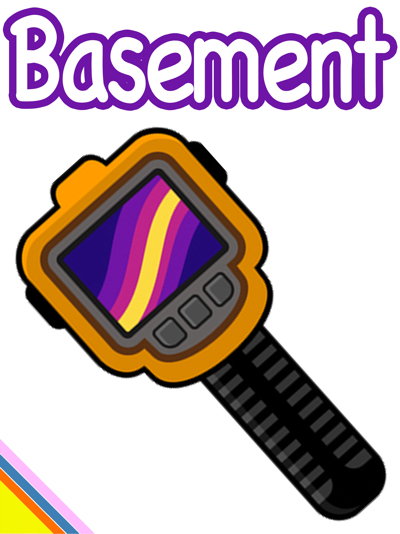
|
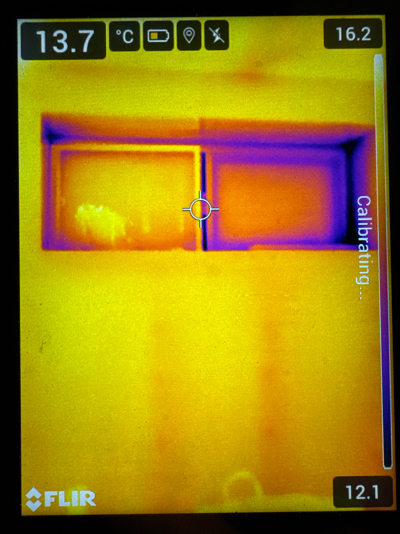
|
Basement Thermal Scan
For Your Records
Thermal Basement Window
Scanned for seal depletion & the presence of moisture.
|
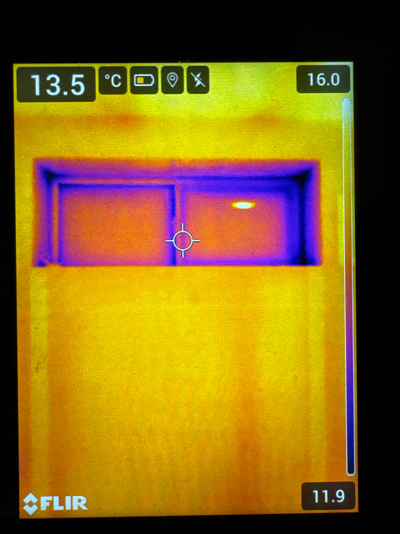
|

|
Thermal Basement Window
Scanned for seal depletion & the presence of moisture.
Support Photo
|

|

|
Thermal Wall
Scanned for irregularities & consistency.
Support Photo
|
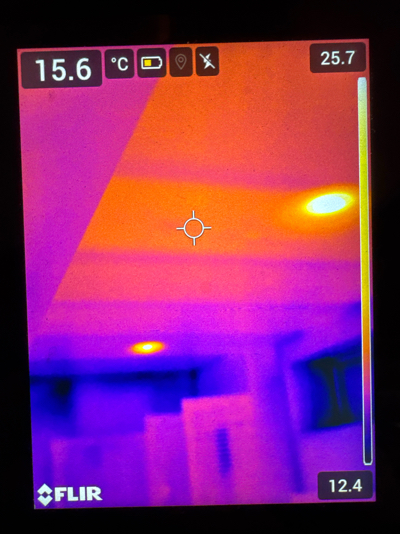
|

|
Thermal Ceiling
We look up, down & all around. Doors, windows, or any penetration in the skeleton of your home is where we usually find the largest tem
Support Photo
|

|
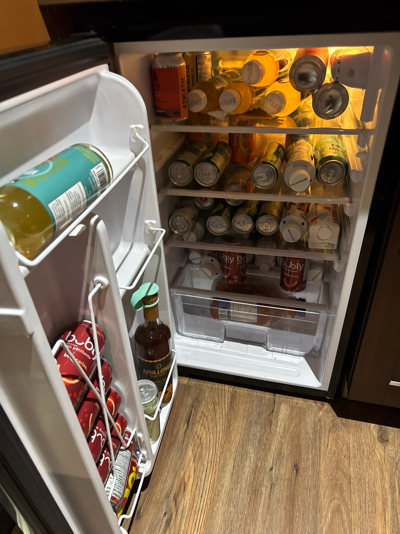
|
Thermal Bar Fridge
Support Photo
|
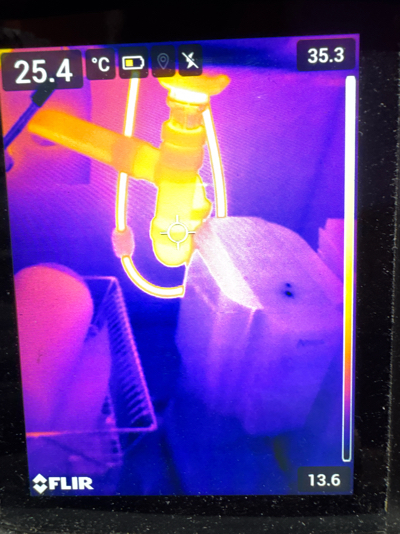
|

|
Thermal Bar Sink
This was tested and functional today. No leaks observed.
Support Photo
|

|
Additional Thermal Scan
Scanned for anomalies.
|
|
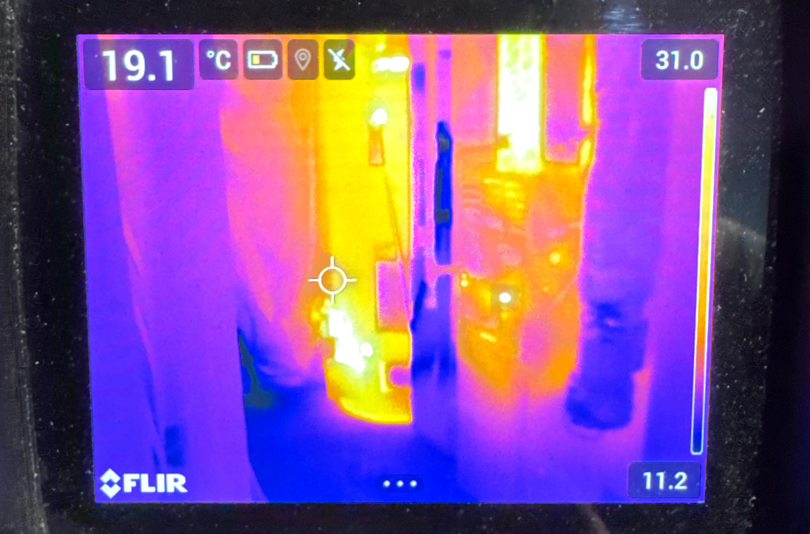
|
Additional Thermal Scan
Scanned for anomalies.
|
|

|

|
|
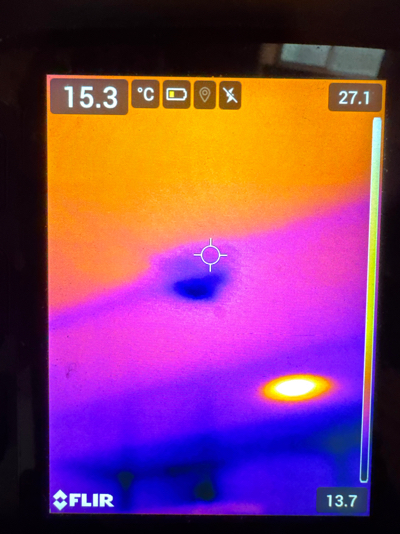
|
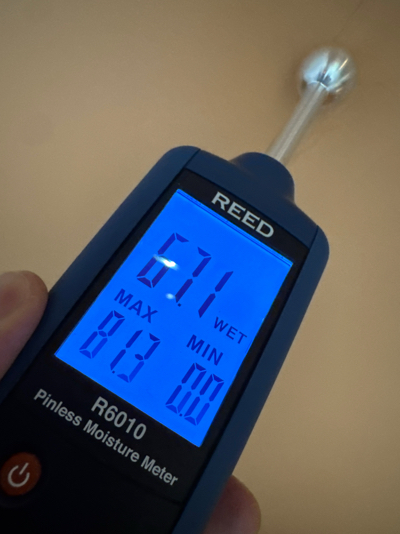
|
|
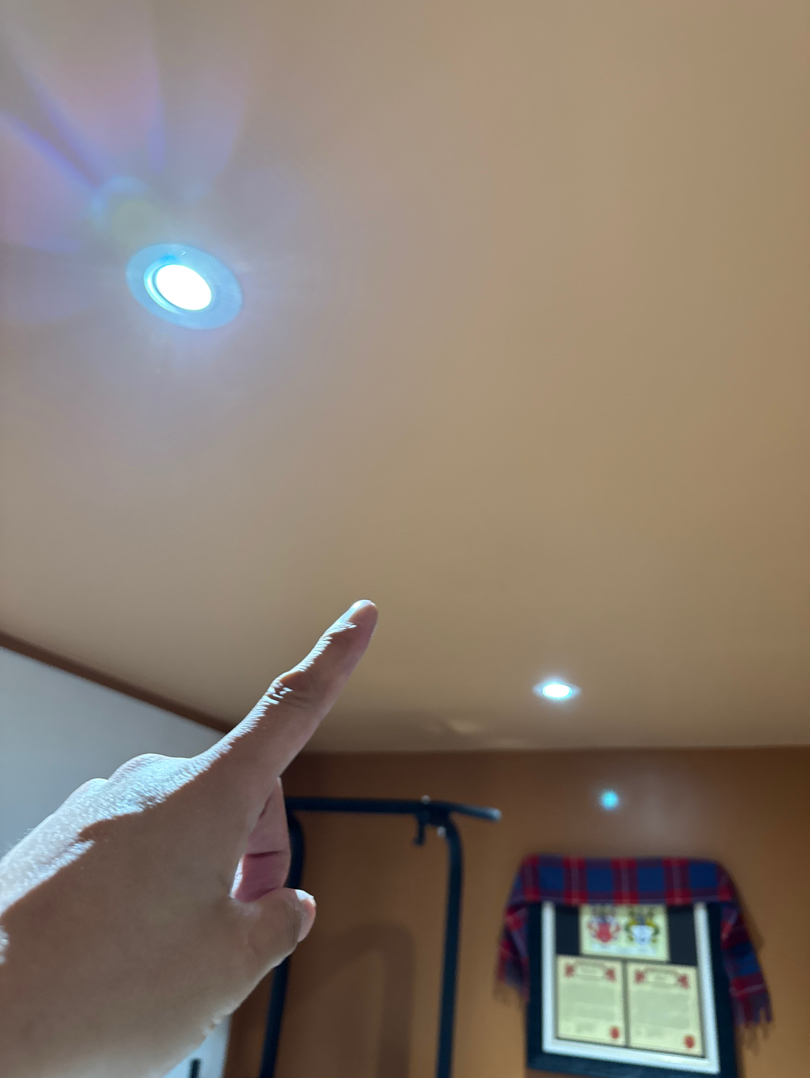
|
Support Photo
|
|
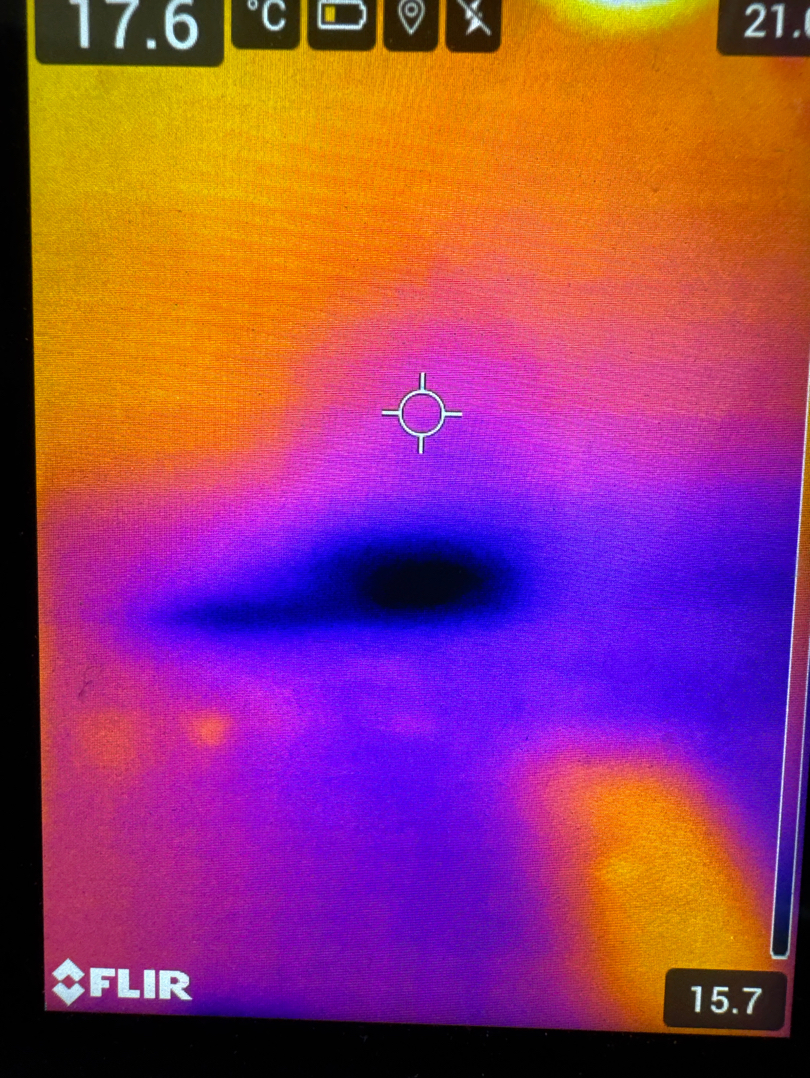
|
|
|
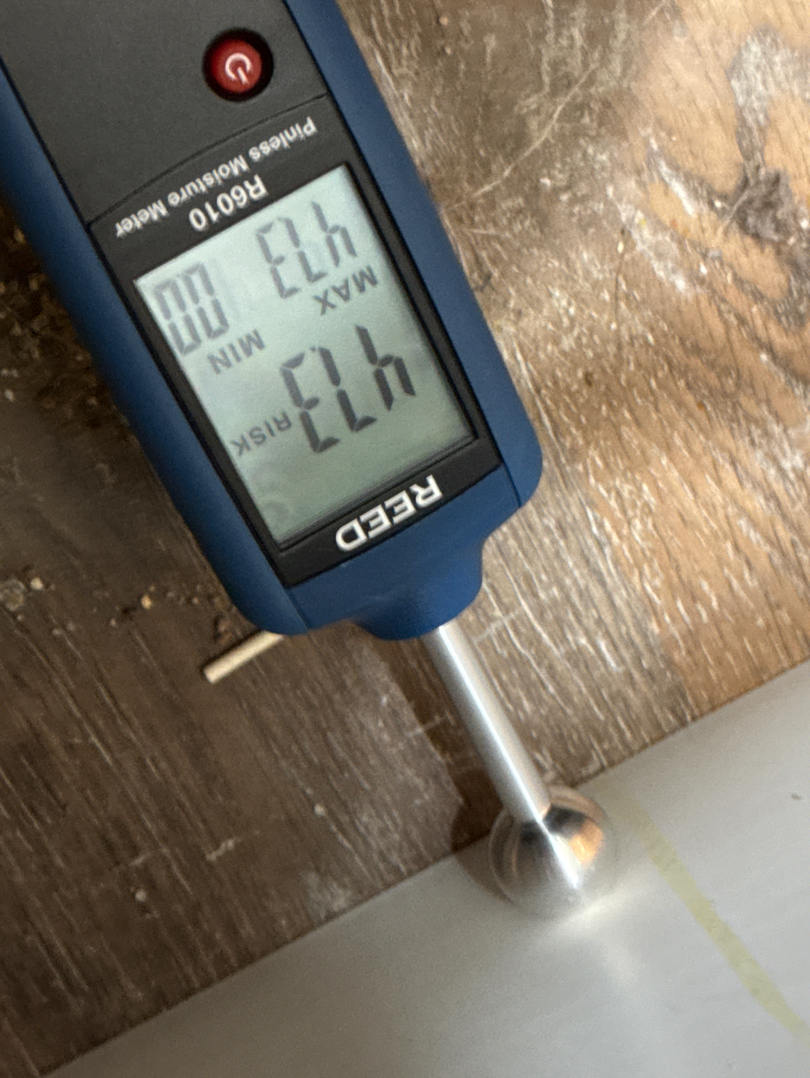
|
|
|
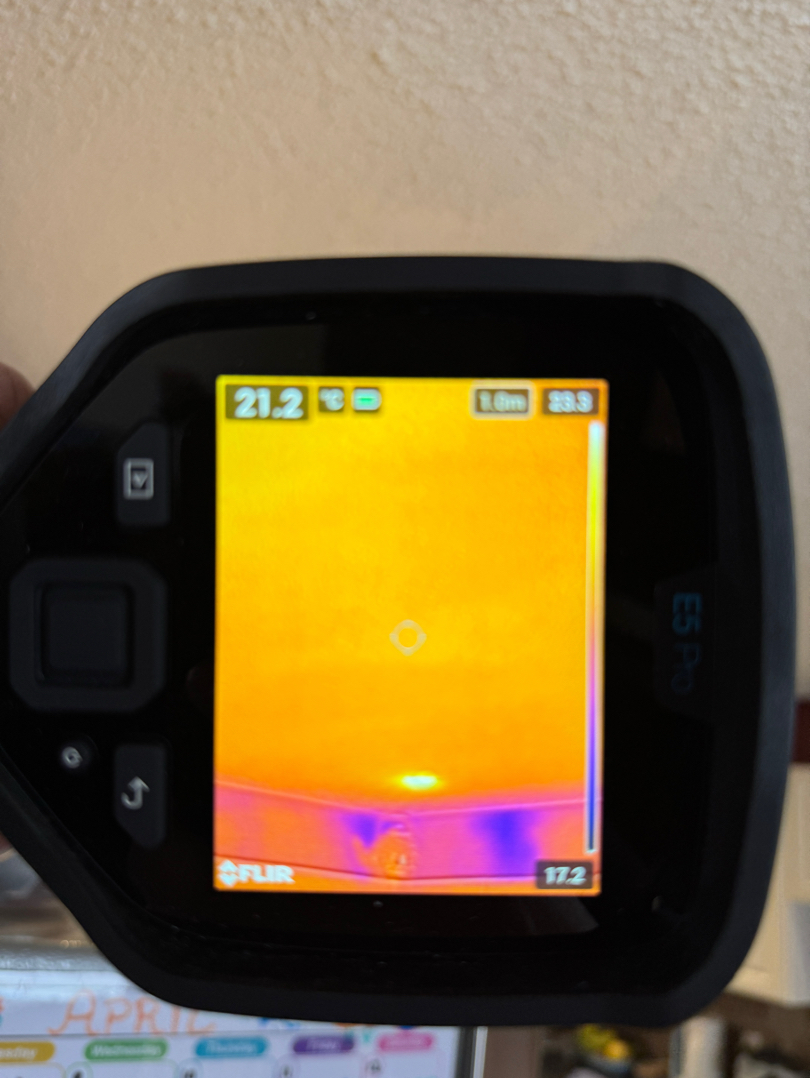
|
|
|
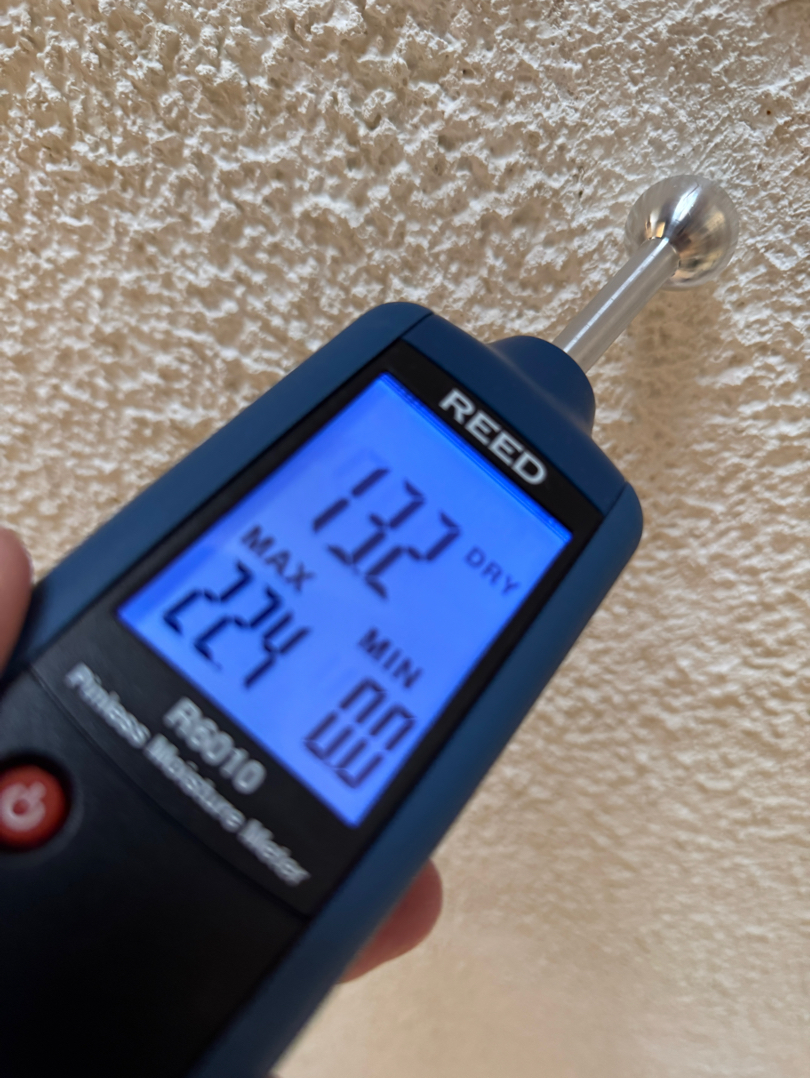
|
Support Photo
Thermal scan was used to confirm area had no thermal variances and dry at the time of inspection. Moisture meter test was done and dry today.
|
|
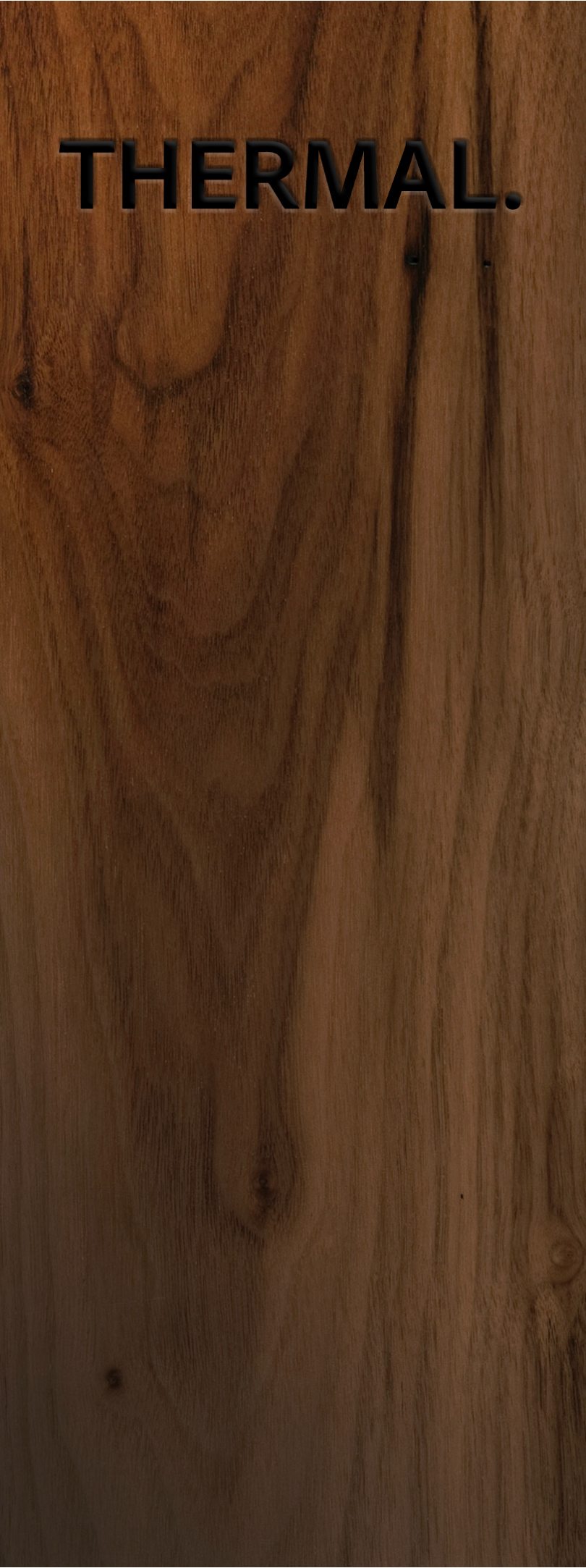
|
Thermal Tech
All objects emit infrared energy, known as a heat signature. An infrared camera (also known as a thermal imager) detects & measures the infrared energy of objects. The camera converts that infrared data into an electronic image that shows the apparent surface temperature of the object being measured.
|
|
| H BACK TO SUMMARY |
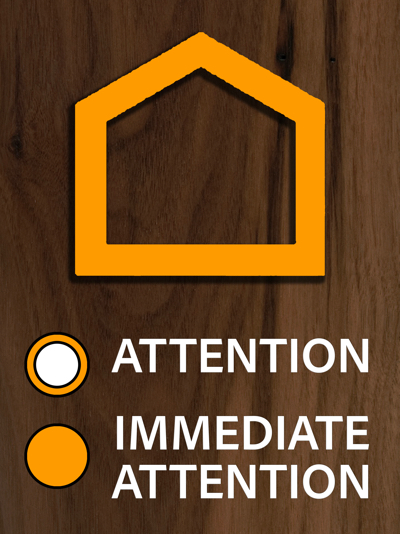
|
Health & Safety Tests
We conduct CO, gas sniffer, GFCI, and outlet tests to safeguard against safety risks and ensure the proper functioning of essential systems in our living spaces. These tests help prevent accidents, health hazards, and property damage, enhancing overall safety and peace of mind.
|

|
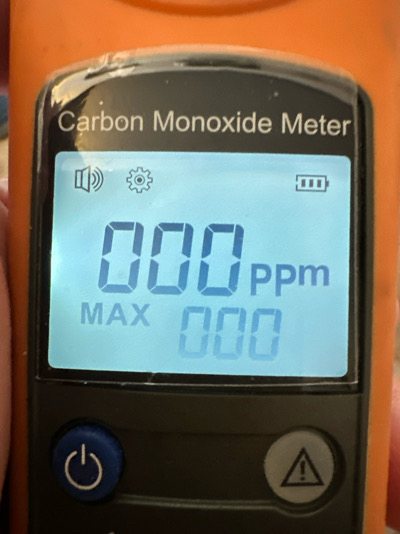
|
Carbon Monoxide Test
Spot checked in suspect areas & used to detect colorless, odorless, & tasteless gas.
Carbon Monixide Secondary Test
Ensuring it falls within safe and healthy levels.
|
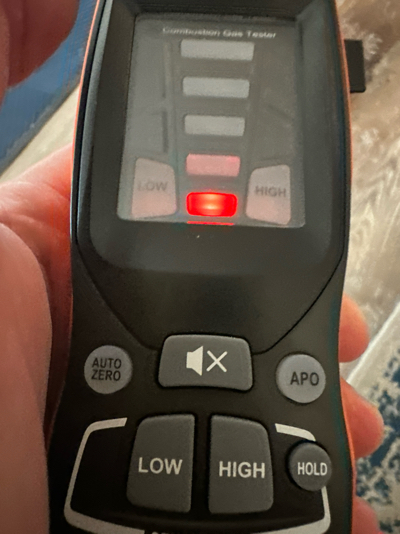
|
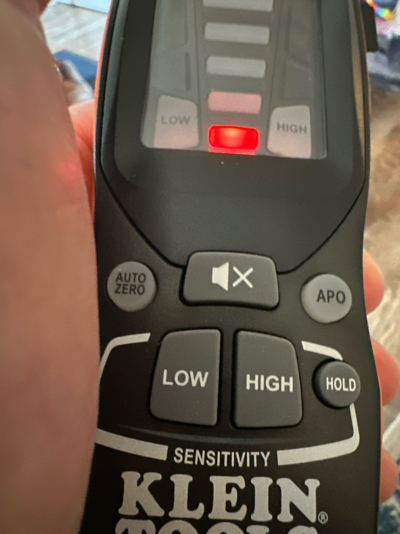
|
Gas Sniffer
Detects and alarms us about potentially dangerous gas leaks.
Secondary Sniff
For your records.
|
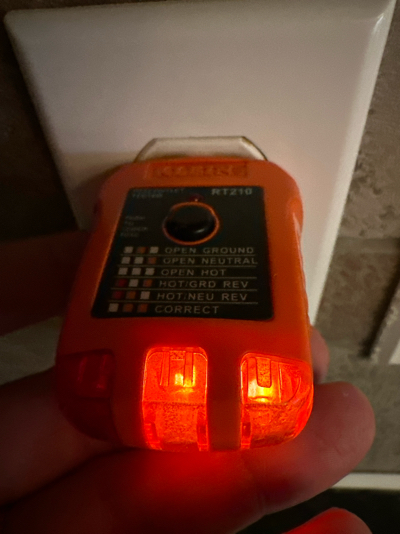
|

|
General Outlet Tests
We hit what we can see. This doesn't mean behind furnishings though.
|
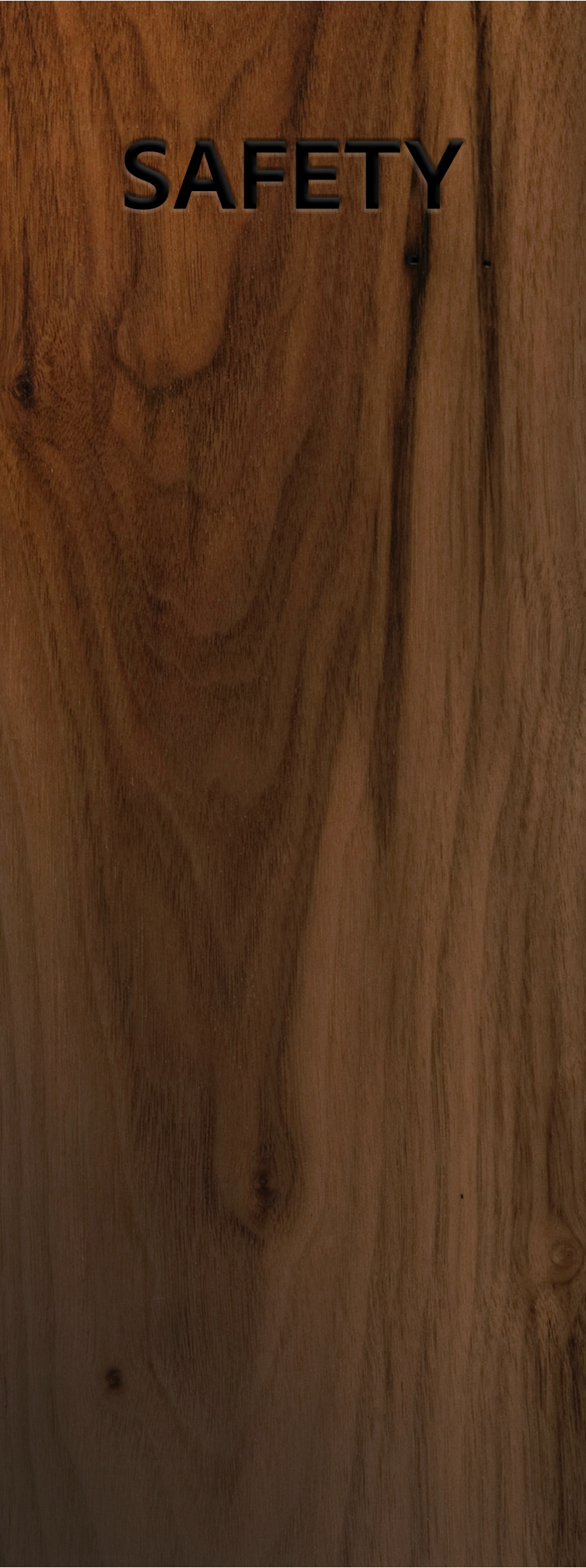
|
Health & Safety Info
Ensuring a safe and healthy living environment is paramount, and conducting these tests is a crucial part of achieving that goal.
|
|
| I BACK TO SUMMARY |
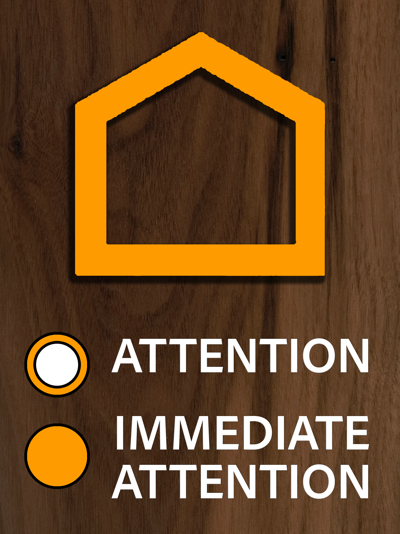
|
Interior Chapter
You know, the inside space of the home, including rooms, hallways, and design elements, where daily activities & living occurs.
|
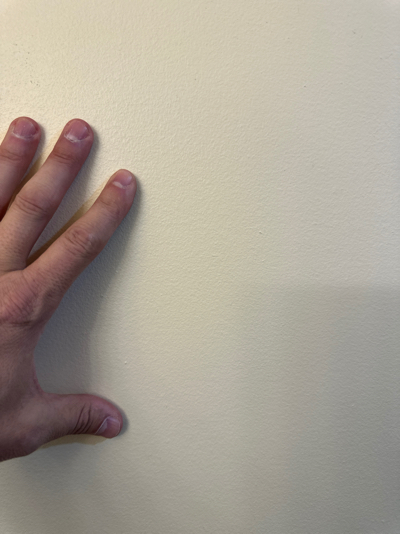
|

|
Wall Material
Visually examined for common defects.
Ceiling Material
Overhead upper surface of the inside of a room.
|
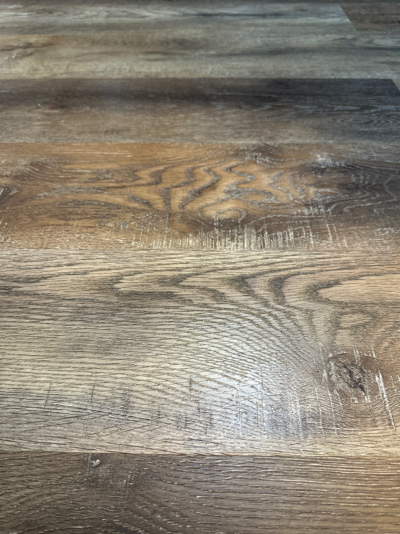
|
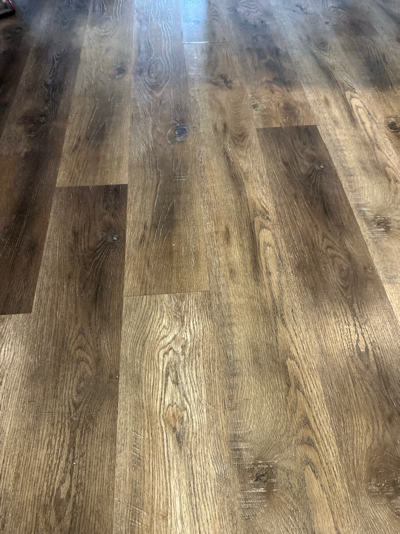
|
Flooring Material 1
We’re not here for flooring inspections, but we keep an eye out for significant issues.
Flooring Material 2
Walk all over me...
|
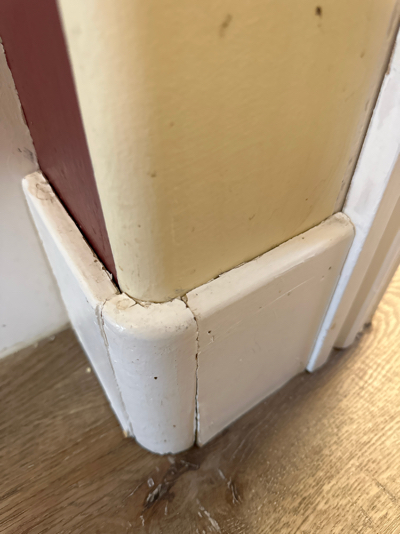
|
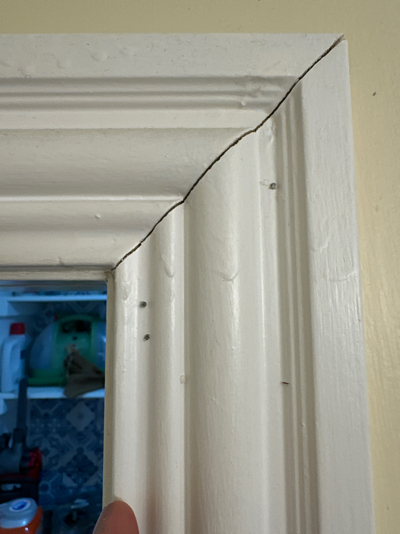
|
Door Casing
The surrounding trim of a door.
|

|
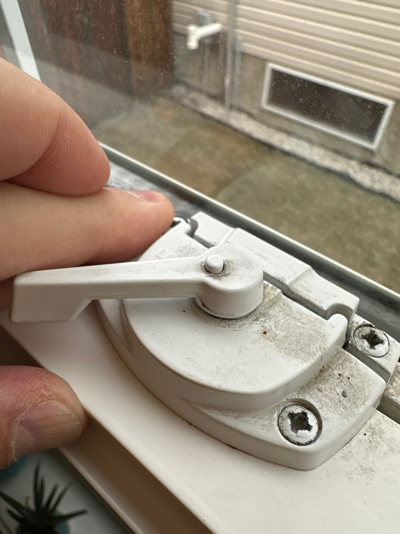
|
Window Screens
Also known as insect, bug, fly screen, flywire, or window net. Designed to cover the opening of a window.
Window Locks
They say motion is lotion...Exercise & clean it regularly.
|

|
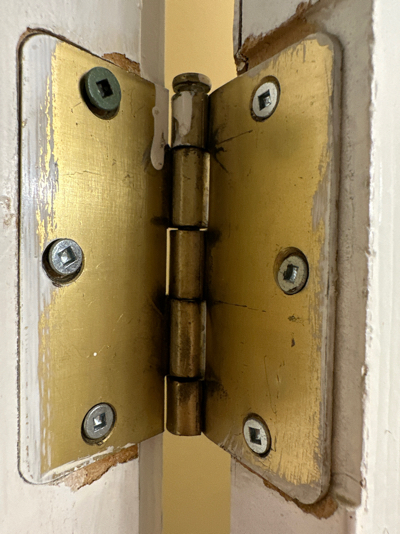
|
Door Knob
Snug up door knobs/handles, towel bars, toilet paper holders & door stops. A yearly routine will help keep it ship shape!
Door Hinge
One of the home's hardest working components. Keep'm snug & clean.
|
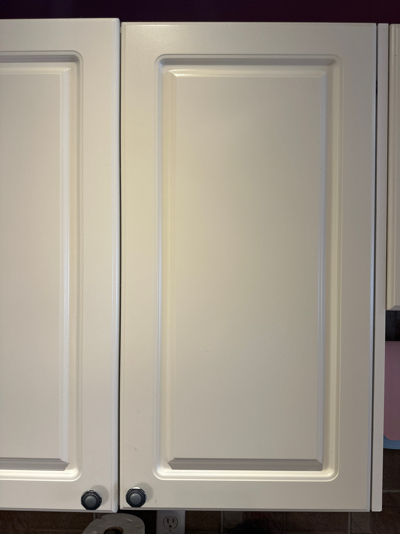
|

|
Cabinetry Door
These will need tweaking every now & then. Dust often with a lint free soft cloth.
Cabinetry Hinge
We recommend cabinet tune-ups for alignment & function as required. 1/4 turn at a time.
|
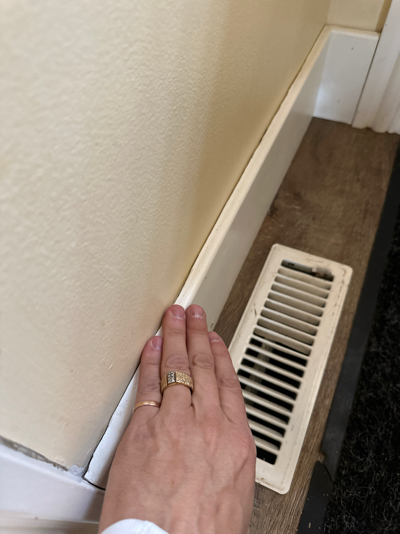
|
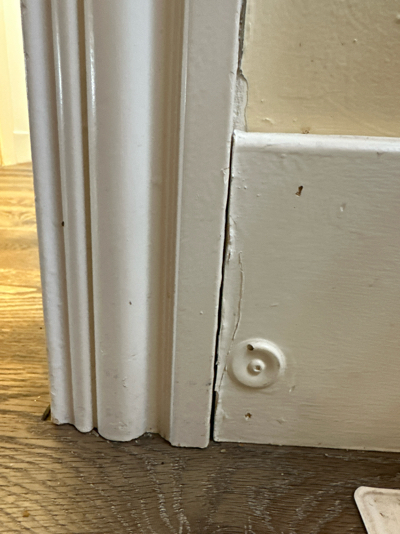
|
Baseboard
Used for protection & beautification, it runs between the floor & the wall.
Baseboard Seam / Joint
A joint formed by two materials.
|
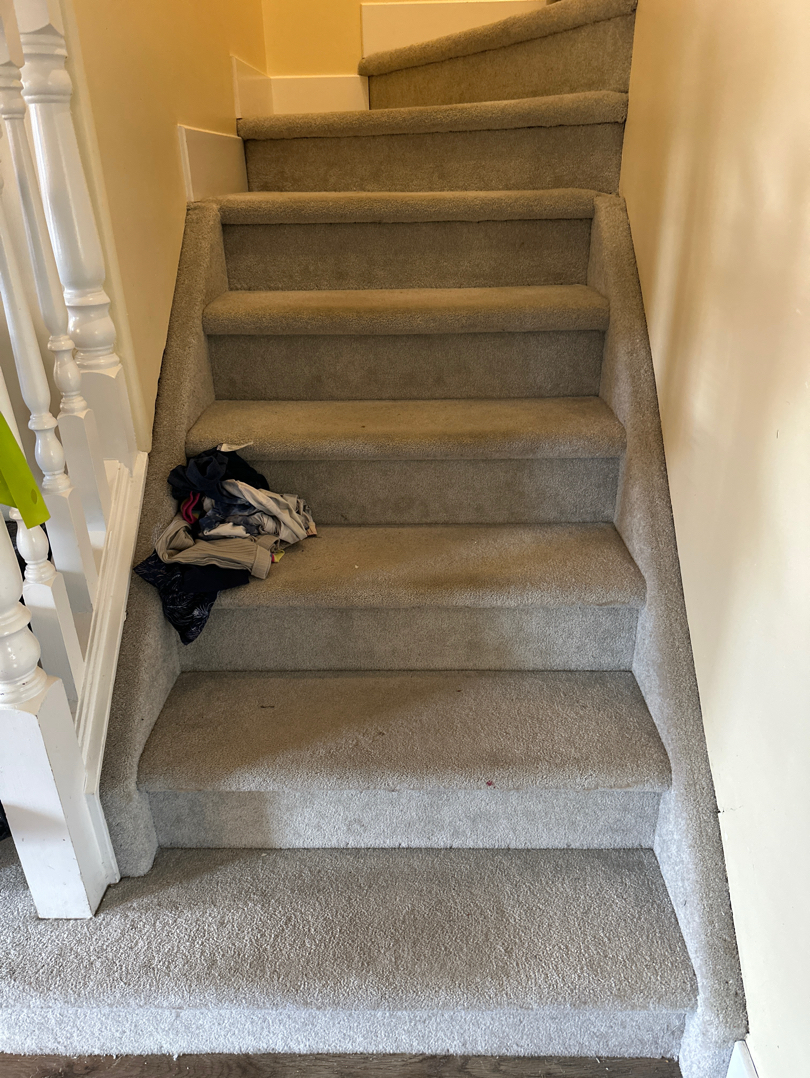
|
Stairs
Watch your step! designed to bridge a large vertical distance & get you safely to the top.
|
|
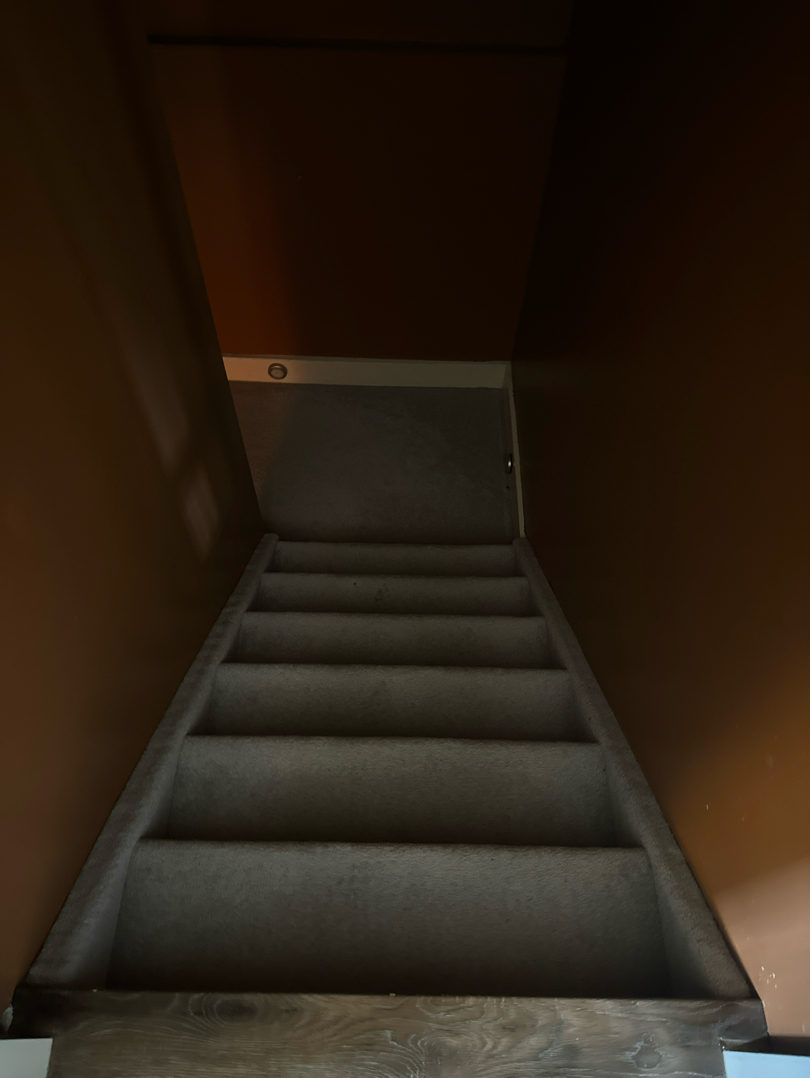
|
Stair Stuff
Stairs require design attention to safety and comfort. Key aspects include ensuring uniform step height and depth, adequate handrail support, and non-slip surfaces. Maintenance involves regular checks for wear, loose parts, and ensuring good lighting. Safety tip: Keep stairs free of clutter and promptly repair any damage to prevent falls. In homes with young children, install safety gates at the top and bottom. Properly maintained stairs enhance safety and accessibility for all users.
|
|
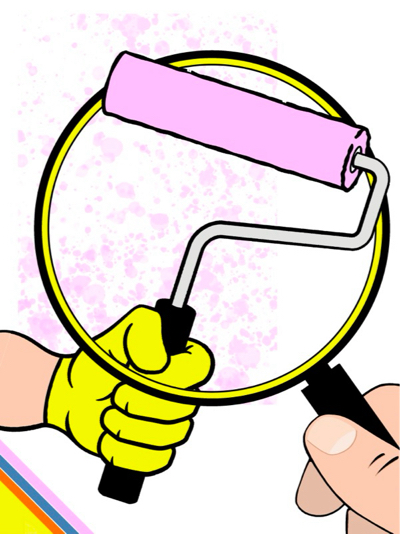
|
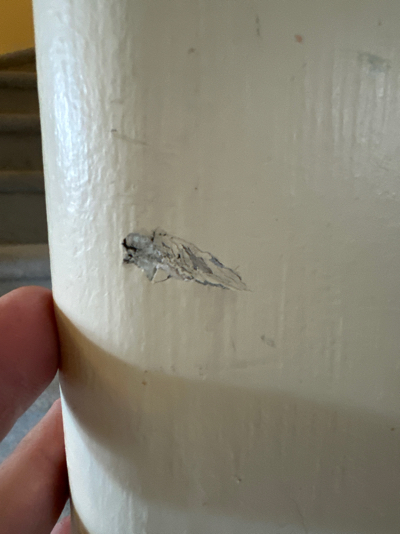
|
Cosmetic Page
Scratches, dents, uneven paint and more that affect appearance but not the structural integrity or functionality.
Imperfection
Also known as a FLAW.
|
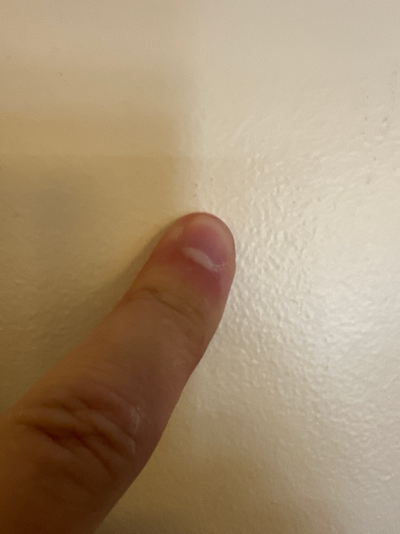
|
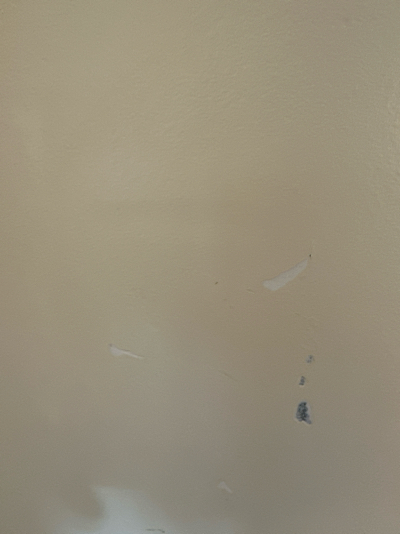
|
Nail Pop
These are usually harmless but keep an eye on them for change.
Tape Seam(s)
The culprit is the installation. For the seam to disappear, it must be covered with a compound in a specific way.
|
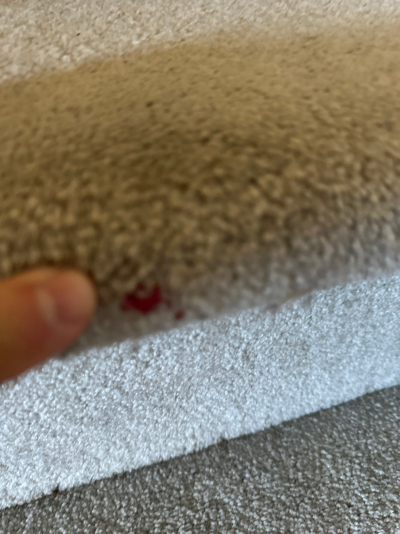
|
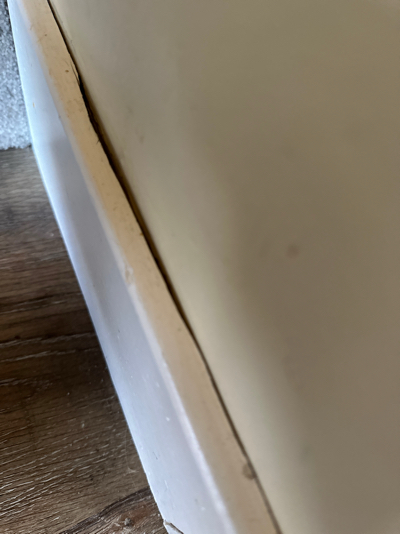
|
Stain
Discoloured & clearly distinguished from the surface around it.
Sealant Depletion
Used to seal joints or seams against leakage in various structures & piping.
|

|
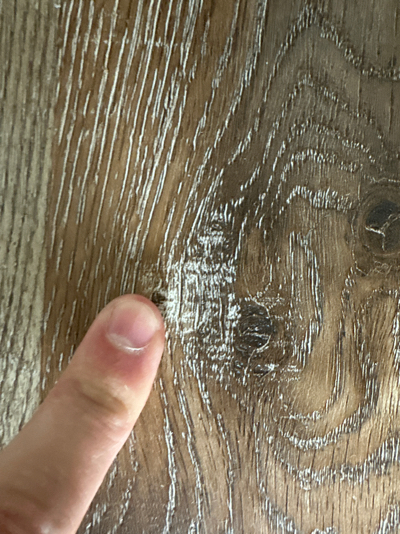
|
Ceiling Defect
Clearly distinguished from the surface around it.
Flooring Defect
Wear & tear (otherwise known as deterioration) that can be reasonably expected to occur.
|

|
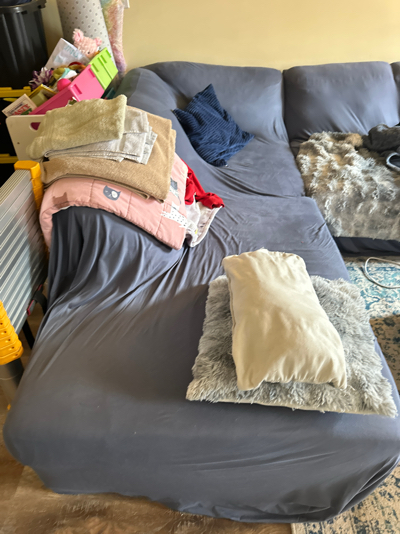
|
Obstructions Page
Items or conditions that hinder or block access and inspection of key areas, potentially concealing defects or issues.
Additional Obstructions
|
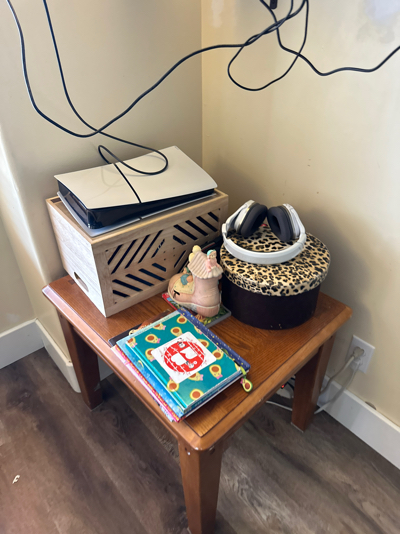
|
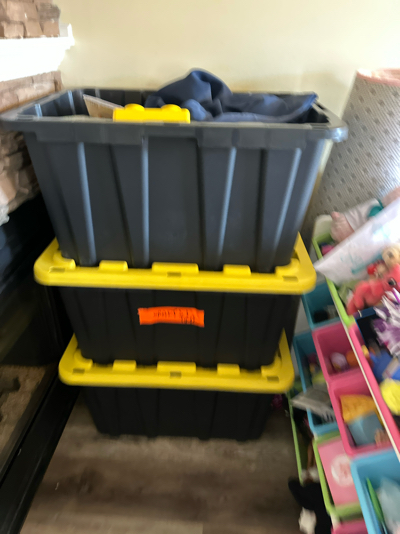
|
Additional Obstructions
Additional Obstructions
|

|
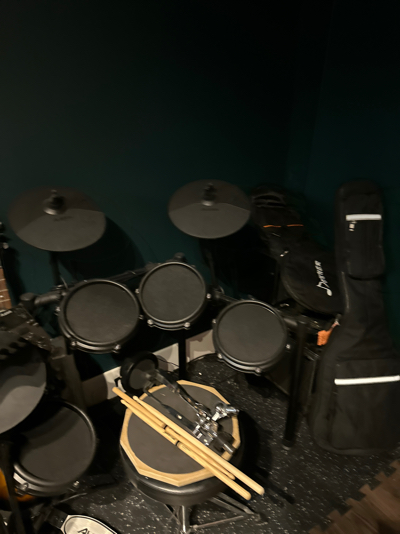
|
Additional Obstructions
Additional Obstructions
|
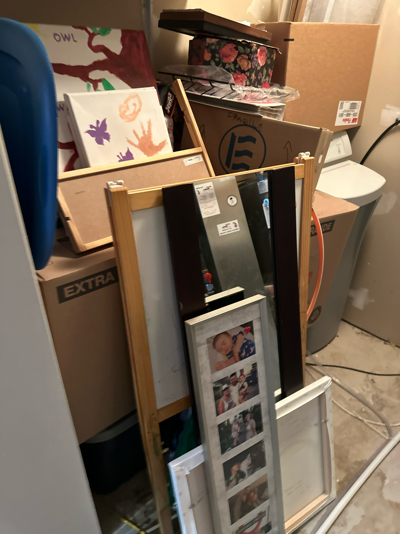
|
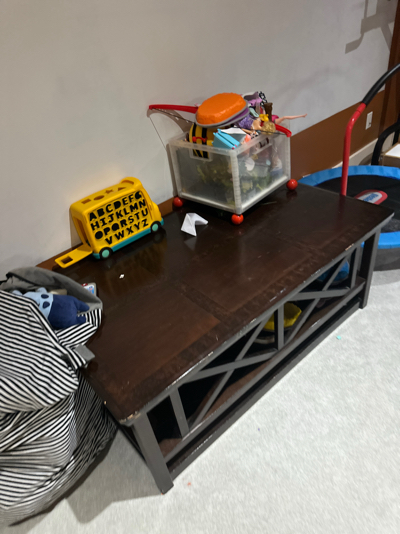
|
Additional Obstructions
Additional Obstructions
|

|
Random Superficial Defects
Random Superficials Defects: This is just a heads up for the next page.
|
|
| W BACK TO SUMMARY |

|
Window & Door Systems
These are assemblies of components designed for the egress operation of the home. We test to ensure functionality & security.
|
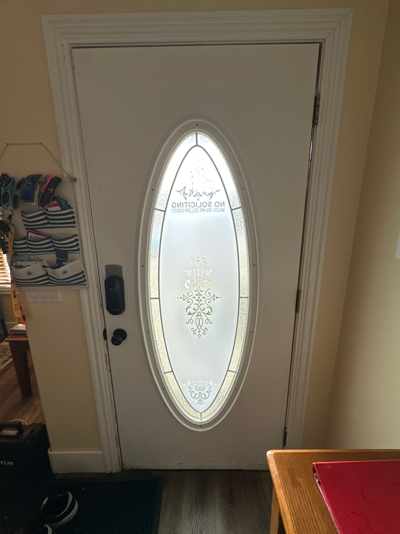
|
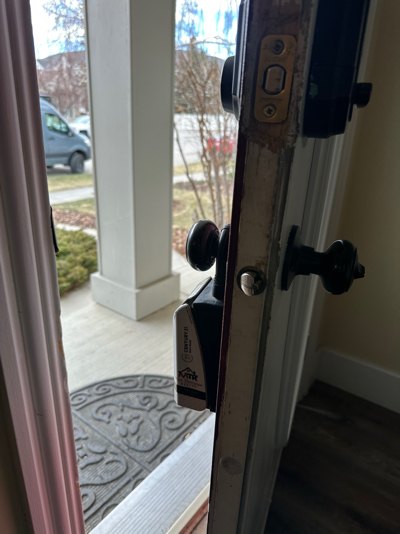
|
Front Door
A well functioning & good looking door establishes an appeal but also increases the value of the home.
|

|
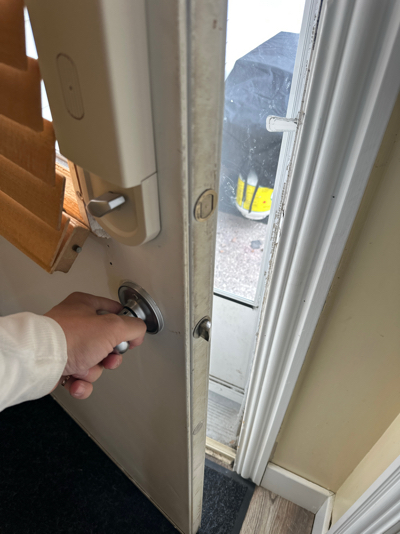
|
Open / Close Operation
|
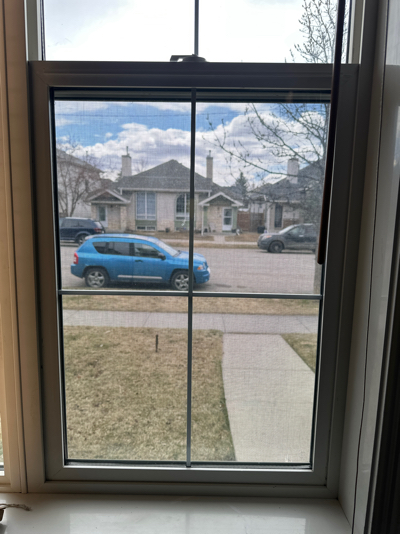
|

|
General Window 1
Clean windows are an asset to your home's appeal & charm. This would be a top ten "must do" before showing/listing
Open / Close Operation
|
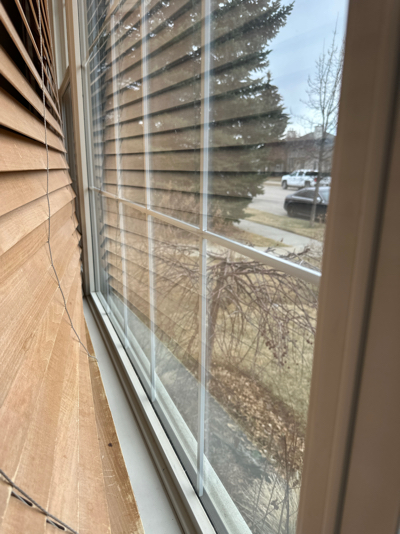
|

|
General Window 2
It can be a real "Pane" replacing windows. Maintenance is the key to longevity.
Open / Close Operation
|

|

|
General Window 3
Examining the flange, fasteners, envelope & more.
Open / Close Operation
|

|
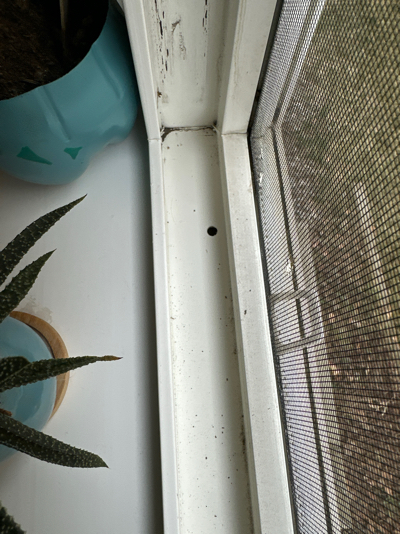
|
General Window 4
For your records.
Open / Close Operation
|
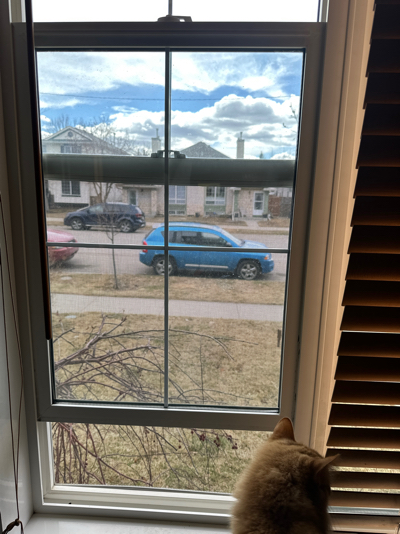
|
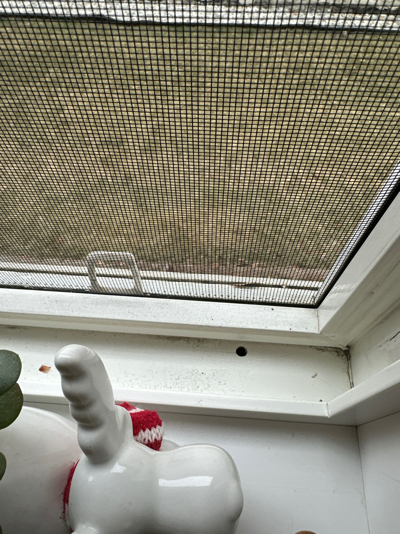
|
General Window 5
Open / Close Operation
|
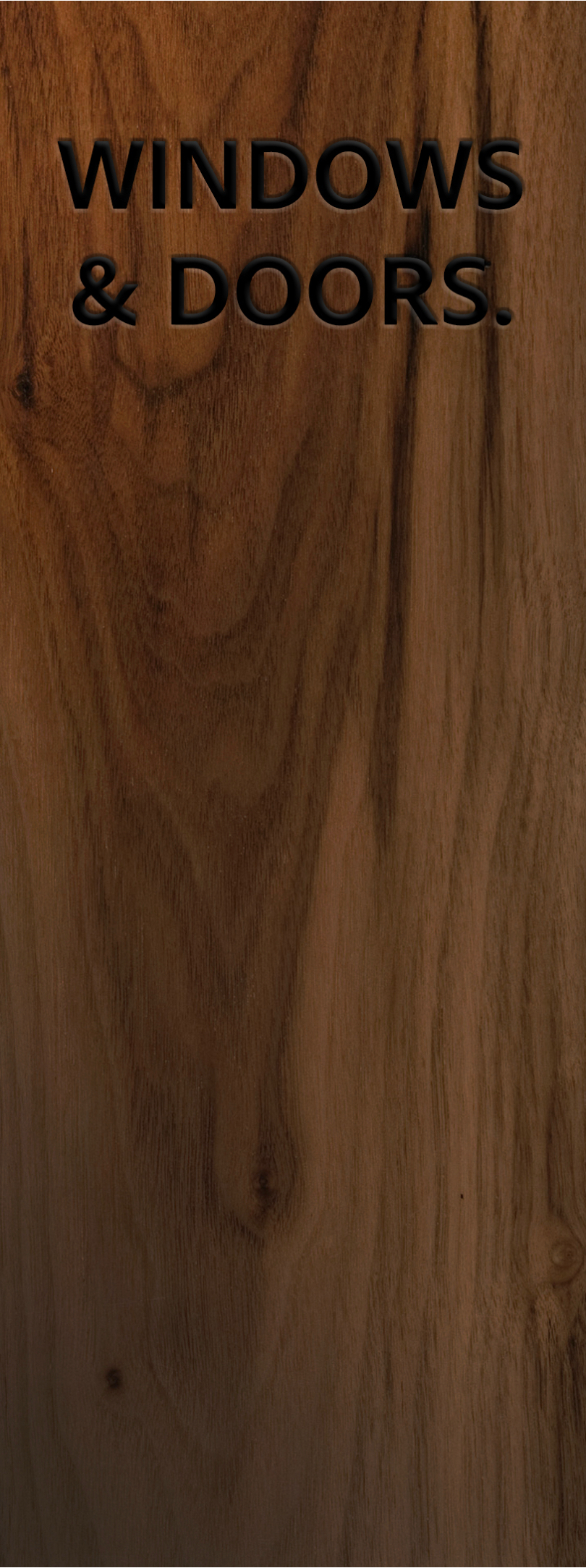
|
All About Windows
Windows are essential for providing natural light and ventilation while also enhancing the aesthetics of your home. Regular maintenance ensures they remain functional and efficient. Start by cleaning the glass and frames to remove dirt and grime, which can affect their appearance and performance.
|
|
| A BACK TO SUMMARY |
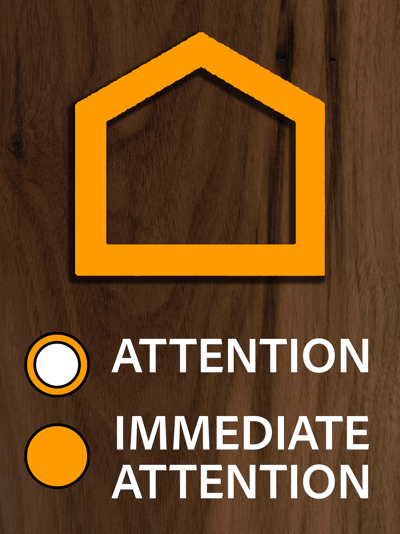
|
Appliances Systems
This refers to electric or mechanical devices within a residence that are subject to evaluation for functionality, safety. These appliances include, but are not limited to, kitchen appliances, HVAC systems, water heaters, and electrical fixtures, and they are assessed to ensure they are in proper working condition.
|

|
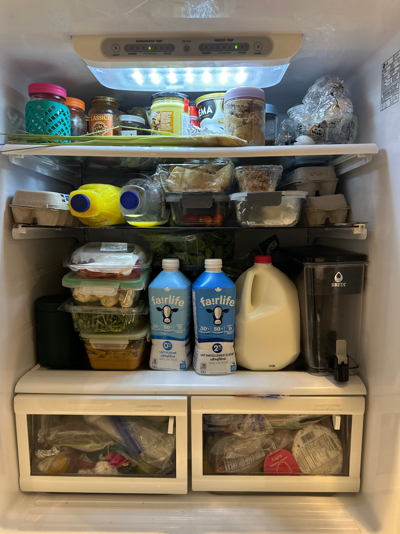
|
Inside Fridge
For your records.
|

|

|
Freezer
An appliance that preserves food by keeping temperature below freezing.
Inside Freezer
Visually examined for common defects.
|

|

|
Microwave
Nuke It! Be sure to ask for documentation/manuals on all appliances.
Inside Microwave
Visually examined for common defects.
|

|
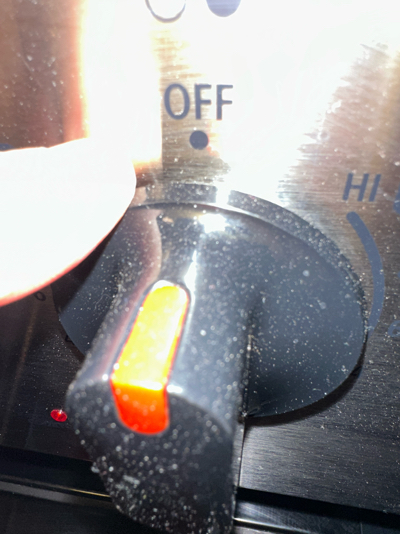
|
Stovetop
Checked for operation. Turned ON & OFF
Controls OFF
We document the process of turning off certain items with photos to provide visual evidence of their status.
|
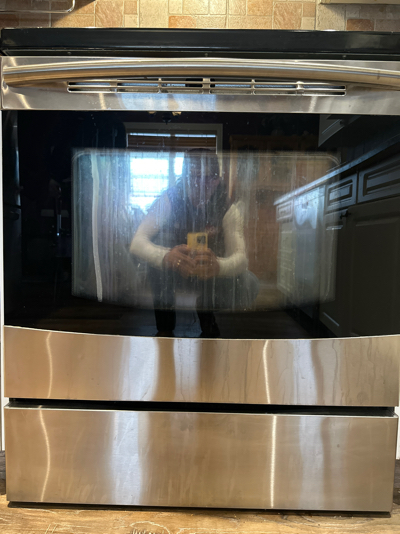
|

|
Suite Oven
Checked for operation. Turned ON & OFF.
Inside Oven
Inspected for deficiencies using normal operating procedures.
|

|
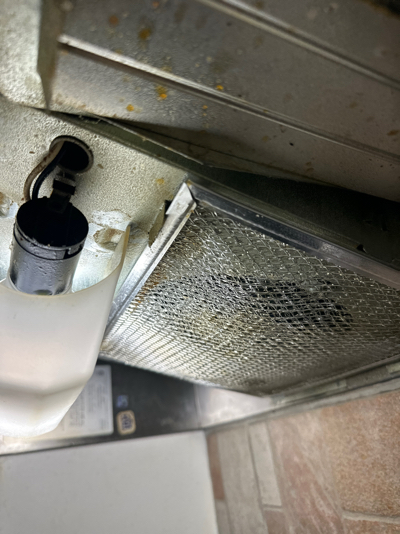
|
Hood Fan Control
Showing operation
Underside of Hood Fan
Routinely clean filters & fan blades to ensure efficient ventilation & prevent the buildup & debris.
|
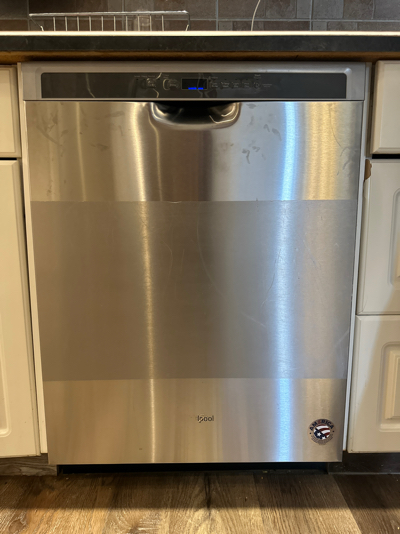
|

|
Dishwasher Run
Tested for a quick cycle during our inspection. We always power down and leave the door cracked to ventilate.
Inside Dishwasher
For your records.
|

|
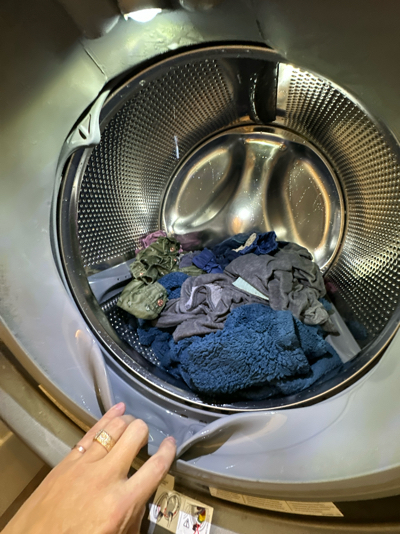
|
Washer
Tested for operation & run through a cycle.
Inside The Washer
Maintain your washer by cleaning, checking for leaks in hoses & running periodic cleaning cycles to prevent issues.
|
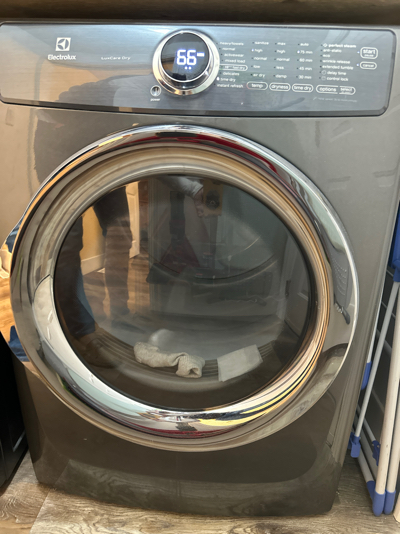
|
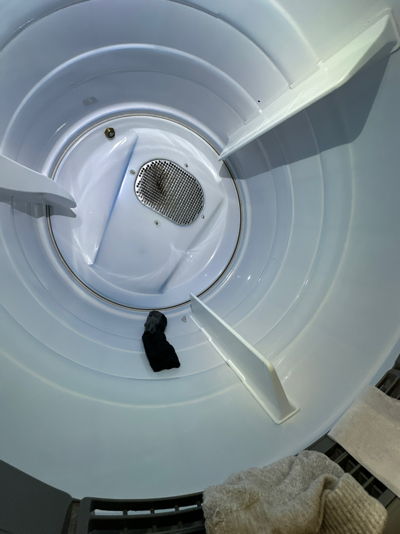
|
Dryer
Tested for operation and heat.
Inside The Dryer
For your records.
|
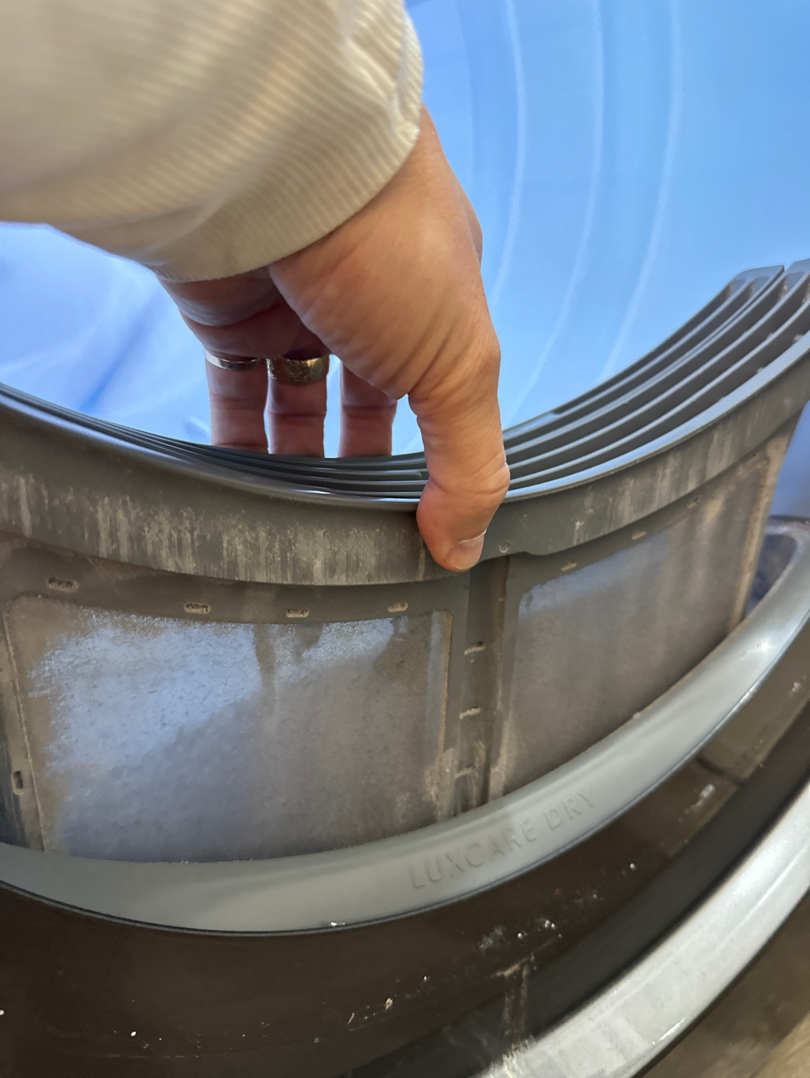
|
Dryer Lint Trap
Lint-filled air passes through a removable wire mesh as it exits the machine to the dryer vent.
|
|
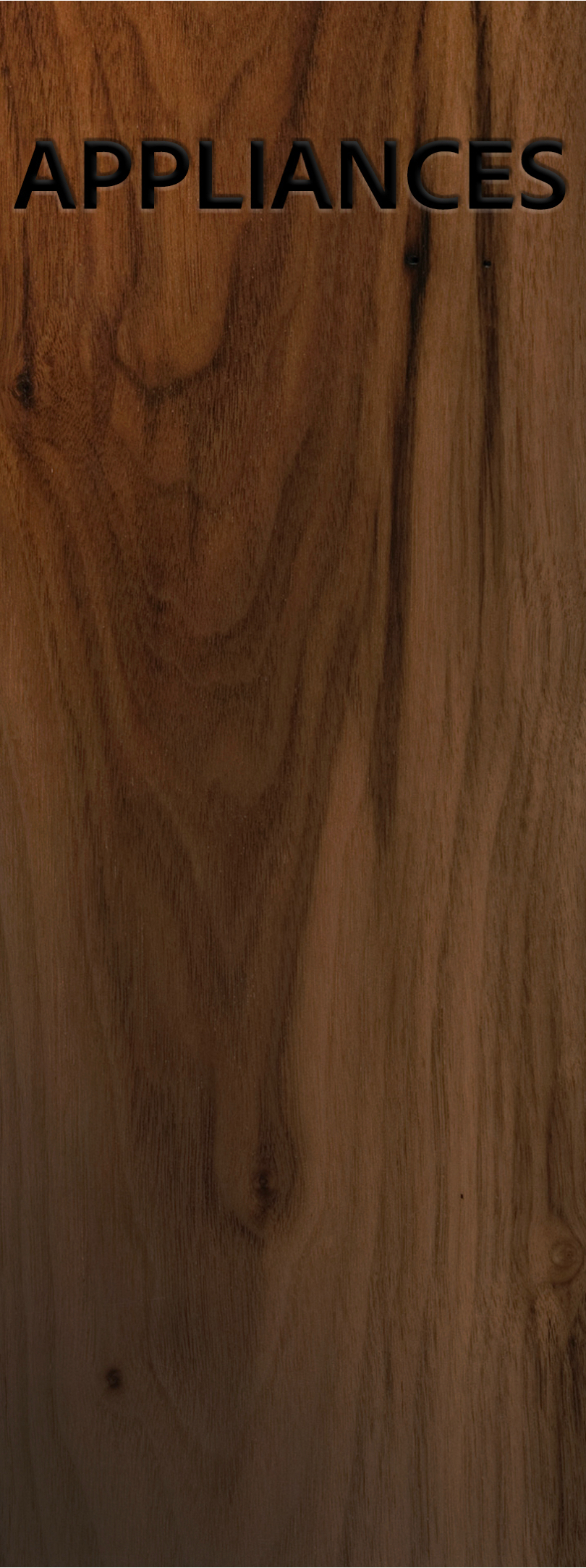
|
Appliance Maintenance
Proper maintenance of your kitchen and laundry appliances is essential to keep them running smoothly and extend their lifespan. Here are some basic tips to help you maintain these crucial household machines:
|
|
| P BACK TO SUMMARY |

|
Plumbing Systems
Homes consist of a network of pipes, fixtures, and appliances that facilitate the distribution of water for various household needs, such as drinking, bathing, cooking, and sanitation. These systems also include drainage components that safely remove wastewater and sewage from the property for treatment or disposal.
|
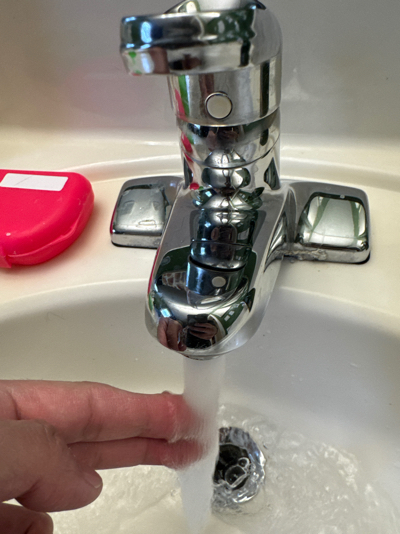
|

|
Plumbing Faucets
Functional testing, pressure checks, & meticulous inspections for any indications of leaks.
|
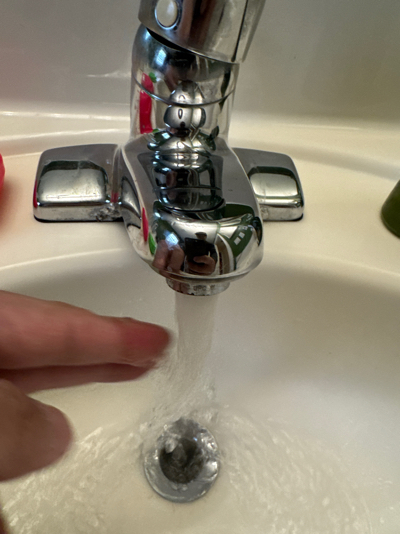
|

|
|

|
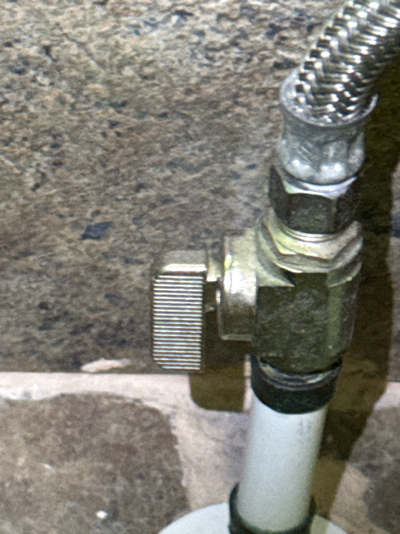
|
Plumbing P-Traps
Gently applied pressure to ensure it is securely connected and doesn't move or leak.
Plumbing Shut-Offs
For your records.
|
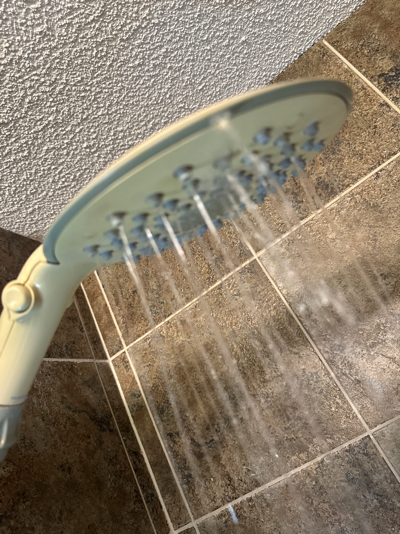
|
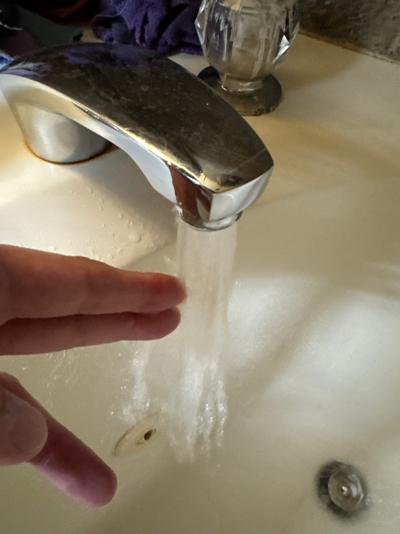
|
Shower Head:
For your records.
Tub Filler:
For your records.
|
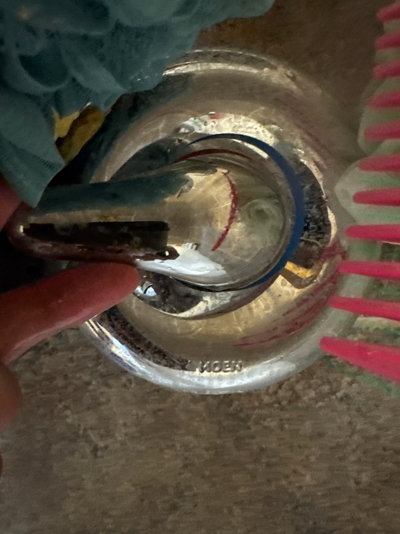
|
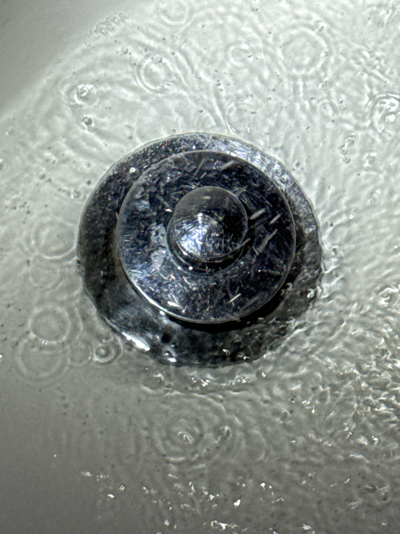
|
Bath Drain
Keeps the water in & lets the water out. Sometimes " the collector" of hair...
|

|
Tub
Make sure your cleaners are safe for your bathtub. Quick clean after every use is the way to go.
|
|
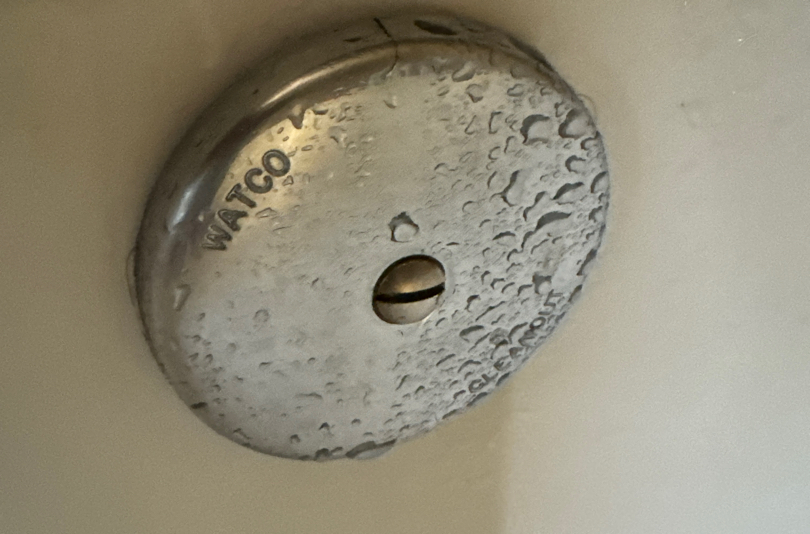
|
Overflow
These help the forgetful & can possibly prevent a flood.
|
|

|
|
|
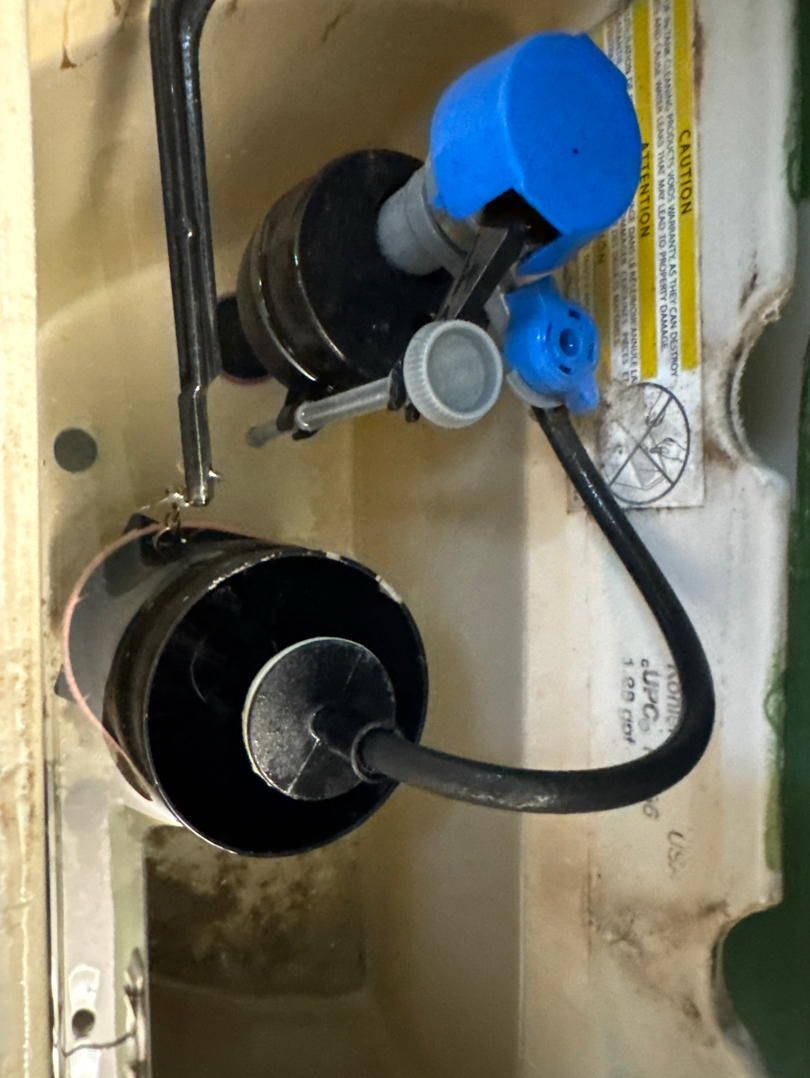
|
Toilet Tank
Otherwise known as The Back Rest. How Often Should You Clean Your Toilet Tank? Shoot for twice a year to avoid mildew, rust, & grime & to prevent a buildup of minerals that can damage the parts.
|
|
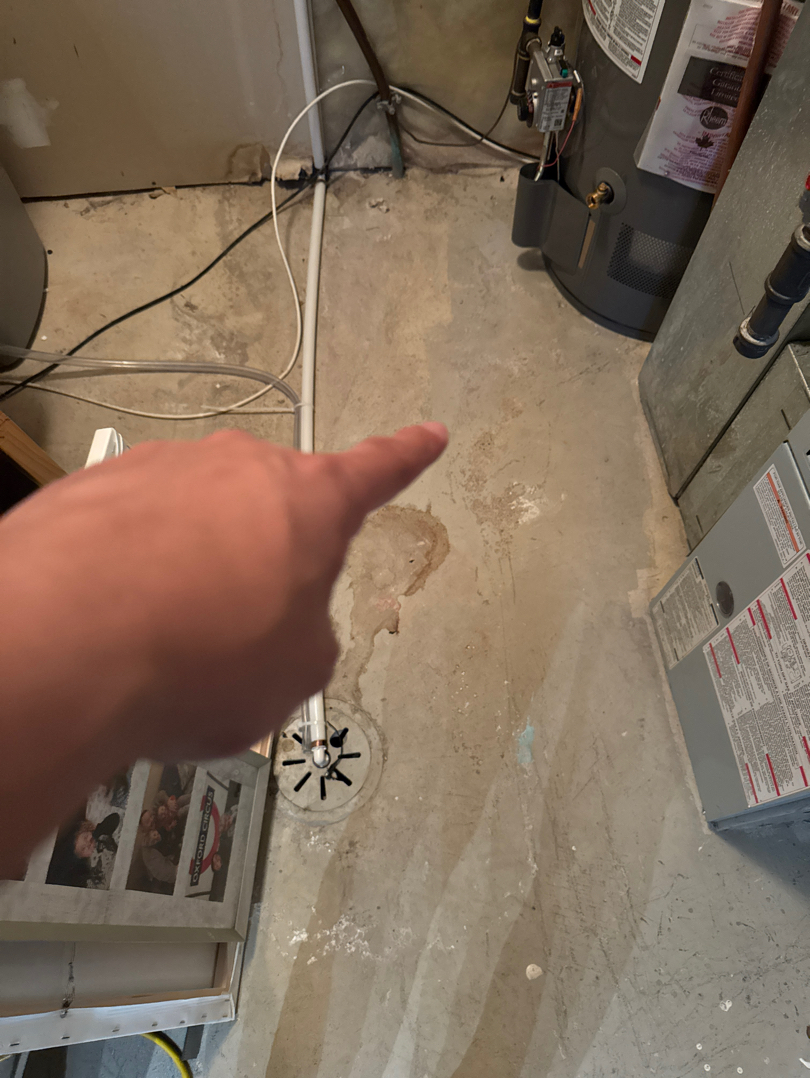
|
|
|
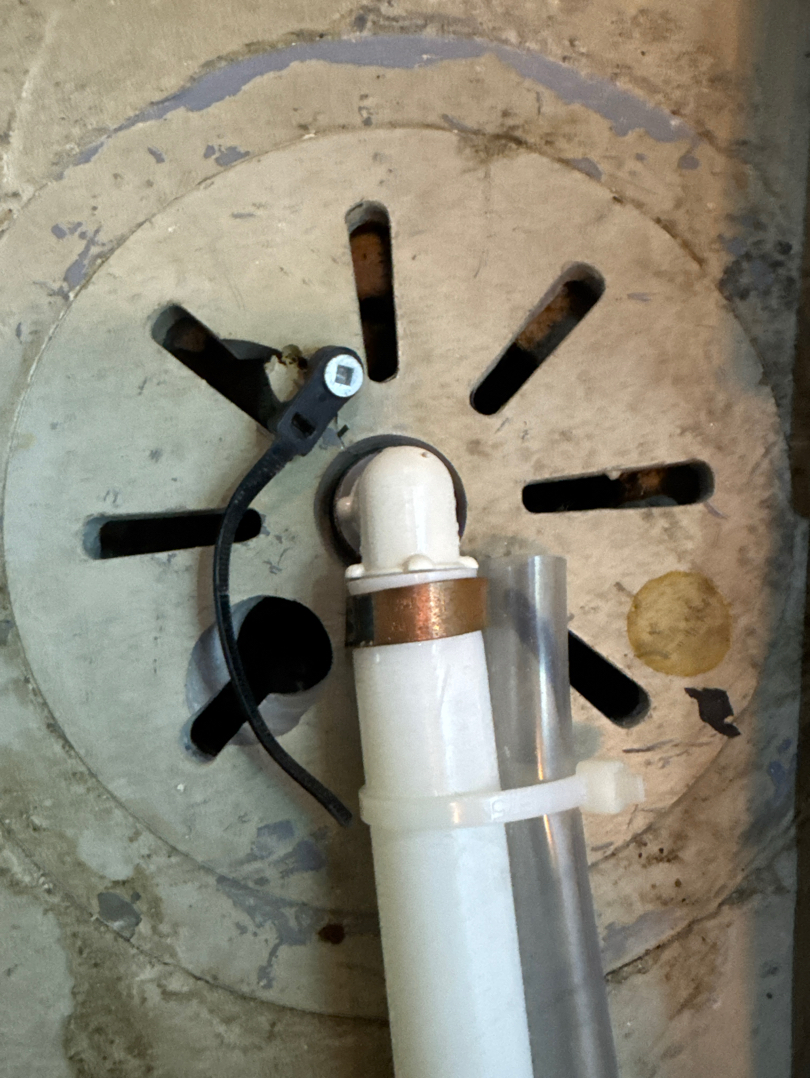
|
Main House Drain
This system connects & extends with the sewer.
|
|

|
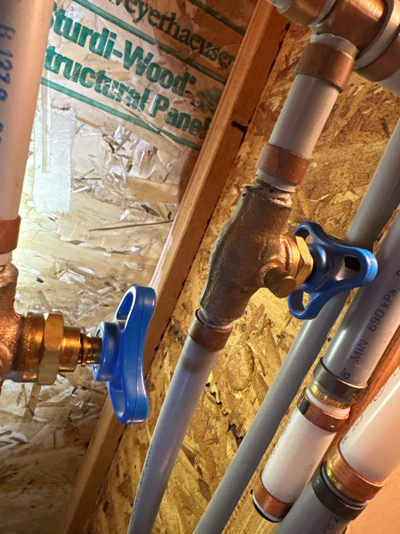
|
Exterior Hose Bib
The outdoor faucet used for connecting hoses to access water for tasks like gardening or cleaning.
Interior Shutoff
Shutting off exterior water in winter prevents freezing and costly plumbing damage.
|
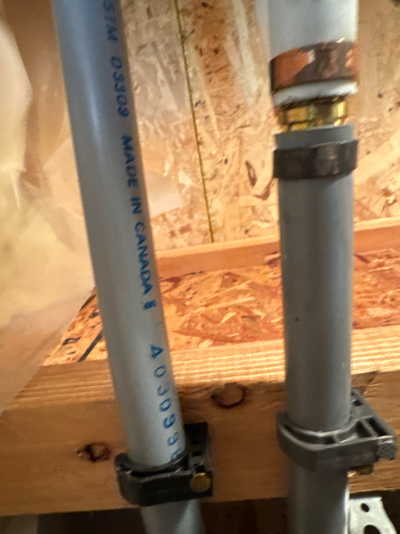
|

|
|
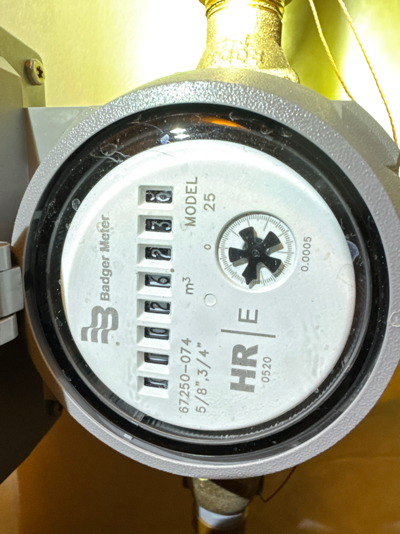
|

|
Plumbing Water Meter
Used to measure & records the amount of water consumed in a household for billing and monitoring.
Main Water Shutoff
For your records.
|

|

|
Hot Water Tank
For your records.
Pressure Relief Valve
IMPORTANT feature. This do dad releases excess pressure for safety.
|

|
Hot Water Tank Data Plate
This contains essential details such as the manufacturer's information, model and serial numbers, tank capacity, energy source, input and output ratings, voltage requirements, relief valve specifications, manufacturing date, and warranty information. This information serves as a crucial reference for homeowners and technicians when troubleshooting, maintaining, or replacing the hot water tank, ensuring it operates efficiently and safely, and facilitating warranty-related claims or repairs as necessary.
|
|
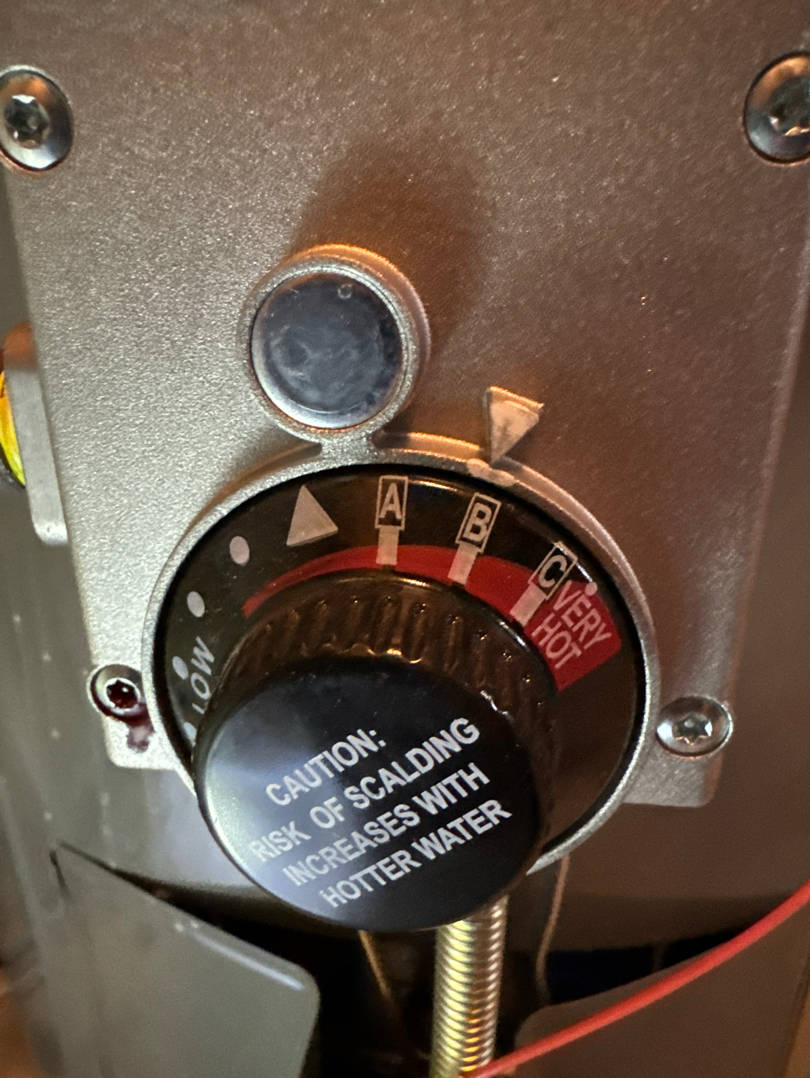
|
Hot Water Thermostat
This is a temperature control device typically located on the tank's exterior. It allows users to set and regulate the water temperature within the tank, ensuring it reaches the desired level of warmth for various household needs, such as bathing and cleaning. The thermostat monitors the water temperature and signals the heating element to turn on or off to maintain the selected temperature, promoting energy efficiency and preventing overheating or scalding hazards.
|
|

|
The Gas Meter
This is a critical device that measures and records the volume of natural gas consumed in a residential or commercial property. It plays a pivotal role in billing accuracy, ensuring that customers are charged for the precise amount of gas they use. Gas meters typically feature a display that provides real-time readings, allowing both consumers and utility companies to monitor gas usage. These meters are essential for managing energy consumption, budgeting, and promoting energy efficiency while ensuring that gas is safely delivered to homes and businesses.
|
|

|
Gas Shutoff
For your records.
|
|
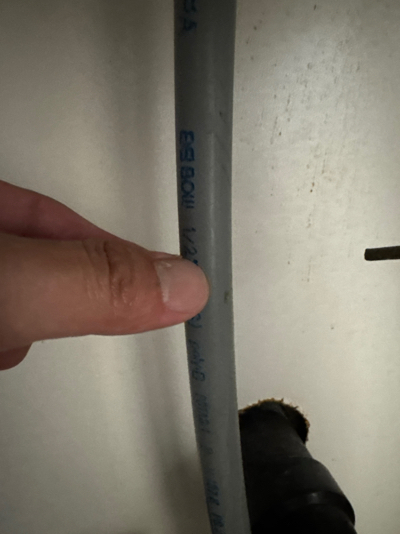
|

|
Support Photo
|
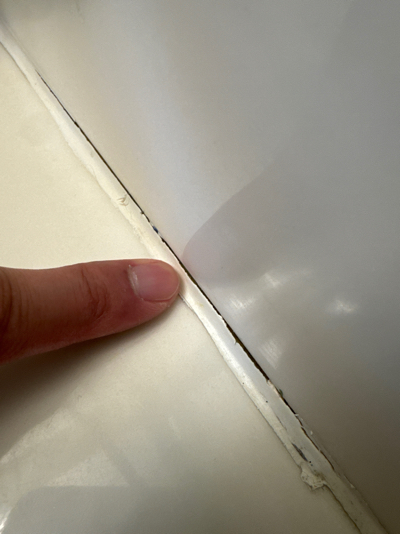
|

|
Support Photo
|

|
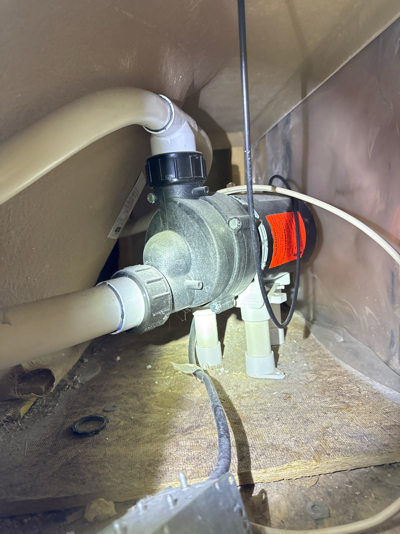
|
Jacuzzi
Generally, used for hydrotherapy after a LONG day at work!
Support Photo
Cover for access was loose. Unable to secure.
|
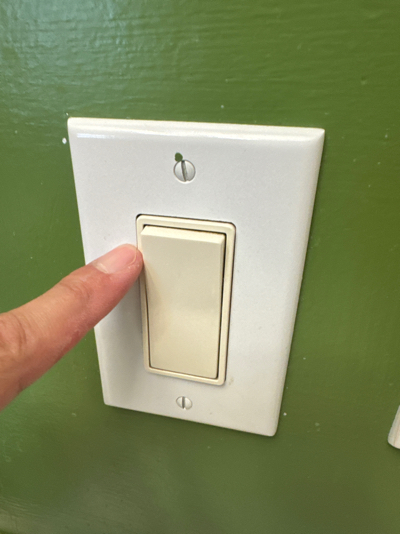
|
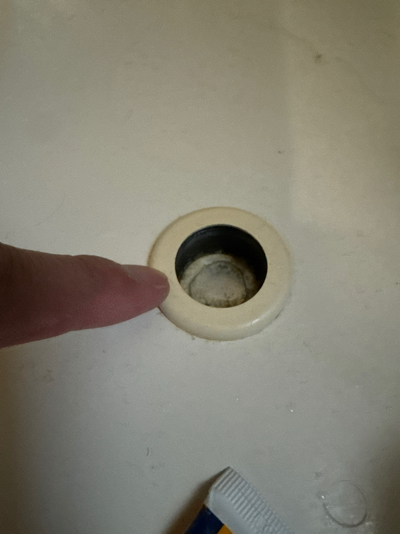
|
Jetted Tub Switch
Jetted Tub Switch
This was fully compressed and not functional.
|

|
|
|
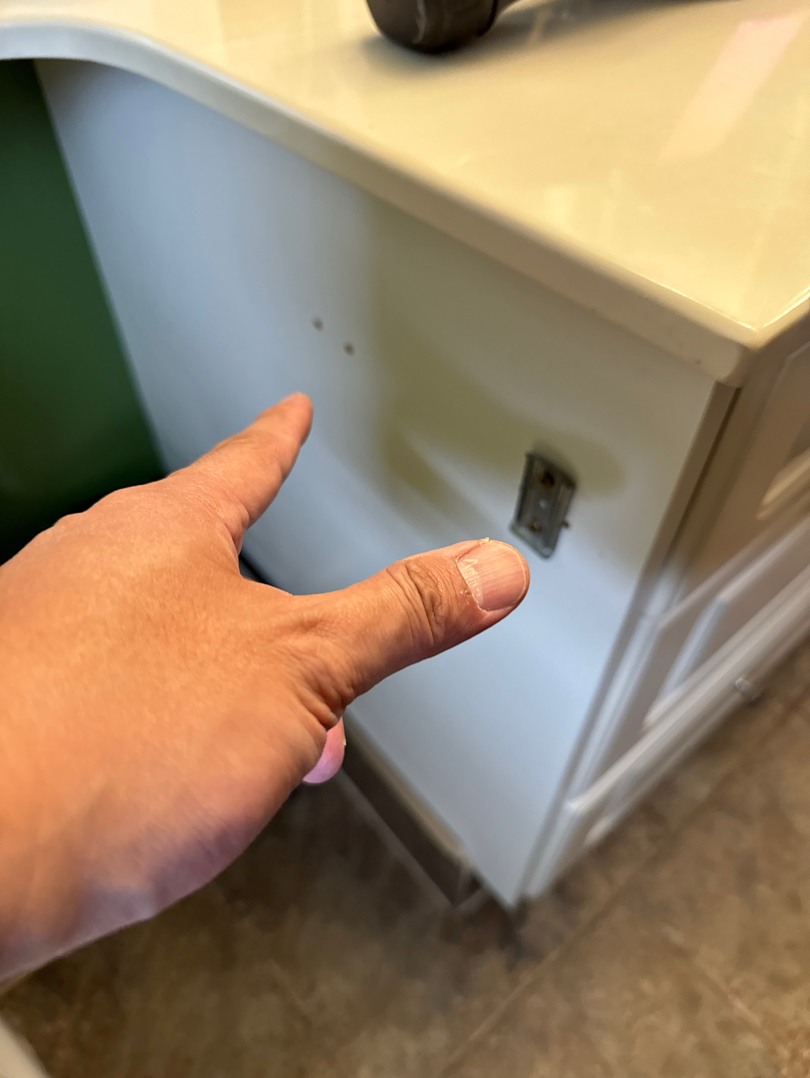
|
Support Photo
|
|

|
Plumbing Maintenance
Plumbing maintenance is vital for preserving the integrity of a typical residential home's plumbing system. First and foremost, homeowners should acquaint themselves with the location of shut-off valves, both for individual fixtures like toilets and sinks and for the main water supply to the house. This knowledge can be invaluable in emergencies or when making repairs.
|
|
| E BACK TO SUMMARY |

|
Electrical Systems
A complex network of wires, circuits, outlets, & fixtures that provide the electrical power needed for lighting, appliances, heating, & various electronic devices. This typically includes a service panel, circuits, & outlets strategically placed throughout the home.
|
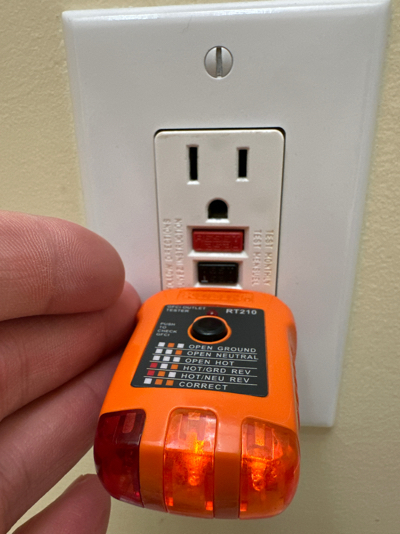
|

|
Electrical Outlets
Tested for operation.
Electrical Switches
Tested for operation.
|
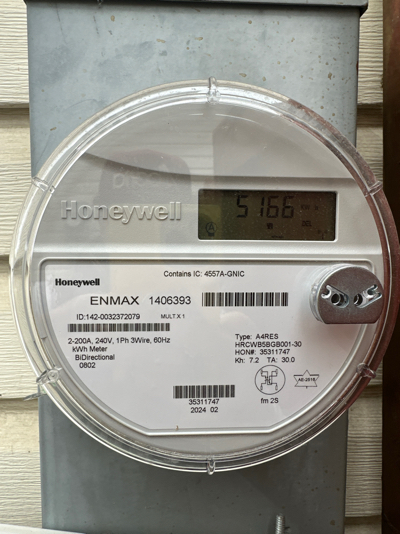
|

|
Electrical Meter
Measures the amount of electricity consumed by a home. For your BILLS.
Electrical Entry
Is where the utility's power connects to a property's internal electrical system.
|

|
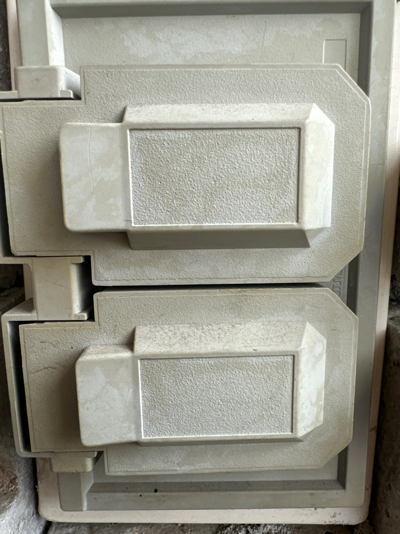
|
Electrical GFCIs
Prevents electrical shocks by rapidly cutting off power in the event of a ground fault.
Exterior GFCIs
For your records.
|

|

|
Outlet Test 1
|
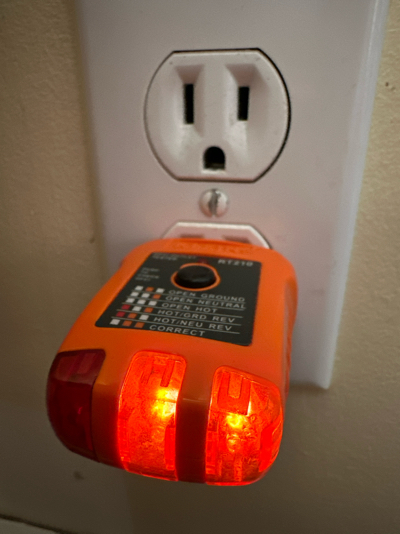
|
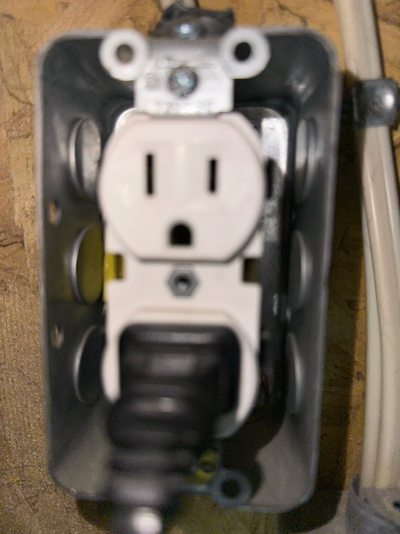
|
Outlet Test 3
|
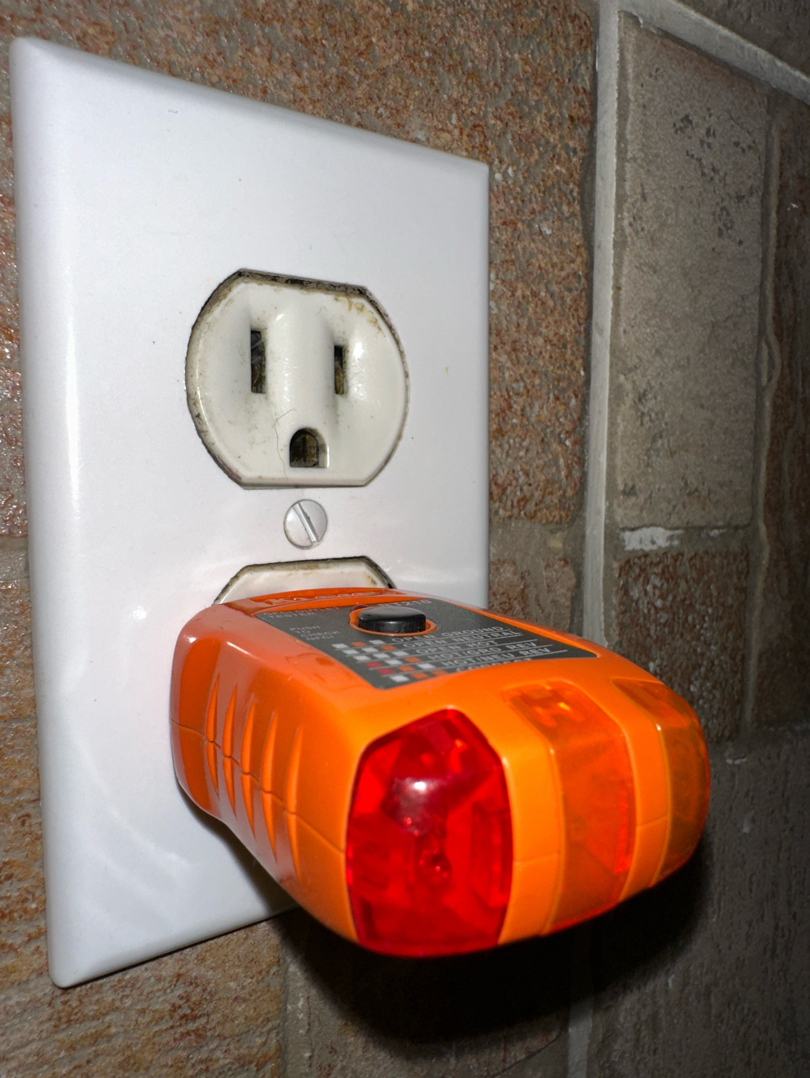
|
Outlet Test 5
Testing outlets with a handheld outlet tester is a crucial safety practice in electrical maintenance. These devices are designed to quickly and easily identify potential wiring issues or faults within the outlet. When inserted into an outlet, the tester checks for proper wiring, grounding, and polarity. If there are any problems, such as reversed wires or a lack of grounding, the tester will indicate a fault, alerting homeowners or electricians to the issue. This proactive approach helps prevent electrical hazards, such as electrical shocks or fires, by ensuring that outlets are functioning correctly and safely.
|
|
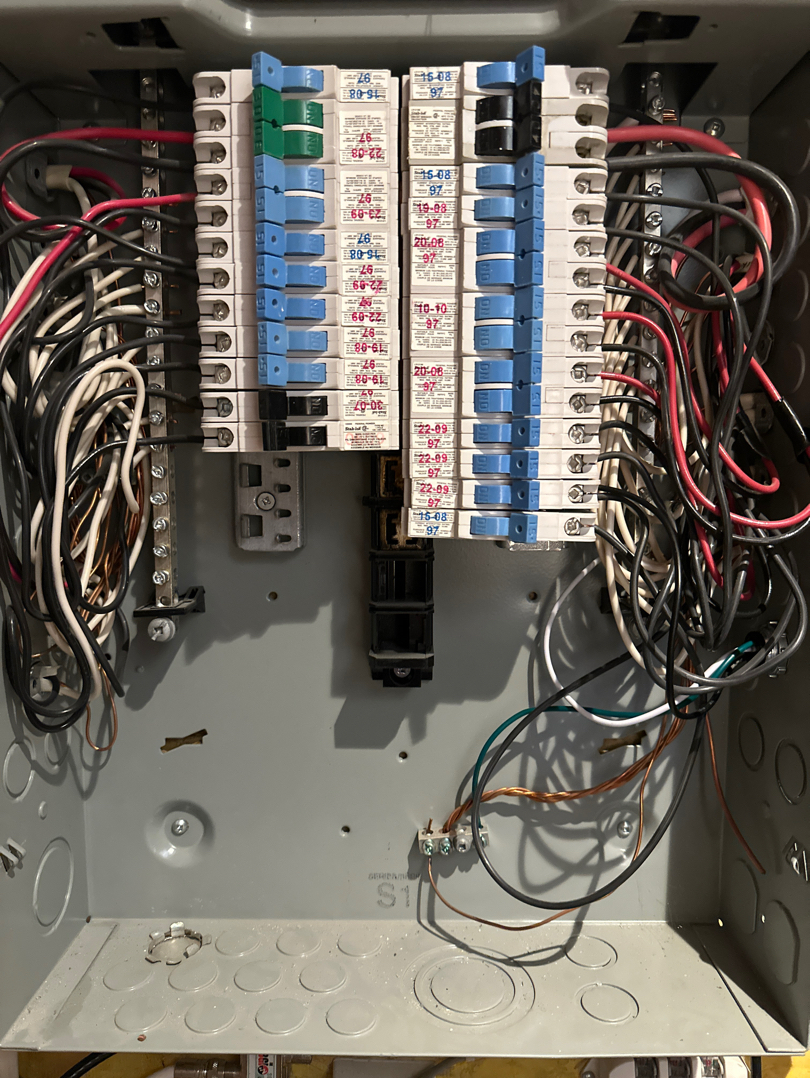
|
Inside Main Panel
Often called the circuit breaker box, serves as the central control unit for electrical distribution. It houses circuit breakers that manage and safeguard individual electrical circuits in the house, ensuring a safe and reliable power supply to various devices and areas.
|
|
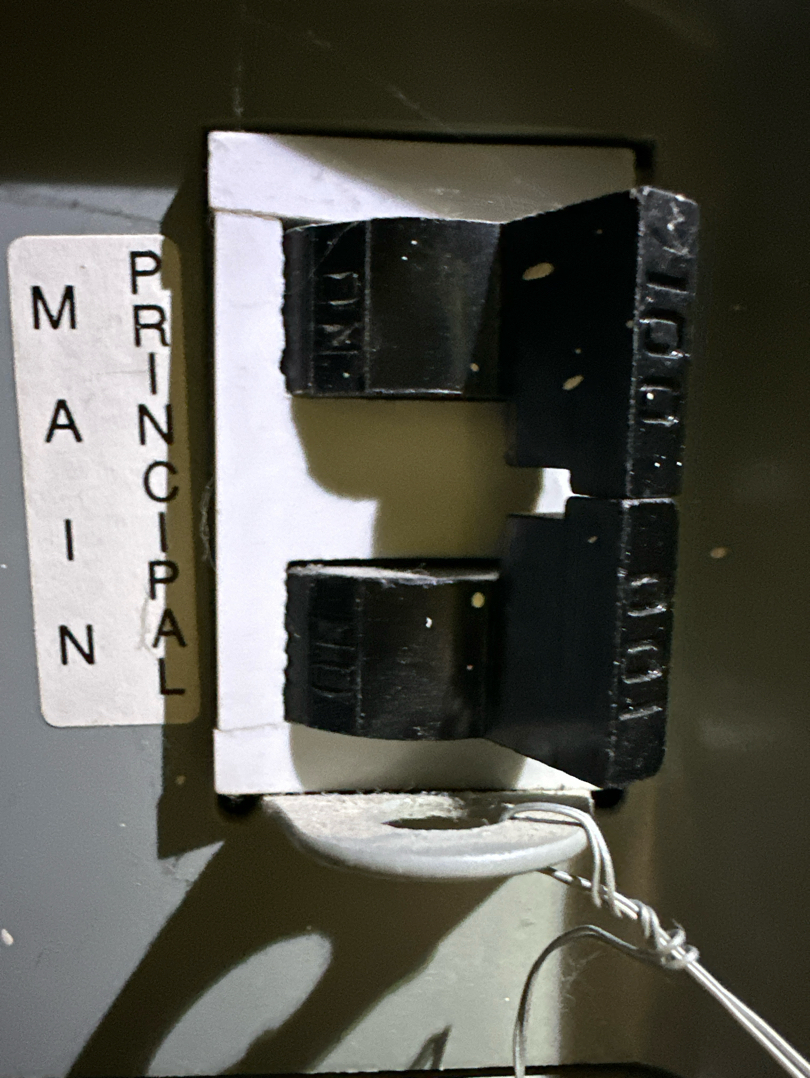
|
Main Service Breaker
Also known as the service or main breaker, is a crucial component of the electrical system. It represents the maximum amount of electrical current, measured in amperes (amps), that your home can safely receive from the utility company's power lines. The main breaker acts as a safeguard, limiting the amount of electricity flowing into your home to prevent overloads and potential electrical hazards. It is typically sized to match the capacity of your electrical service and can range from 100 amps for smaller residences to 200 or even 400 amps for larger homes with higher electricity demands.
|
|
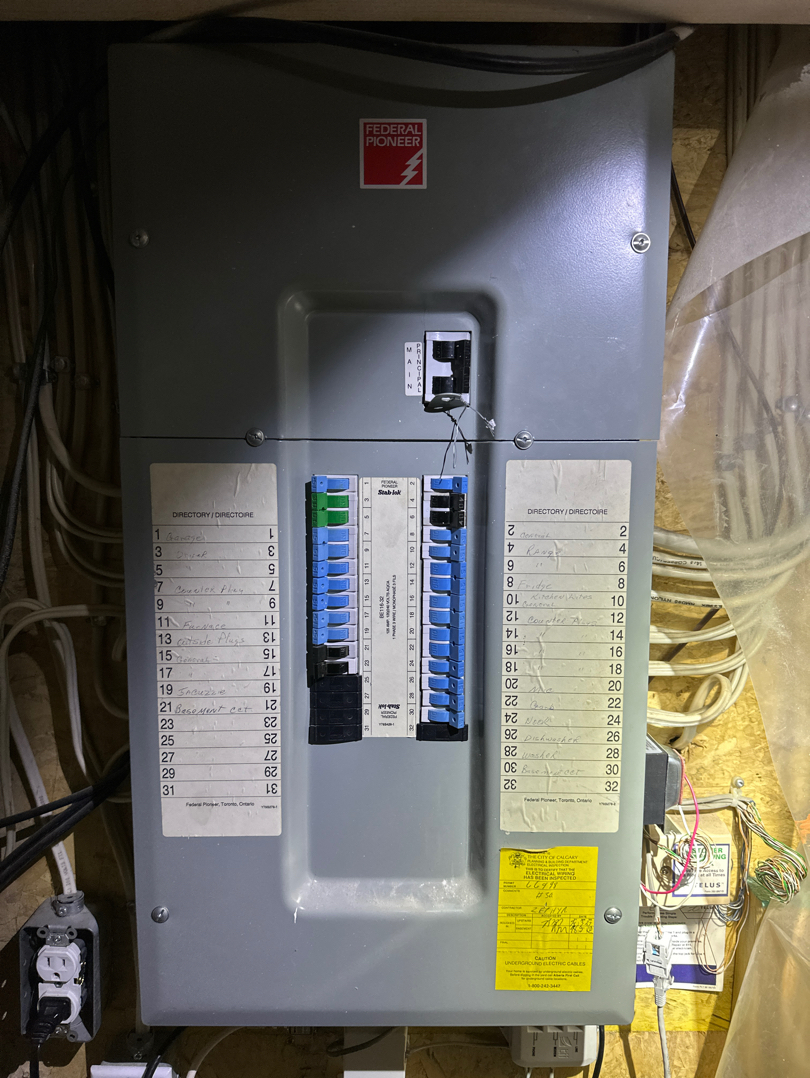
|
The Electrical Panel
The electrical panel typically consists of a main breaker, circuit breakers and bus bars
|
|
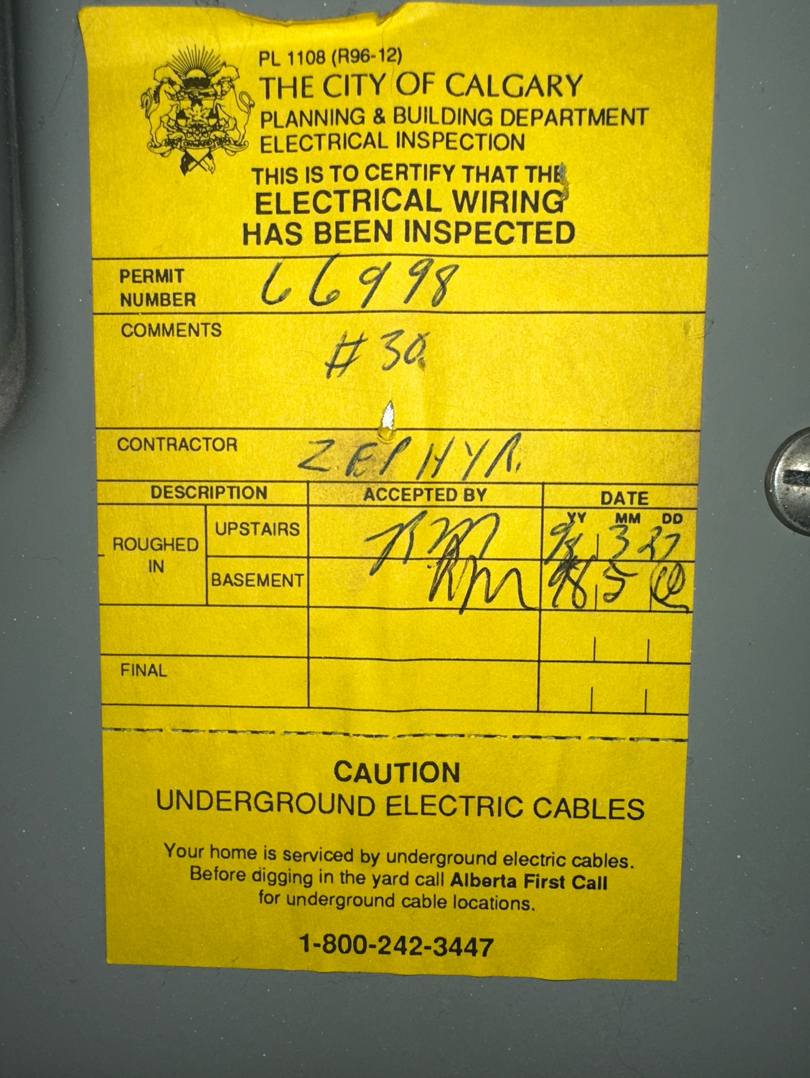
|
Permit
For your records.
|
|

|
A critical aspect of homeownership, ensuring the safety, functionality, and efficiency of the electrical systems that power our homes. Regular maintenance can help prevent potential hazards, such as electrical fires or shocks, and extend the lifespan of your electrical components and appliances.
From inspecting and replacing damaged or outdated wiring, outlets, and switches. Over time, wiring can deteriorate or become damaged due to wear and tear, pests, orenvironmental factors. Faulty wiring can pose significant safety risks, so it's crucial to identify and address any issues promptly. Another vital component of electrical maintenance is checking the circuit breaker or fuse box regularly. This ensures that circuits are properly labeled, preventing overloads and electrical malfunctions. It's also essential to test Ground Fault Circuit Interrupters (GFCIs) and Arc Fault Circuit Interrupters (AFCIs) regularly, as these devices play a critical role in preventing electrical shocks and fires. |
|
| H BACK TO SUMMARY |
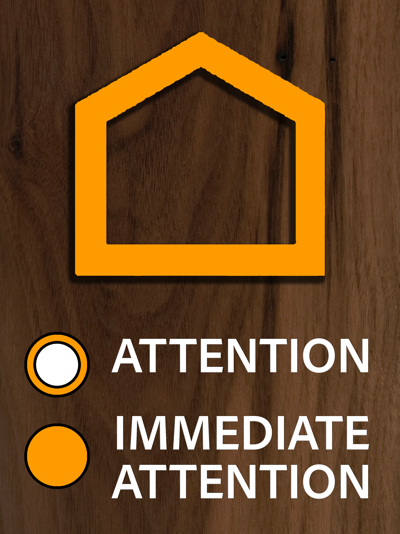
|
HVAC Systems
Essential for regulating indoor temperature, humidity, and air quality, ensuring a comfortable and healthy living environment. These consist of components like furnaces, air conditioners, ductwork, and thermostats, working together to maintain optimal conditions.
|
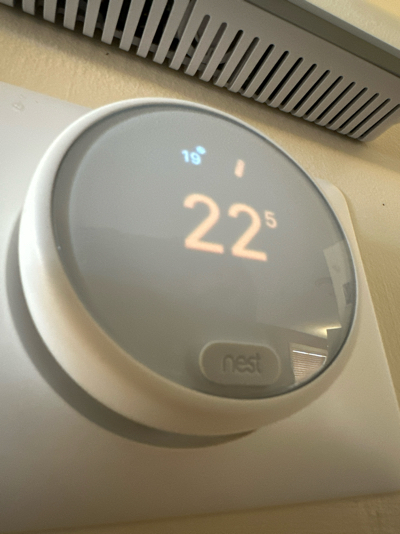
|
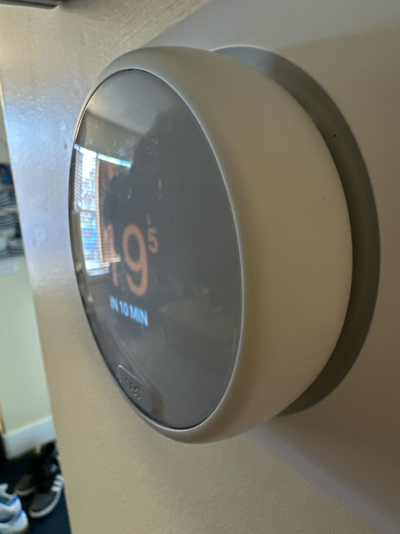
|
Thermostat BEFORE
We set it up 4-6 degrees and let it run for min 30-40 min if not longer.
Thermostat AFTER
For your records. Set back to original settings.
|
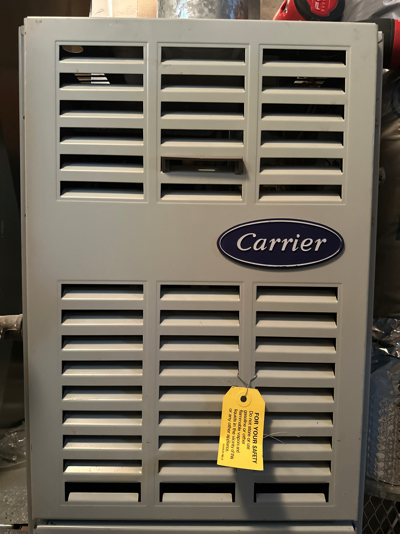
|

|
Heating Unit Exterior
For your records.
Heating Unit Interior
For your records.
|

|

|
Heating Unit Filter
These basically prevents system damage by capturing dust and debris.
Heating Unit Shutoff
Safety mechanism that stops heating systems in emergencies / Service
|

|
Heating Unit Data Plate
A home heating unit data plate, typically located on or near the heating unit itself, contains crucial information about the system's specifications and performance details. This plate provides essential details such as the unit's model and serial number, which are essential for identification and warranty purposes. It also includes information about the heating unit's fuel type (e.g., gas, electric, oil), heating capacity measured in BTUs (British Thermal Units), electrical requirements, and efficiency ratings.
|
|
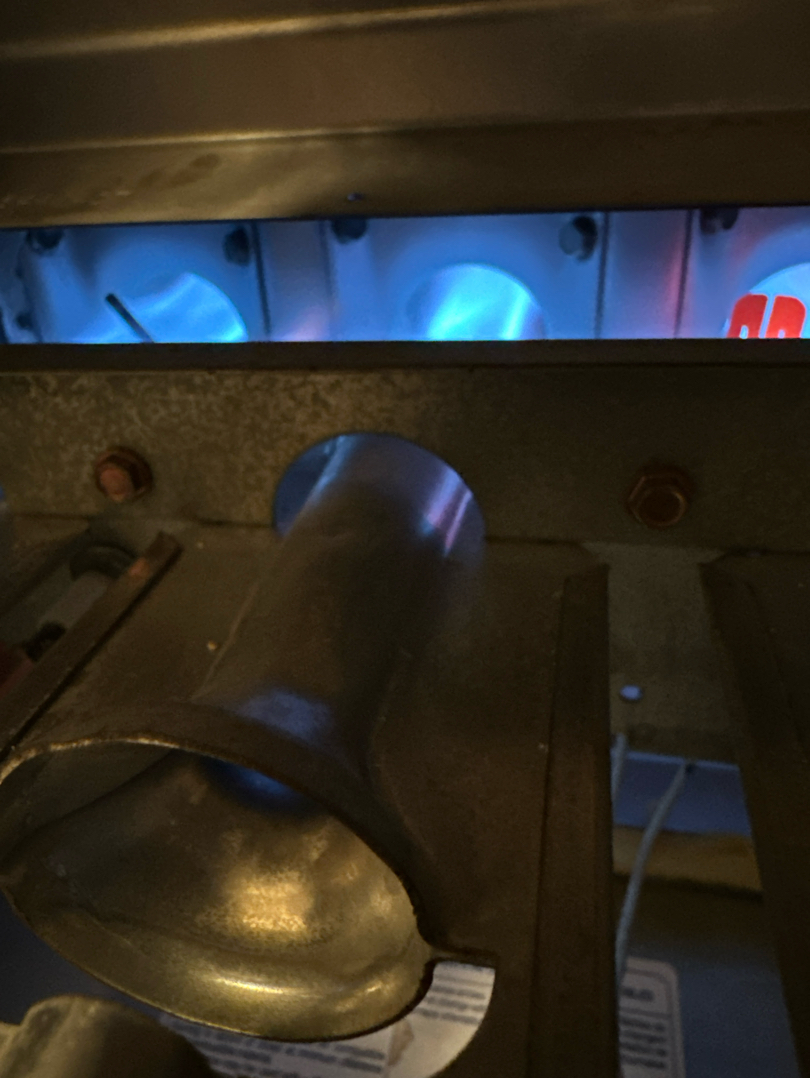
|
Heating Unit Flame
For your records.
|
|
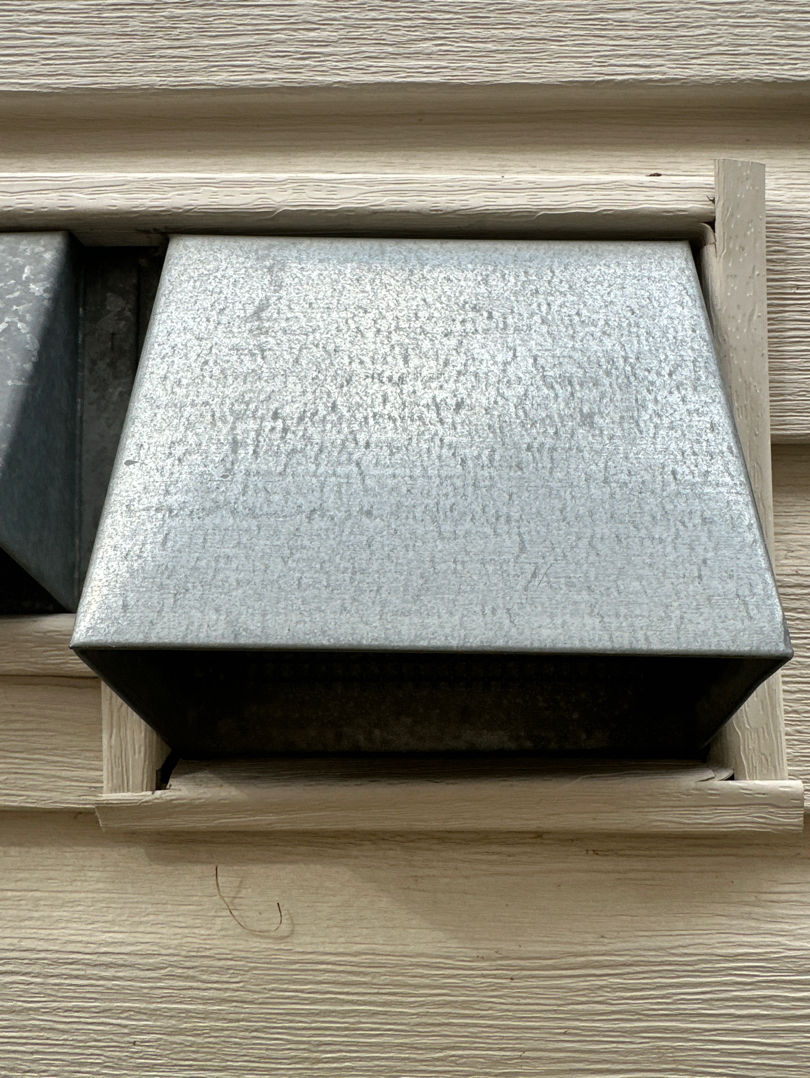
|
Heating Unit Intake Vent
This vent is responsible for supplying oxygen to support the burning of fuel (e.g., natural gas or oil) within the heating unit. It typically connects to the outside of the house, allowing fresh air to enter the furnace for combustion, while exhaust gases are expelled through a separate vent. Proper intake venting is crucial for efficient and safe furnace operation, ensuring that the furnace has an adequate supply of oxygen to produce heat effectively while preventing the release of harmful combustion byproducts into the indoor air.
|
|
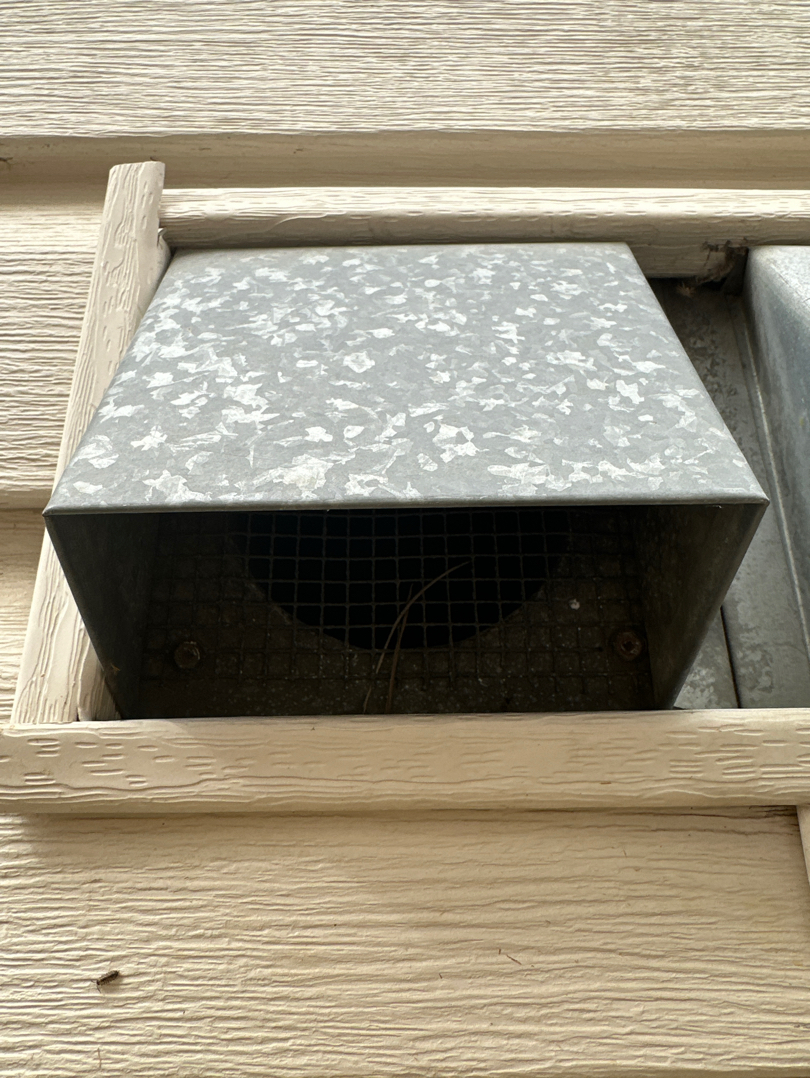
|
Heating Unit Exhaust Vent
For your records
|
|
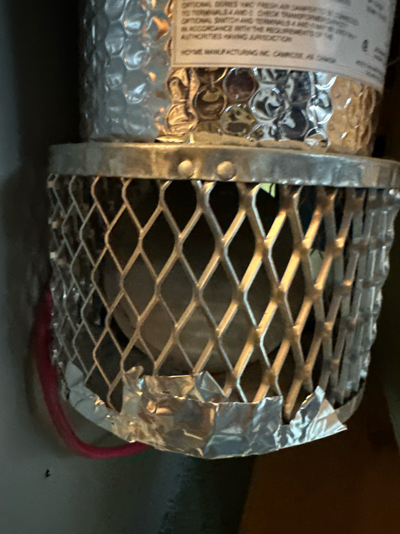
|

|
Fresh Air Supply
Simply put, here is an open duct that runs from the outside to the inside.
Support Photo
|
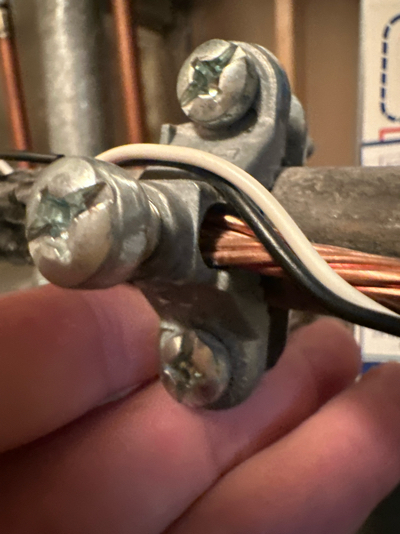
|
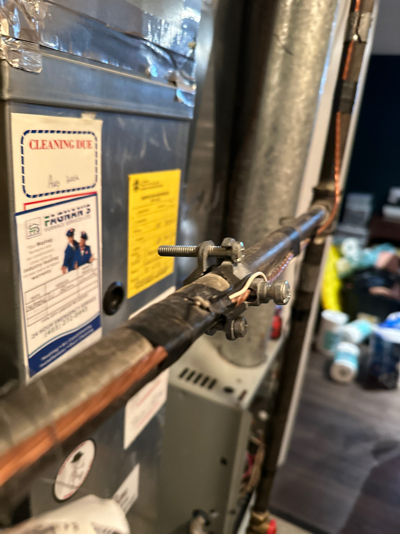
|
Electrical Bond
This connects multiple conductive components that are not intended to carry a current.
Support Photo
|
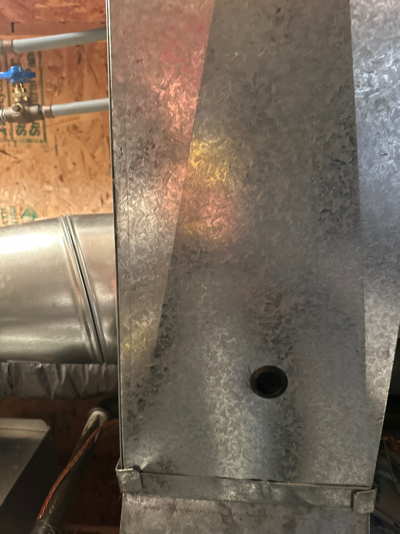
|

|
Ductwork
These are conduits or passages used in heating, ventilation, & air conditioning.
Support Photo
|

|

|
Gas Valve
Used to handle & control the flow of gas.
Support Photo
|
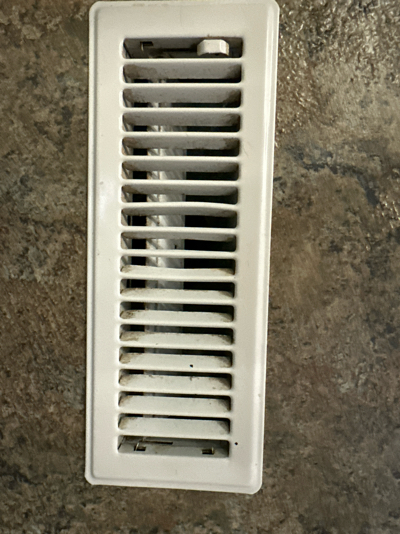
|
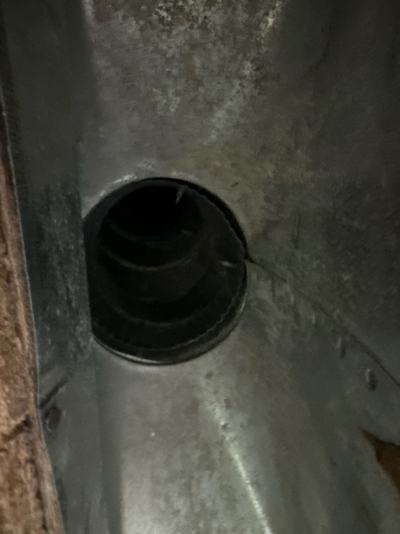
|
Floor Vents
Access points to the ducts running through the home, allowing the free flow of air to & from your HVAC system.
Support Photo
|
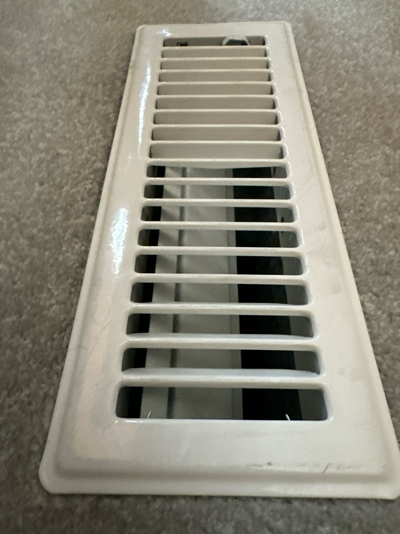
|
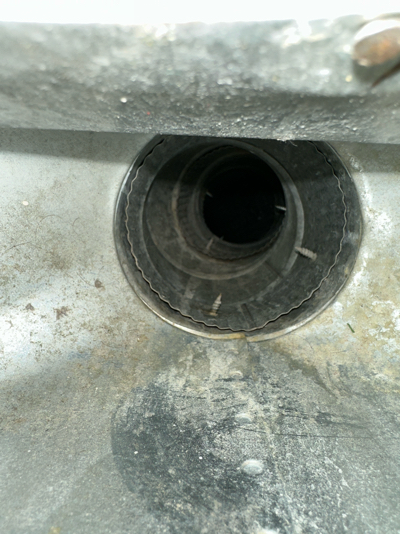
|
Support Photo
Support Photo
|
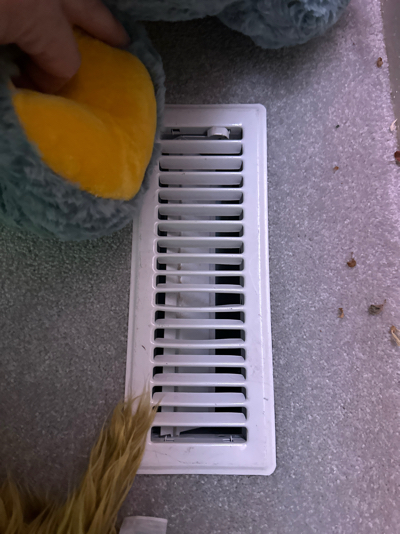
|
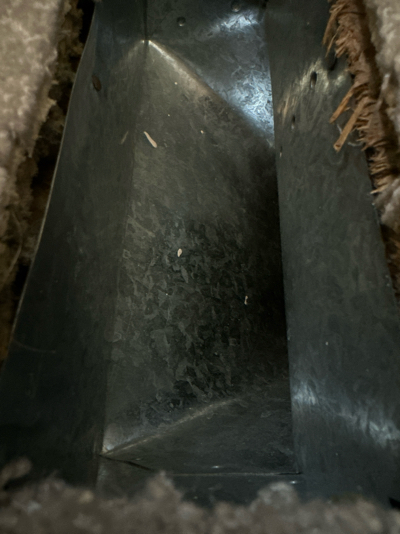
|
Support Photo
Support Photo
|

|
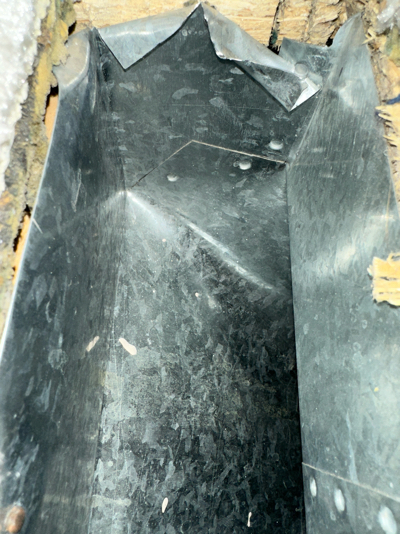
|
Support Photo
Support Photo
|
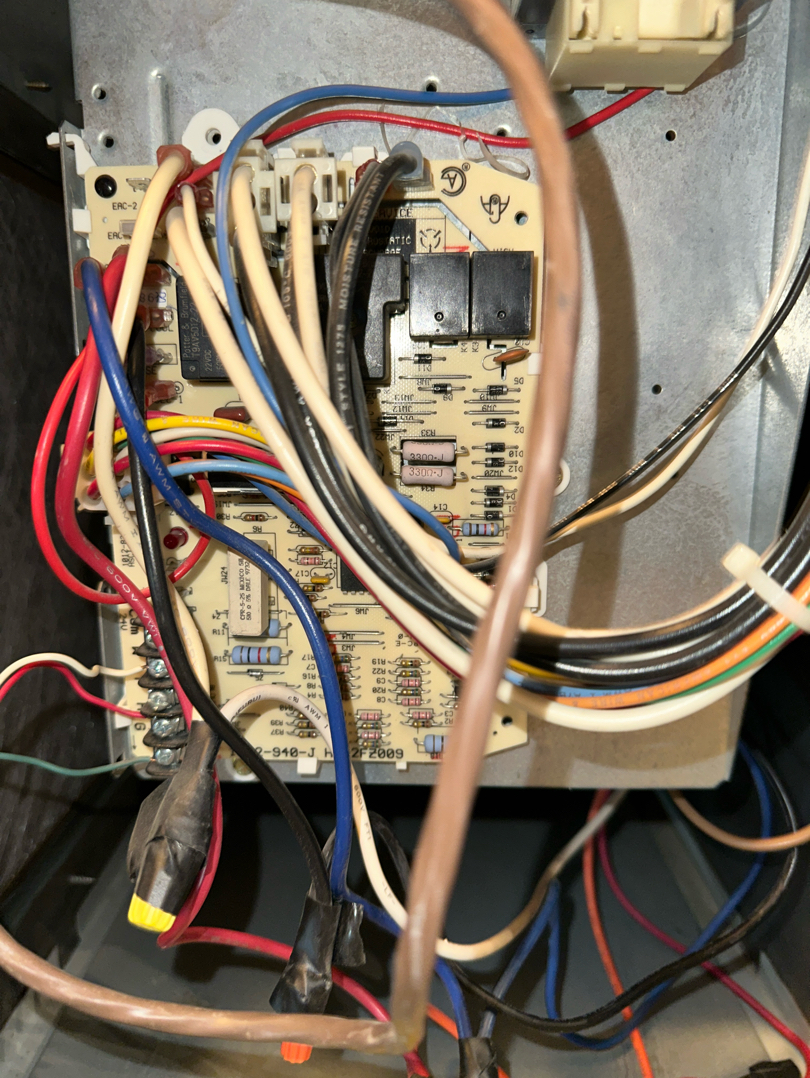
|
Support Photo
|
|
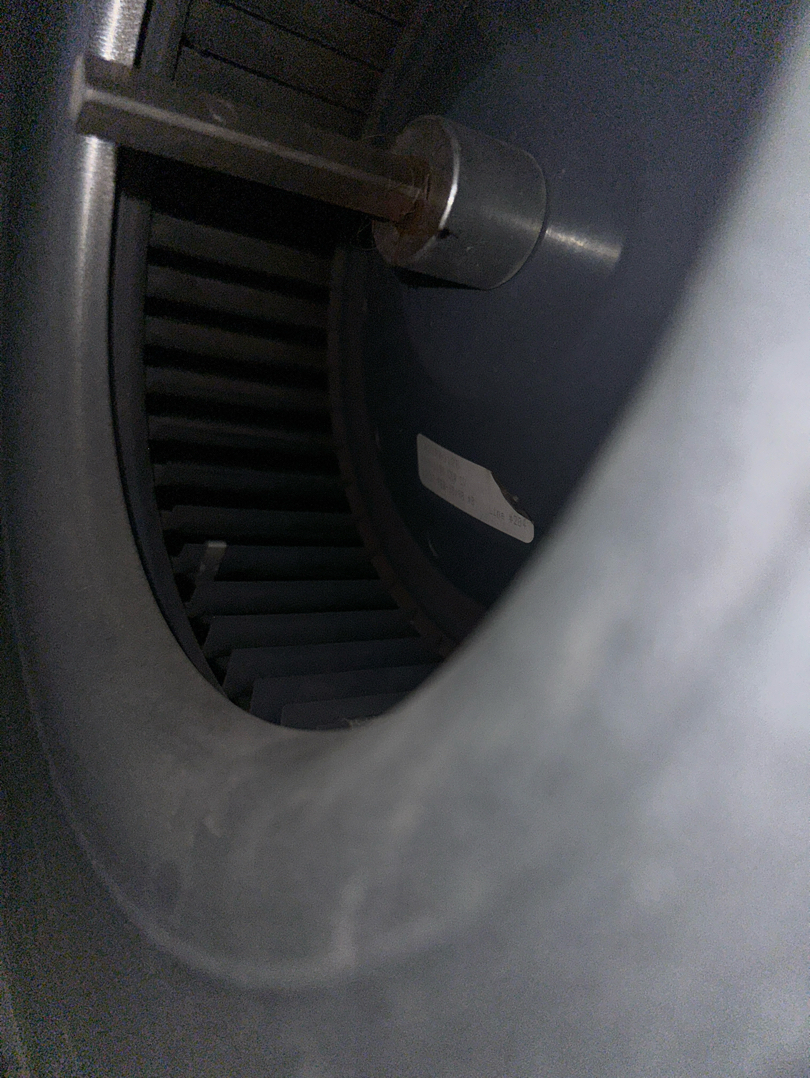
|
Blower Motor
This fan pushes heated or cooled air through based on the climate system settings.
|
|
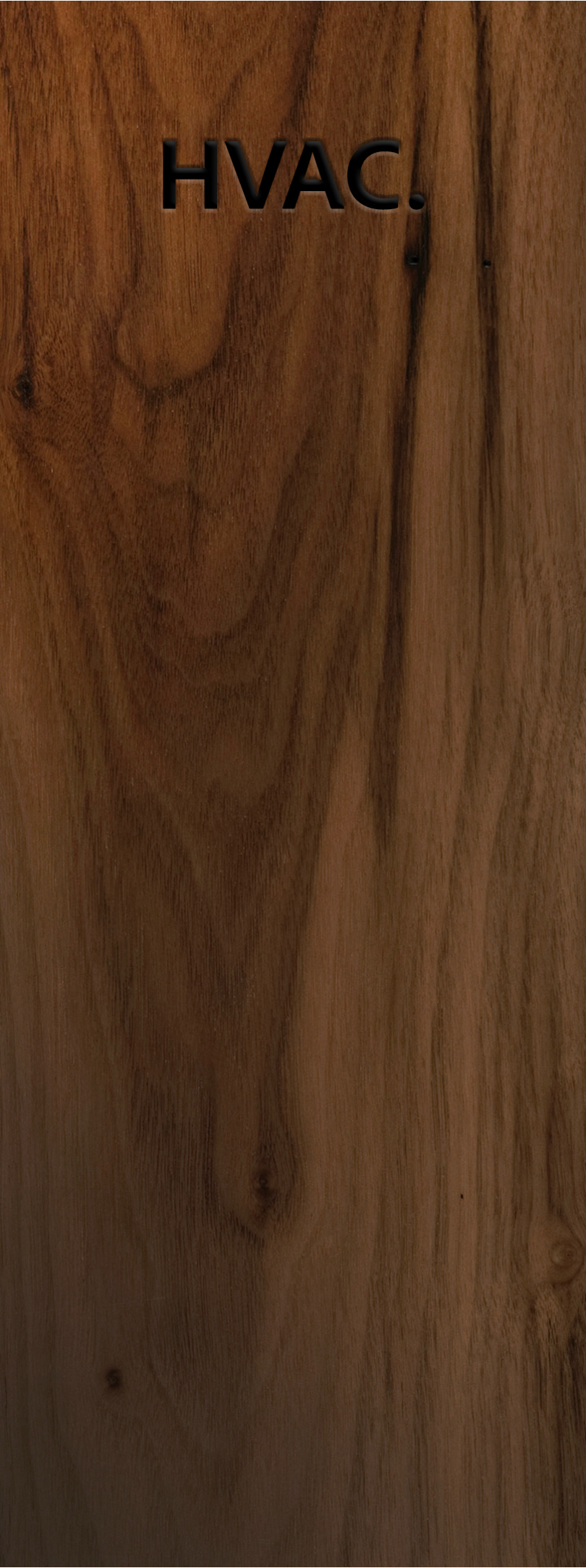
|
Heating Unit Exhaust Vent Info
Household heating units, such as furnaces, boilers, and heat pumps, play a vital role in maintaining a comfortable and warm living environment during colder months.
|
|
insurance
| Overview | |
| Build Year | BP / 1997 |
| Outdoor Temperature | Approx. 40°F / 4°C |
| Direction Home Faces | Northeast |
| Vacancy? | Occupied / Basement Tenants |
| Furnished? | Yes |
| Roof | |
| Inspection Limitations | Height / Safety |
| Approximate Age | Undetermined / See Listing Details |
| Roof Material | Asphalt Shingle / Metal Vally / IKO |
| Gutter Material | Aluminum |
| Fascia Material | Metal |
| Soffit Material | Metal |
| Exterior | |
| Inspection Limitations | Height / Visibility |
| Driveway / Walkway | Concrete / Pavers |
| Window Glaze | Double Pane / Single in the basement |
| Flashings | Present / doors / windows |
| Exterior Cladding | Vinyl Siding / Owens Cultured Stone |
| Electrical Entry | Underground / Overhead to Garage |
| Cooling Type(s) | n/a Stage one rough in |
| Gas Main Location | Exterior Backyard (covered) |
| Garage | |
| Inspection Limitations | Visibility / Stored Items / Not inspected |
| Motor Brand | See photo |
| HVAC Type | Not Present / rough in present |
insurance
| Attic | |
| Inspection Limitations | Visibility / From Hatch / Tight Quarters |
| Sheathing Material | OSB / H clips noted / 3/8ths |
| Approx. R-Value | R-20+ / Disturbed / Baffles Present |
| Type of Insulation | Cellulose or Like / Loose Fill |
| Thermal | |
| Inspection Limitations | Visibility / Stored Items |
| Health & Safety | |
| Inspection Limitations | Visibility |
| Safety Features Present | Smoke Detector |
| Interior | |
| Inspection Limitations | Visibility / Stored Items |
| Thermostat Location | Main Floor / Near Kitchen |
| Flooring Materials | Hardwood / Carpet / Tile |
| Wall Materials | Drywall / Faux Brick feature wall |
| Fireplace Fuel Type(s) | Natural Gas not tested / disconnected |
| Kitchen | |
| Inspection Limitations | Visibility / Stored Items |
| GFCIs | Present TESTED |
| Laundromat | |
| Inspection Limitations | Visibility / Stored Items |
| Bathroom | |
| Inspection Limitations | Visibility / Stored Items |
| GFCIs | Present TESTED |
insurance
| Mechanical | |
| Inspection Limitations | Visibility |
| Main Amp | 100 AMP |
| Wiring Material | Copper / 1% aliminum off transformer. |
| System Ground | Water Main |
| Electrical Bonding | Present at gas line |
| Heating Type(s) | Gas Furnace / Carrier |
| Water Supply Source | Public |
| Sewer Material(s) | ABS |
| Backwater Valve | Not Present / Consider installing |
| Main Drain | Present (Mecheoom) |
| Water Line Material | PEX or Like POLY B ( have addressed / replaced) |
| Hot Water Fuel | Natural Gas |
| Heating Fuel | Natural Gas |
| Water Main Location | Mechanical Room |
| Main Electrical Location | Basement Bedroom |
| Structure | |
| Inspection Limitations | Visibility 99% covered |
| Foundation Type | Concrete / Poured / Proform |
| Structure Type | Engineered & Dimensional |
| Roof Structure | Truss / S Trus / Girder |
| Walls Structure | 2x6 Studs / Tall Wall LVL / |
